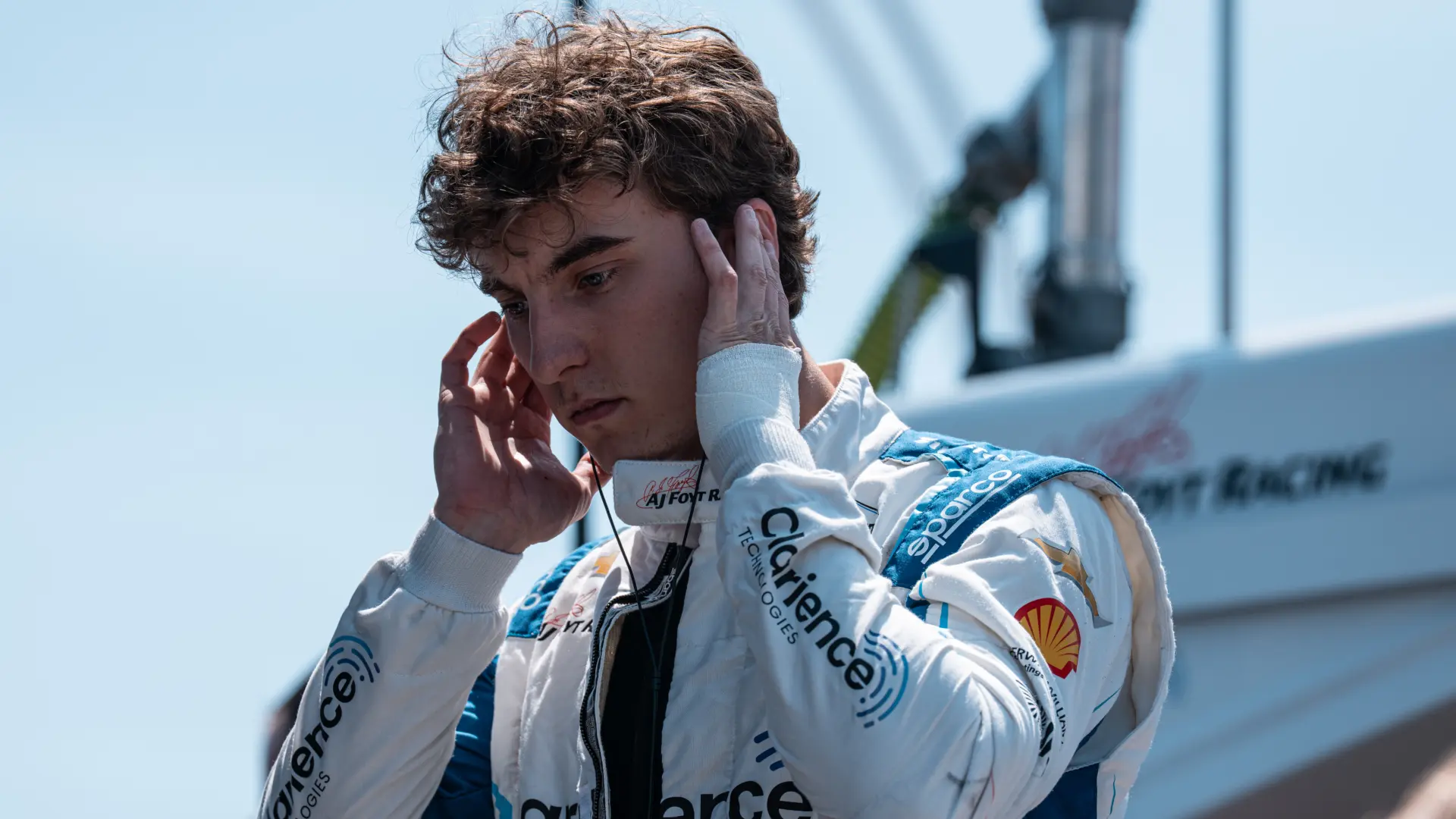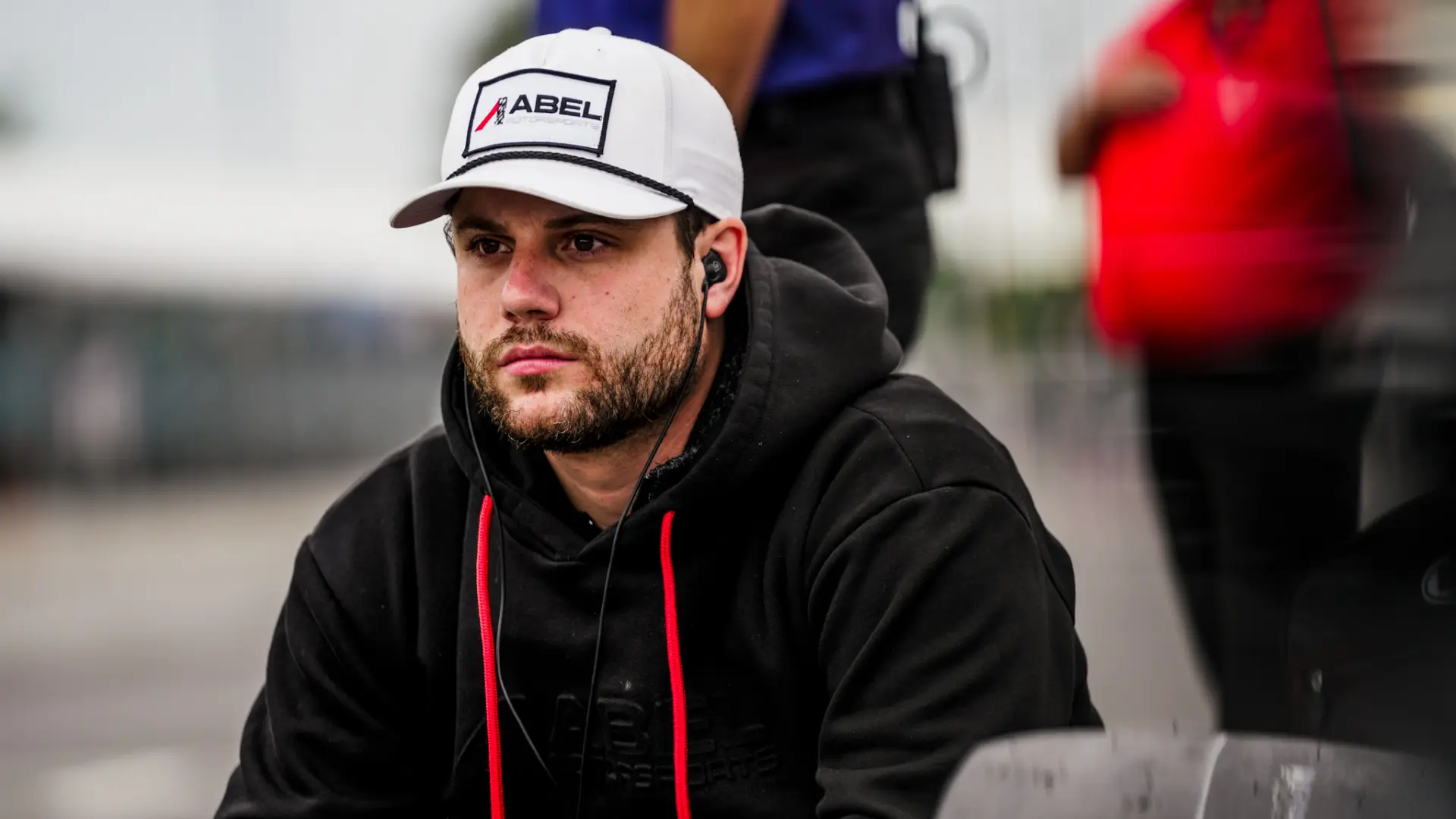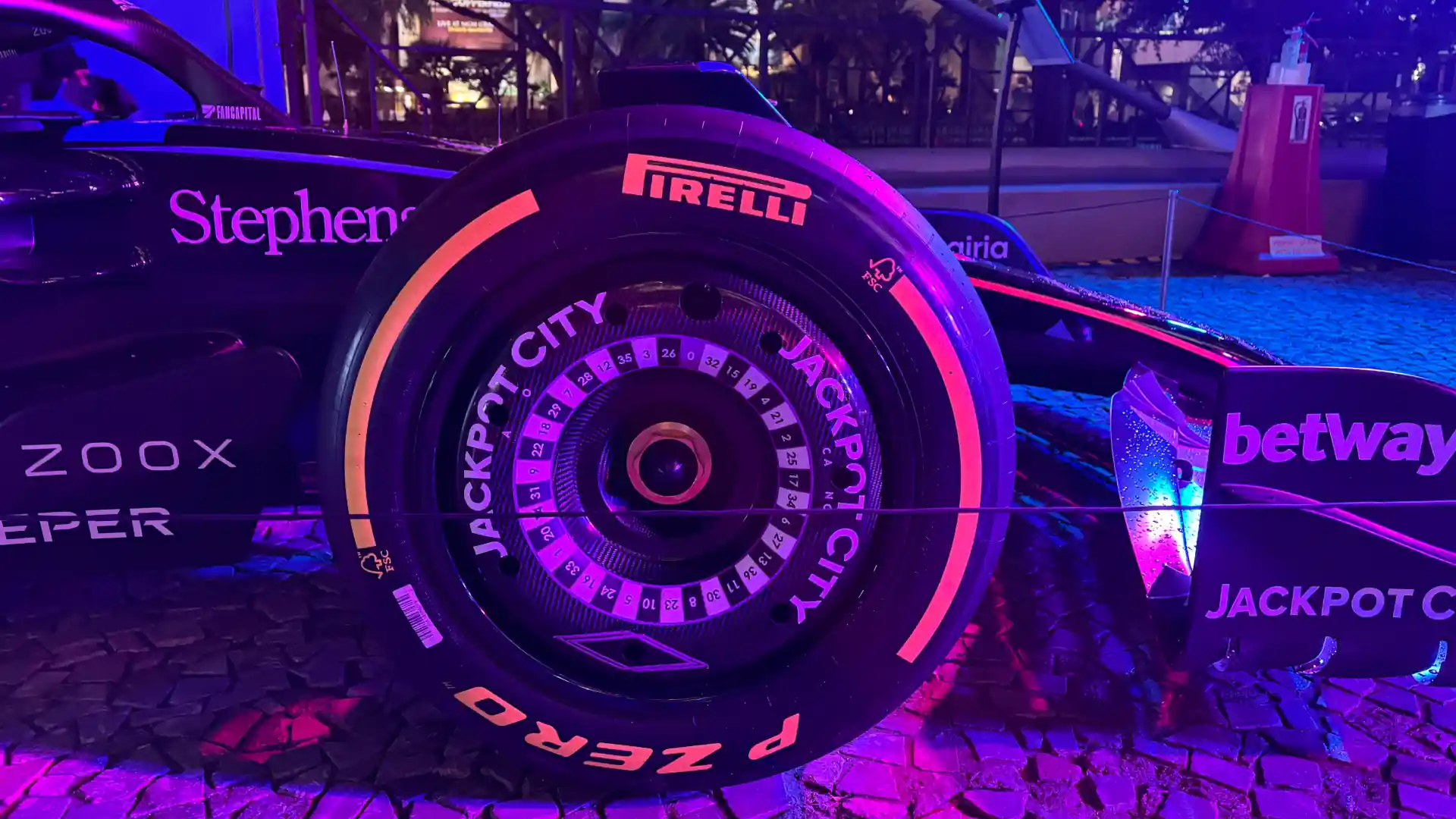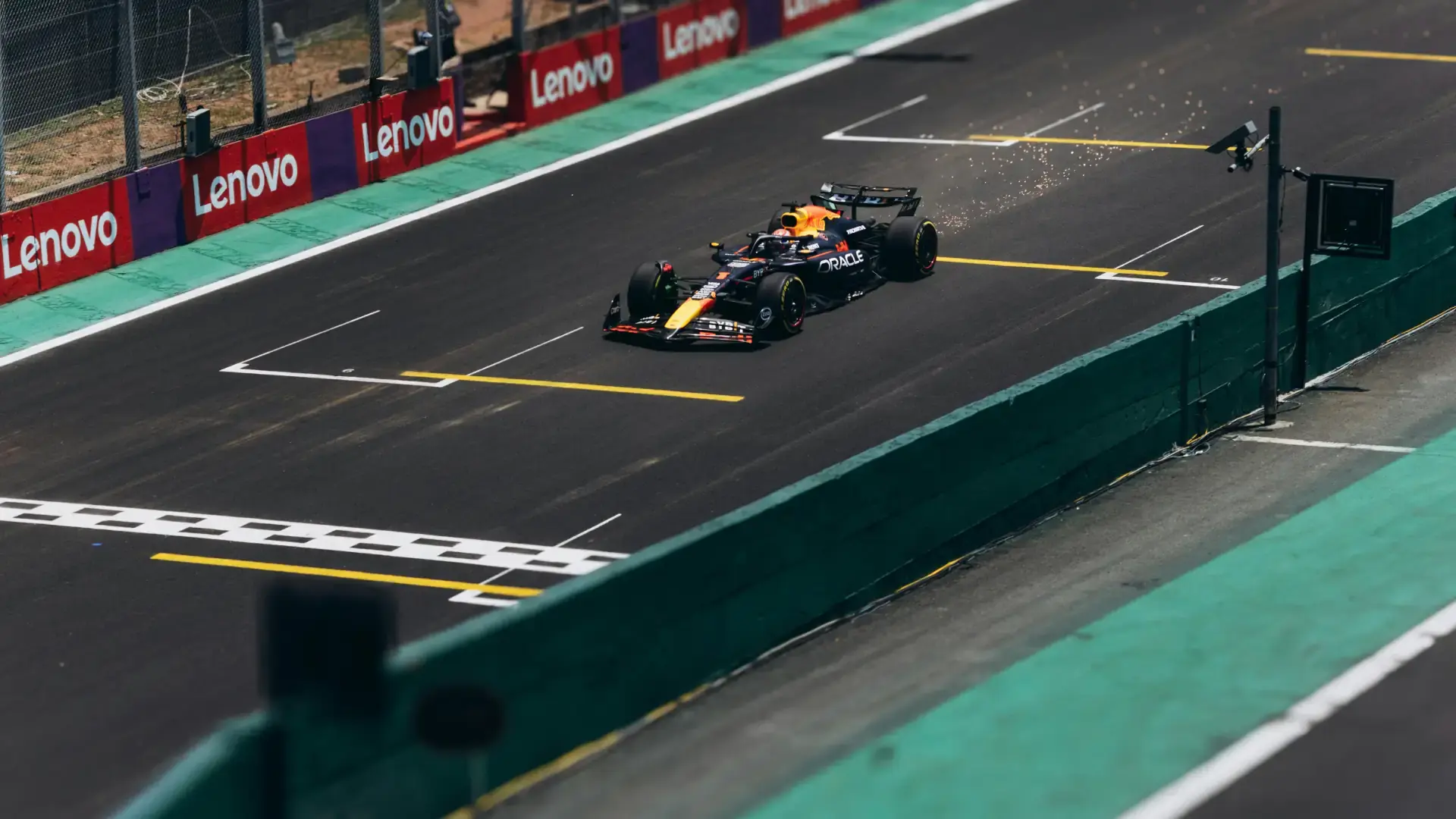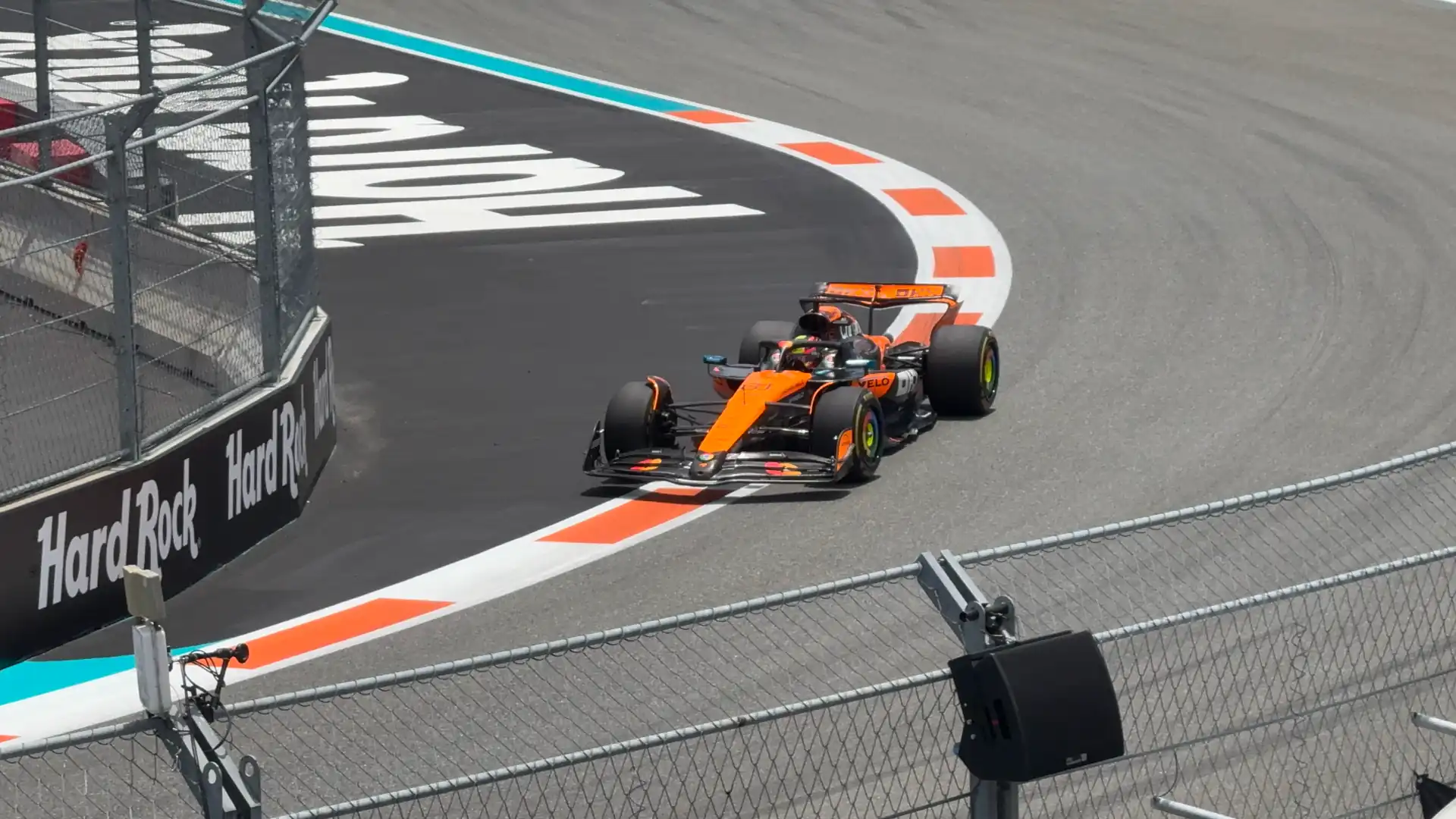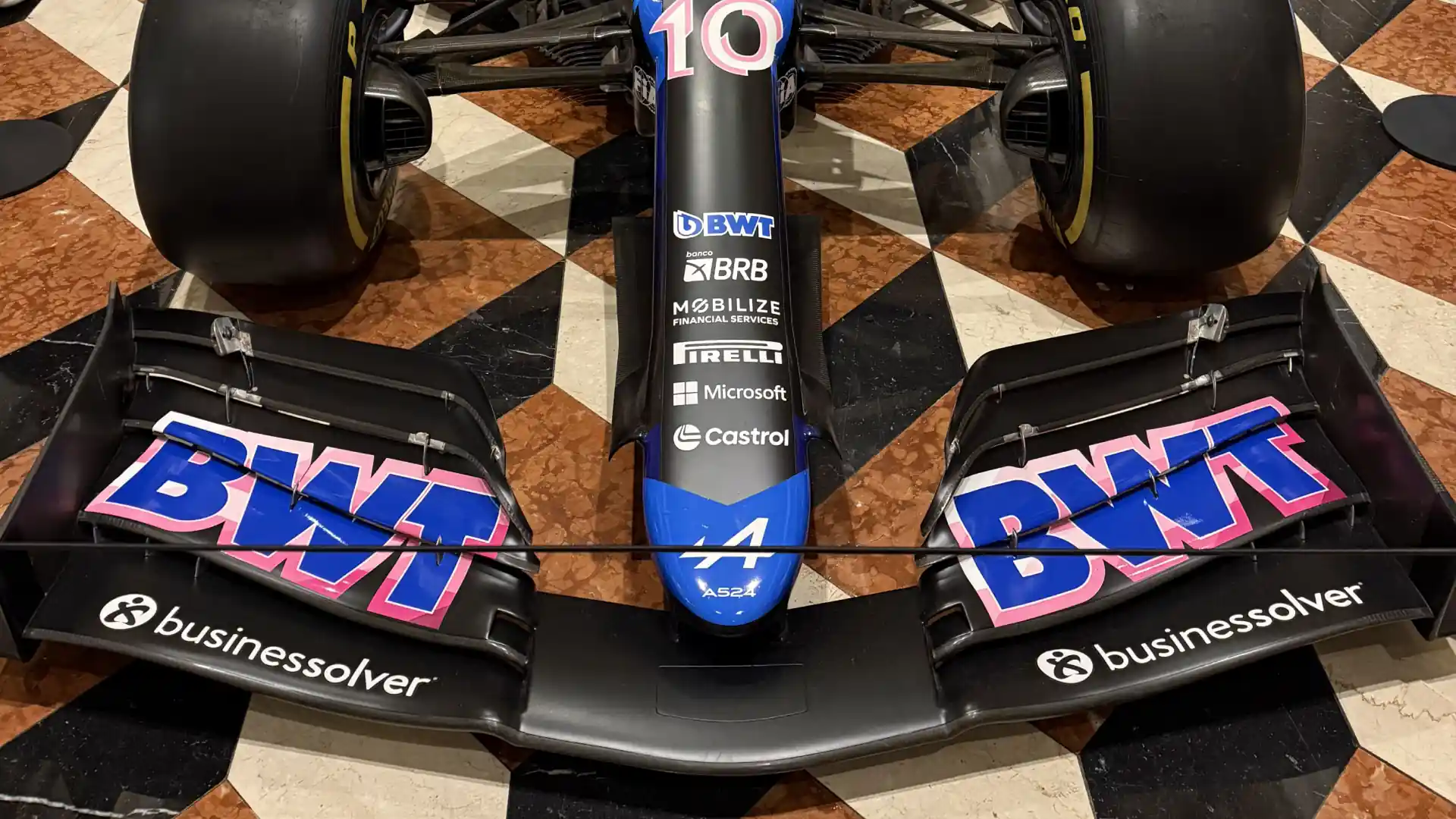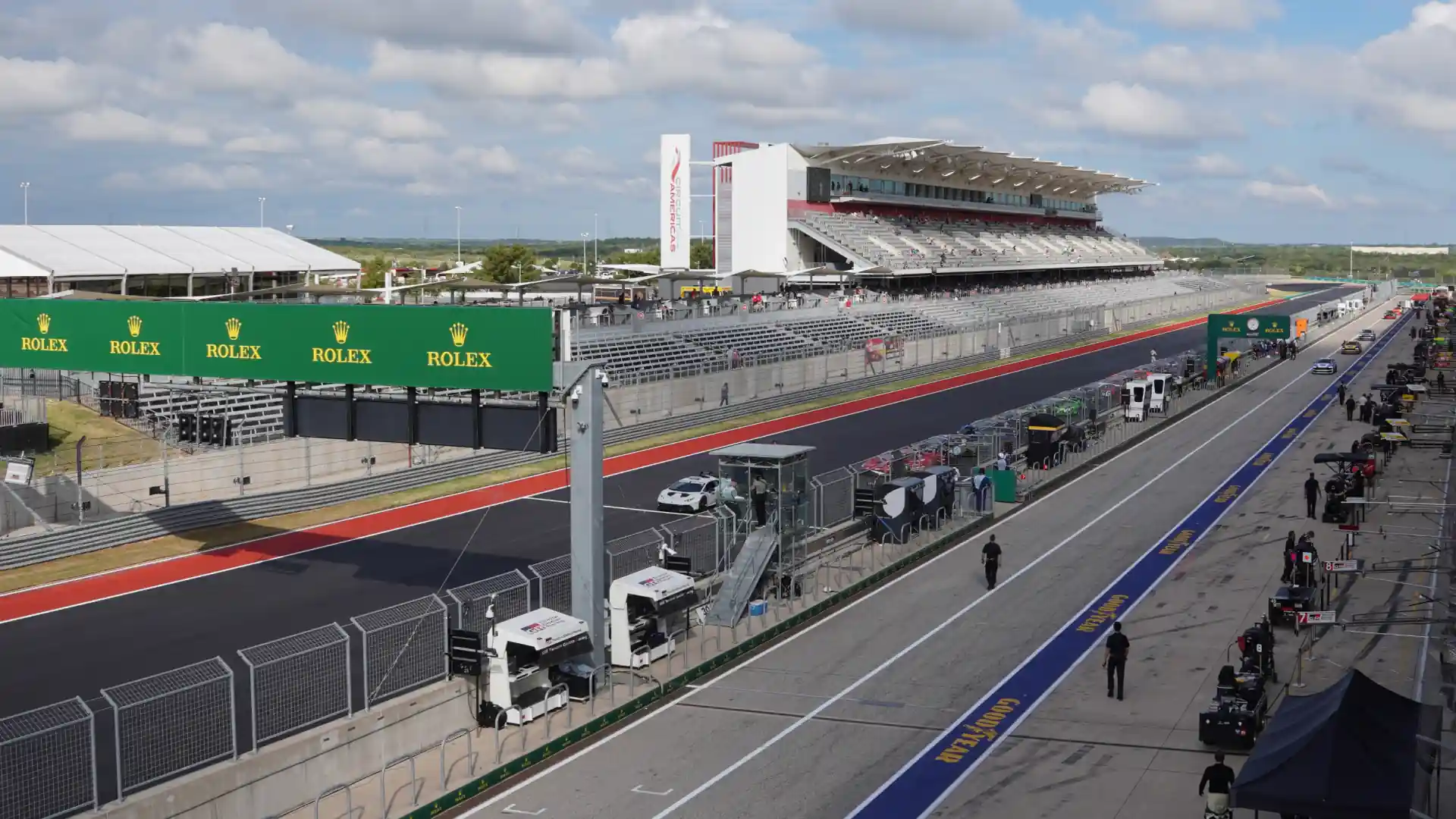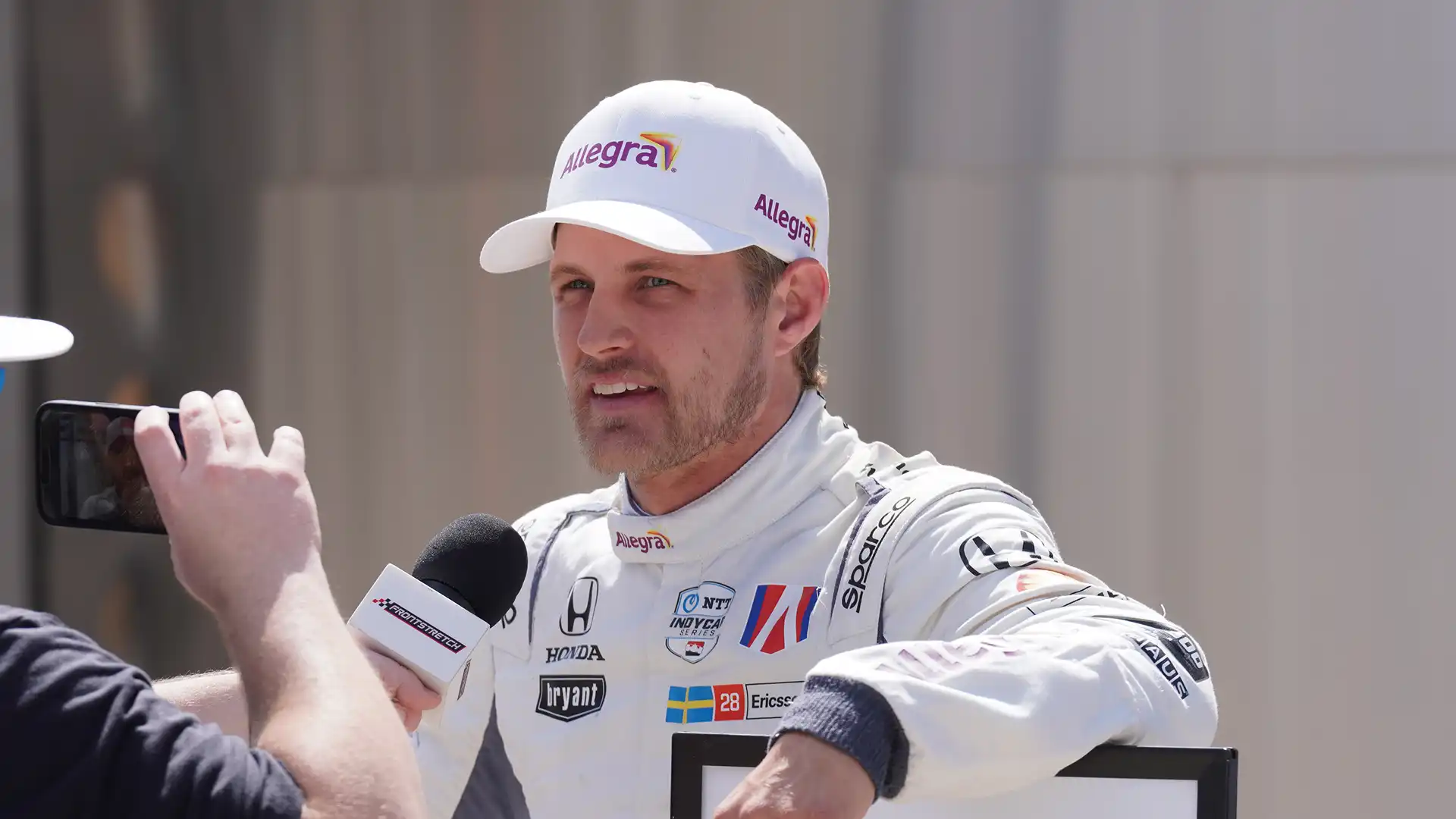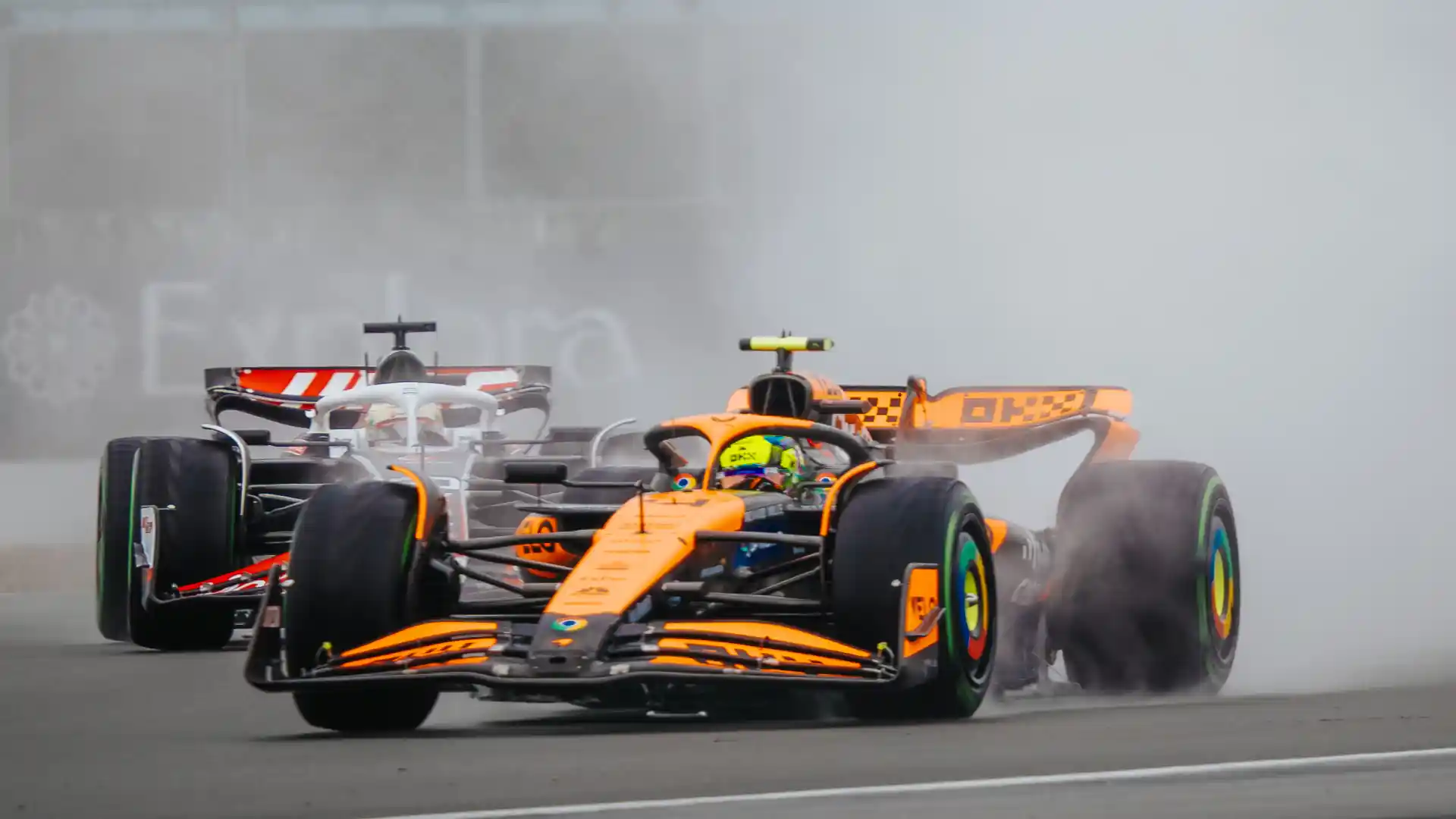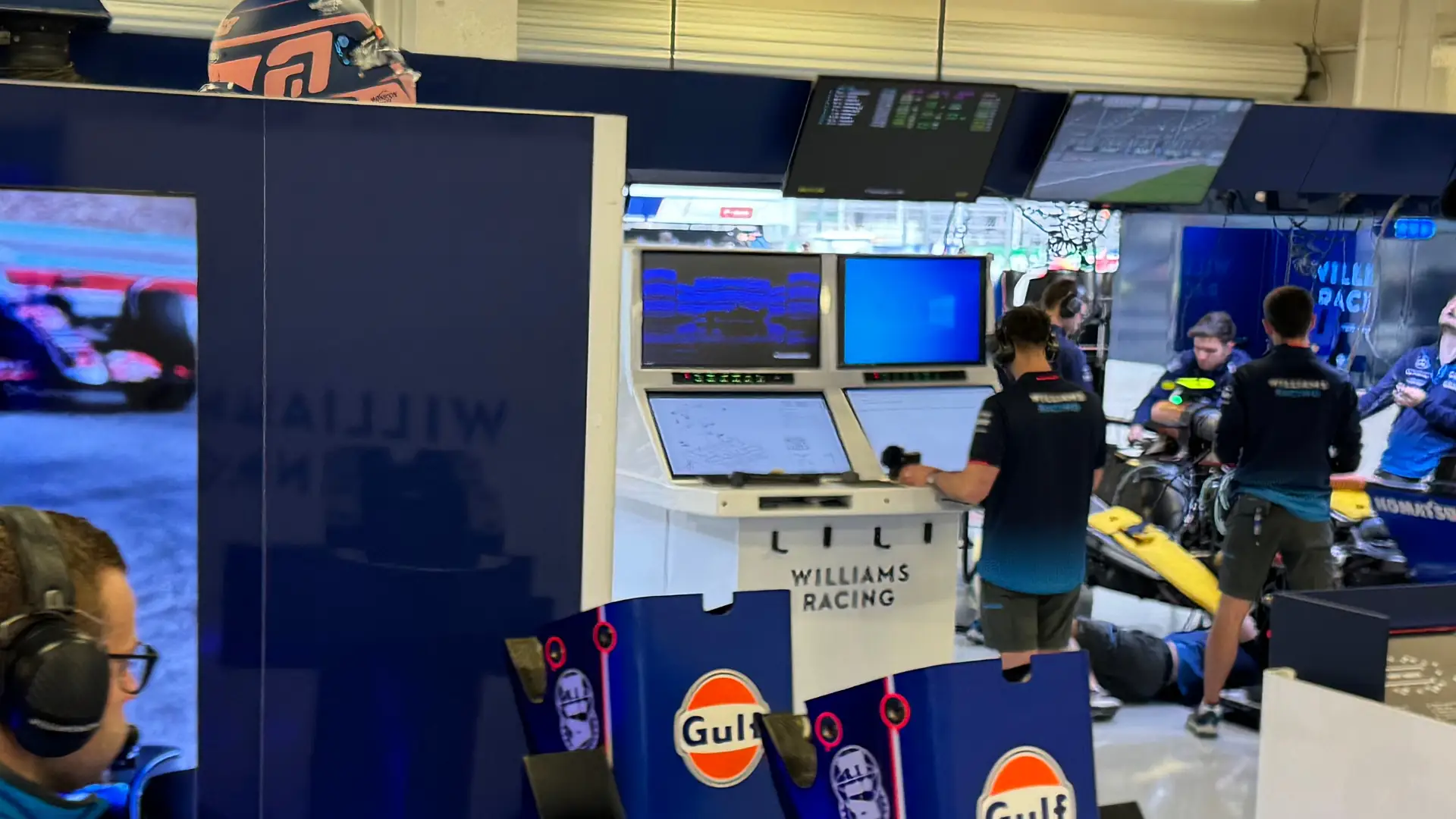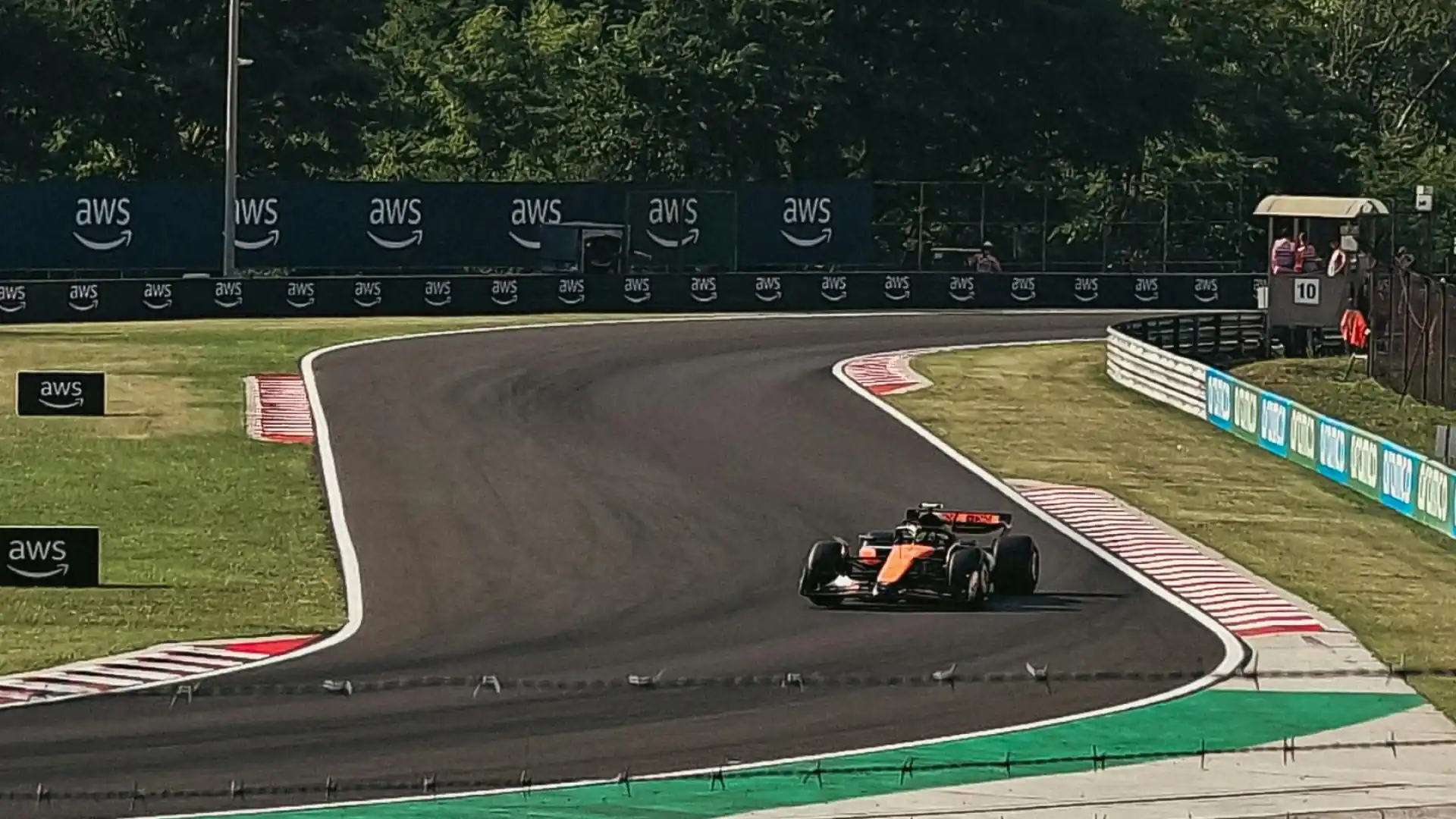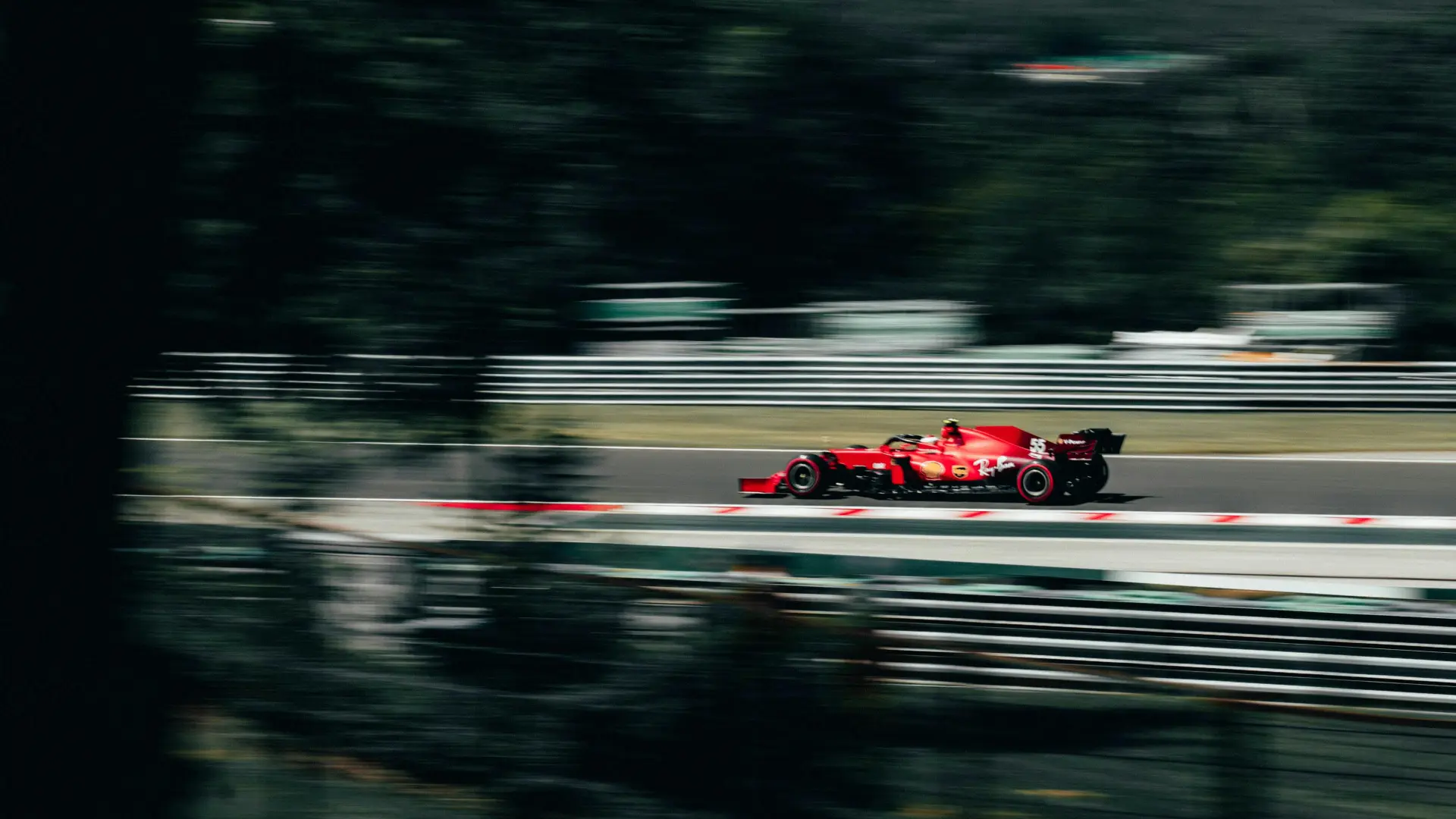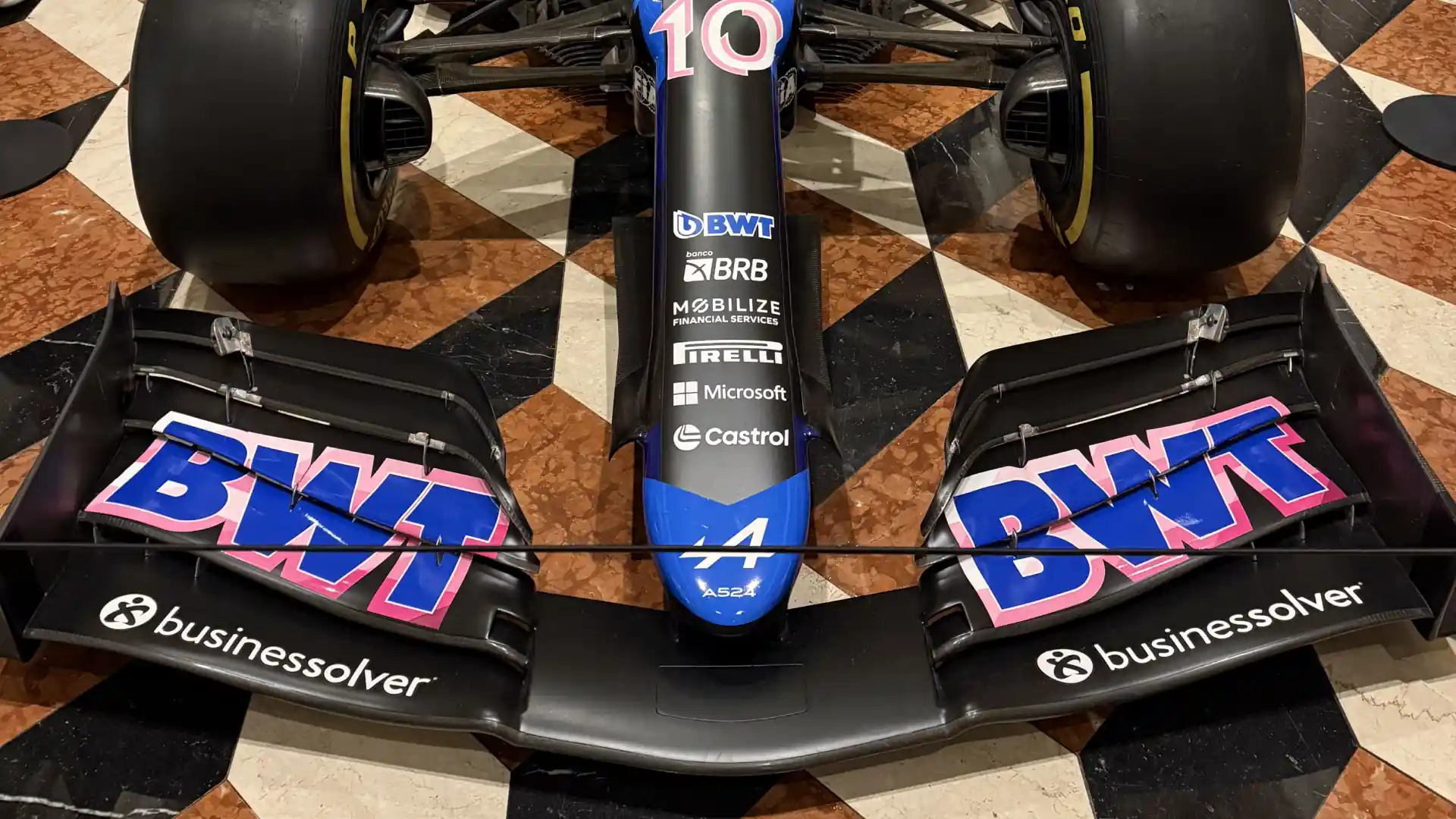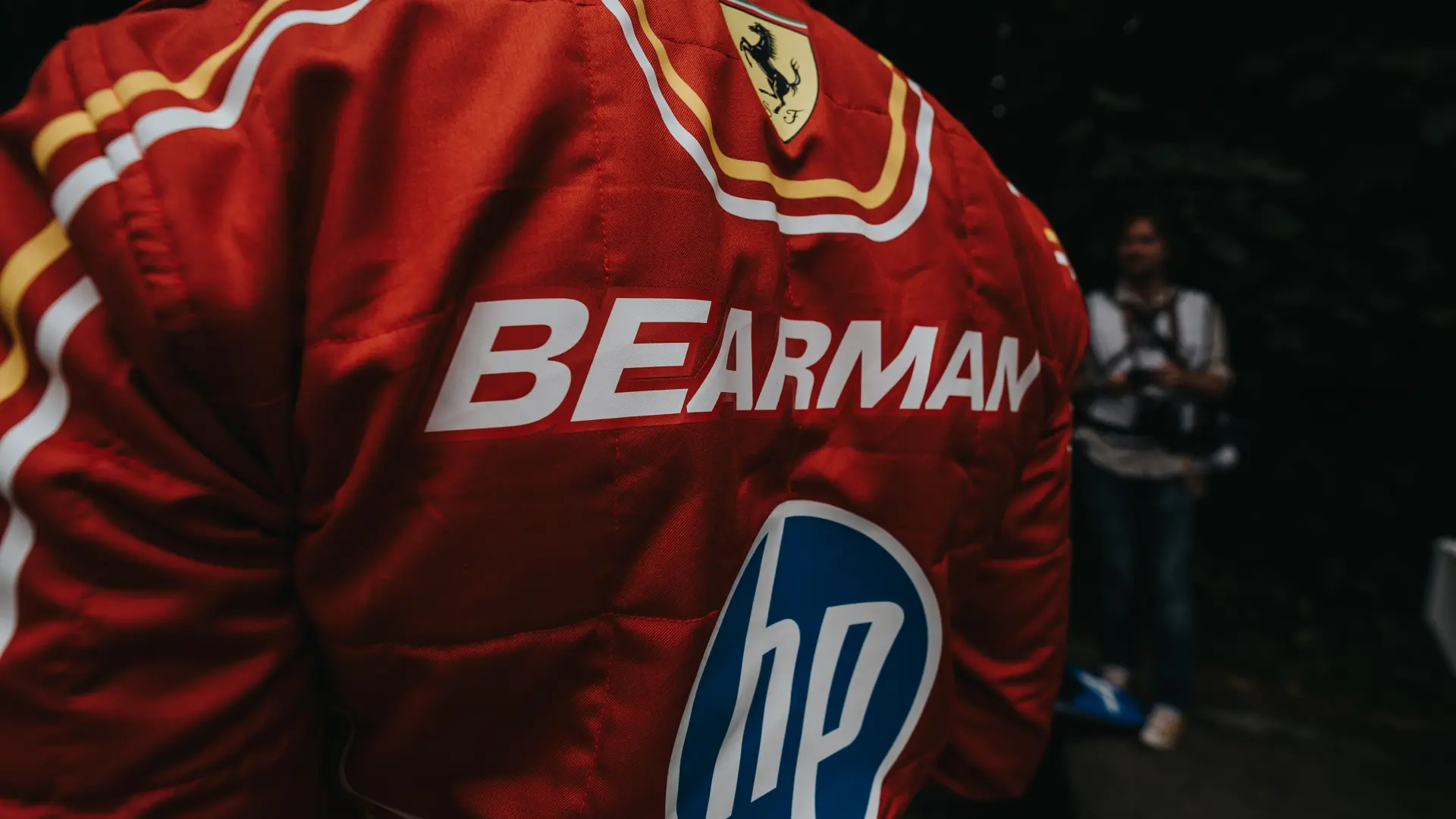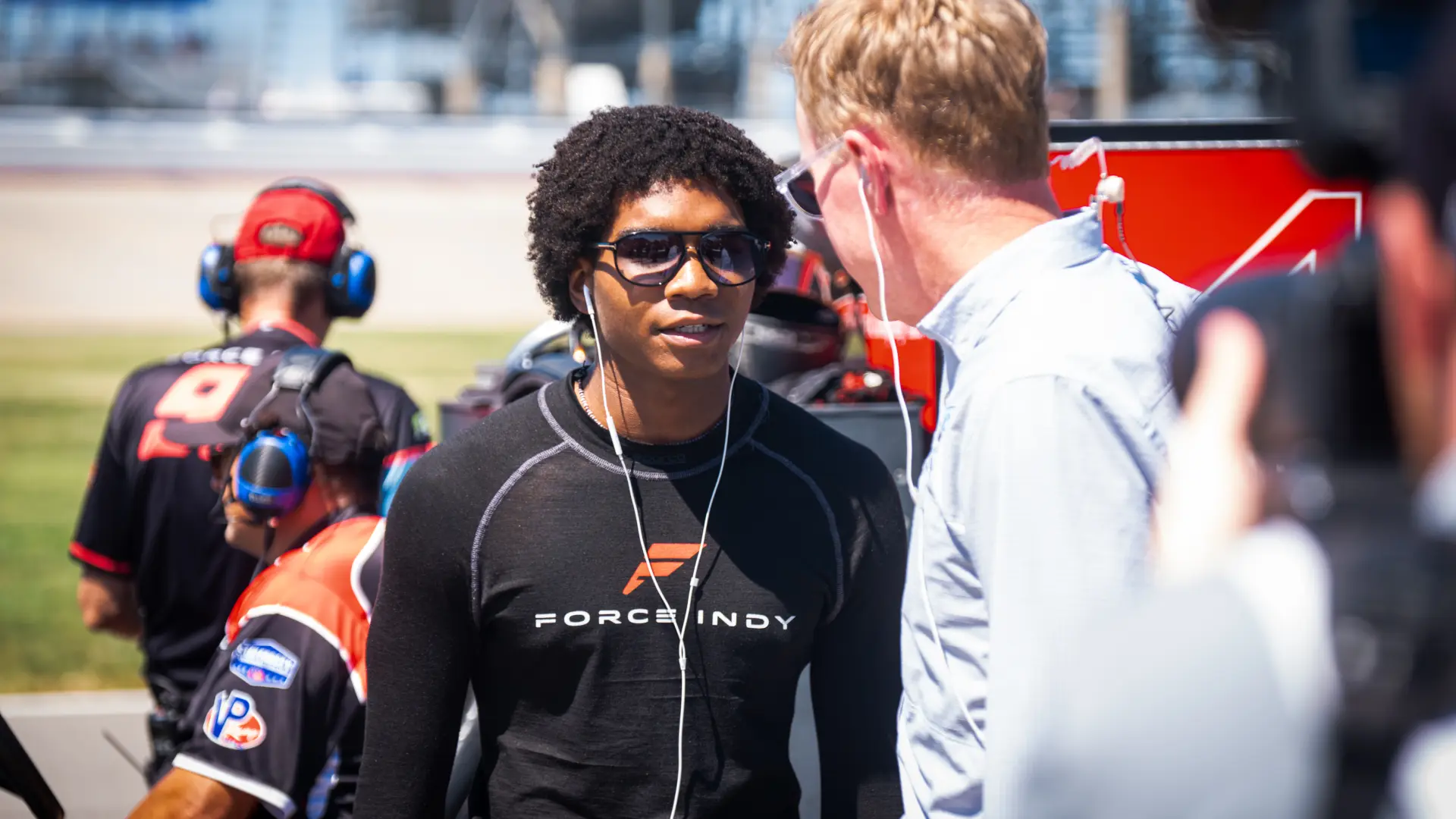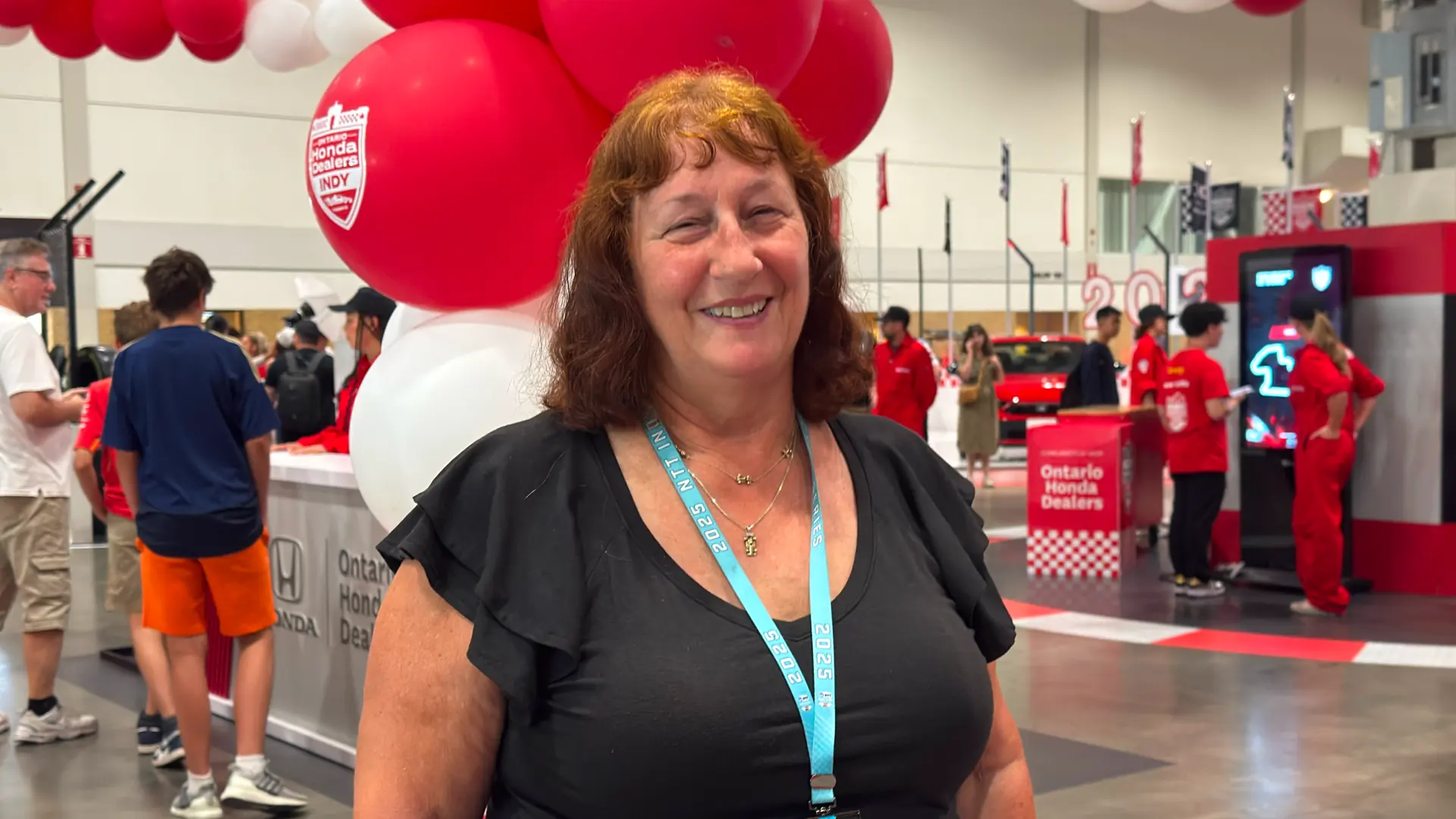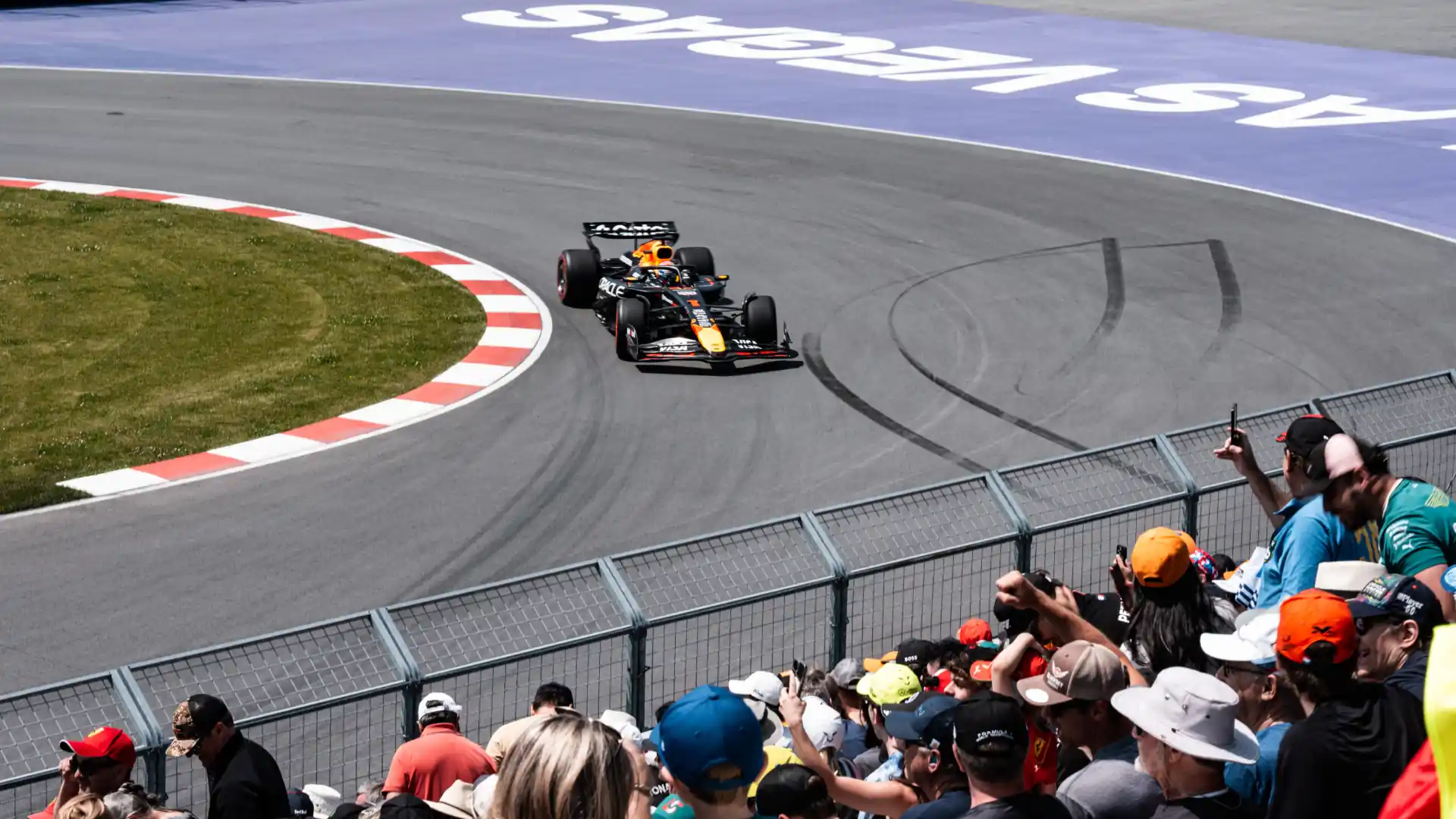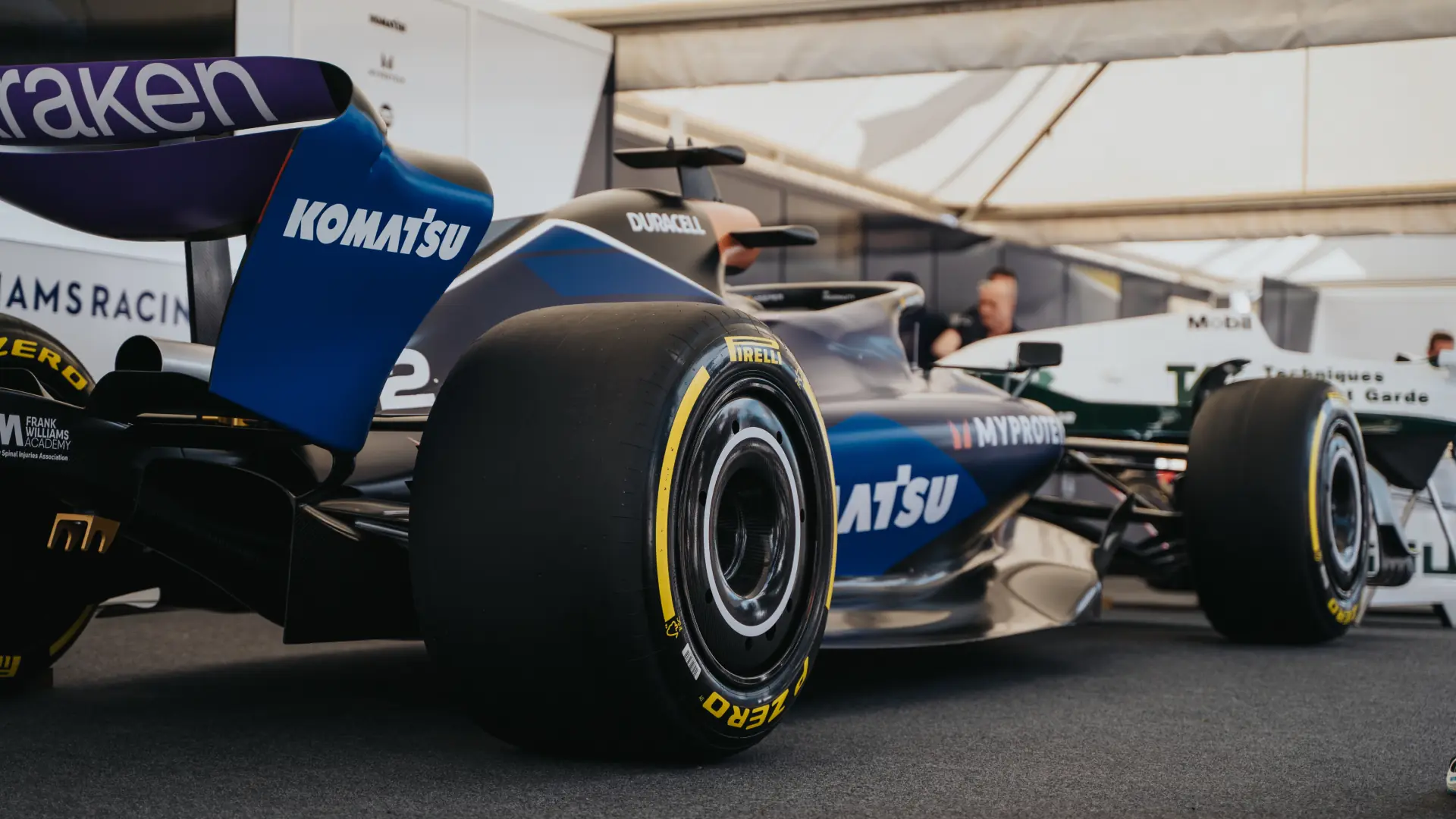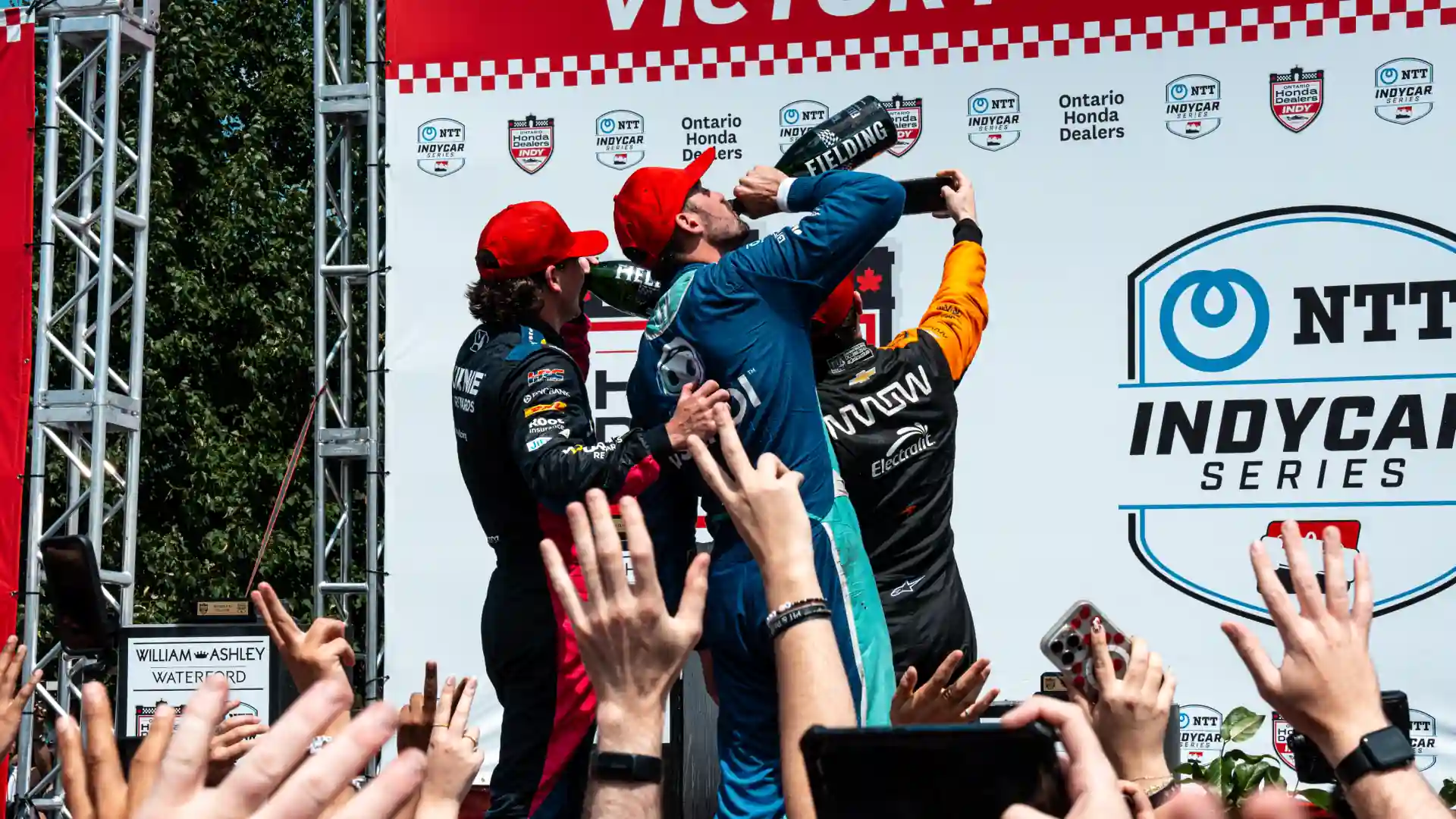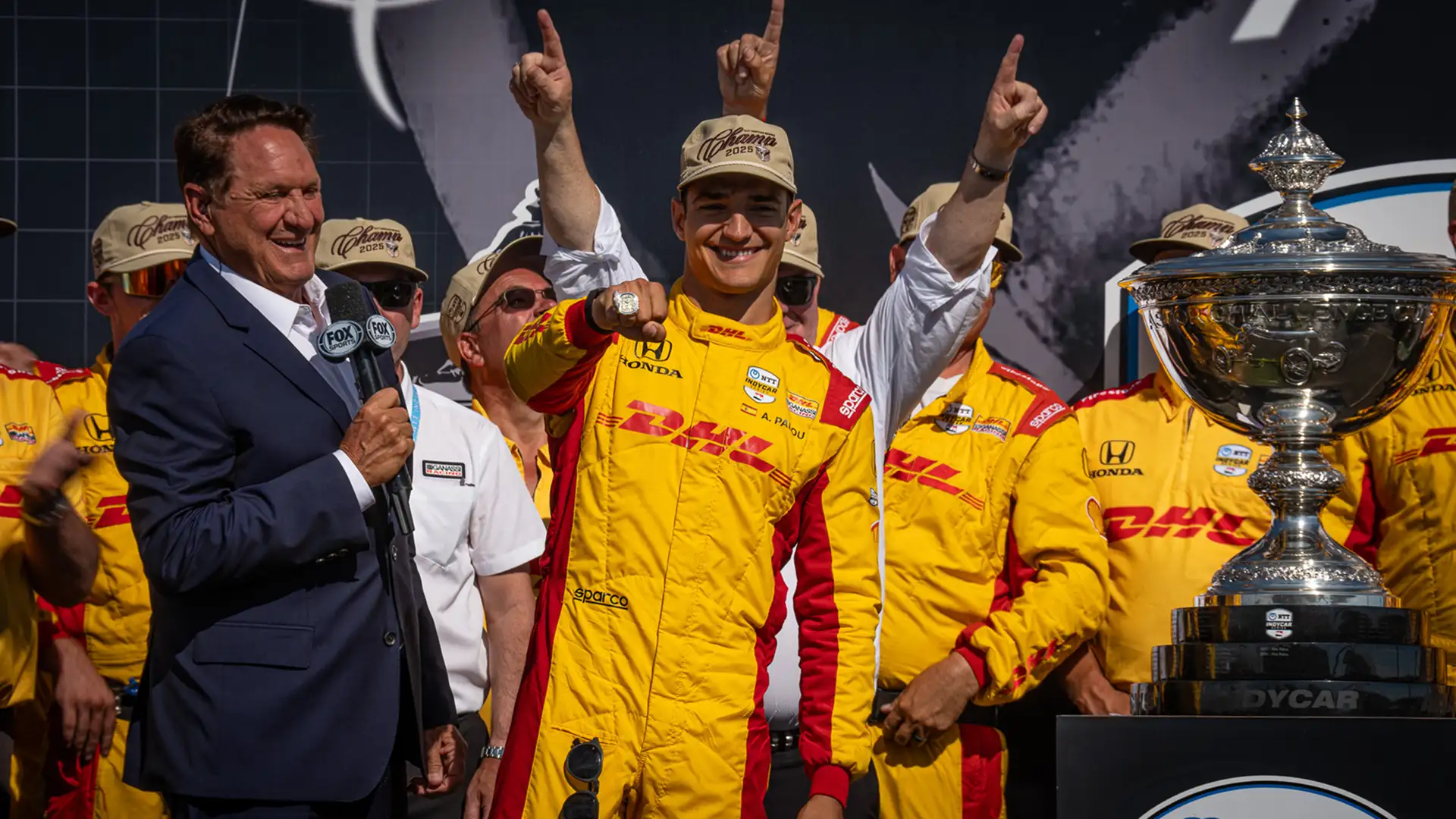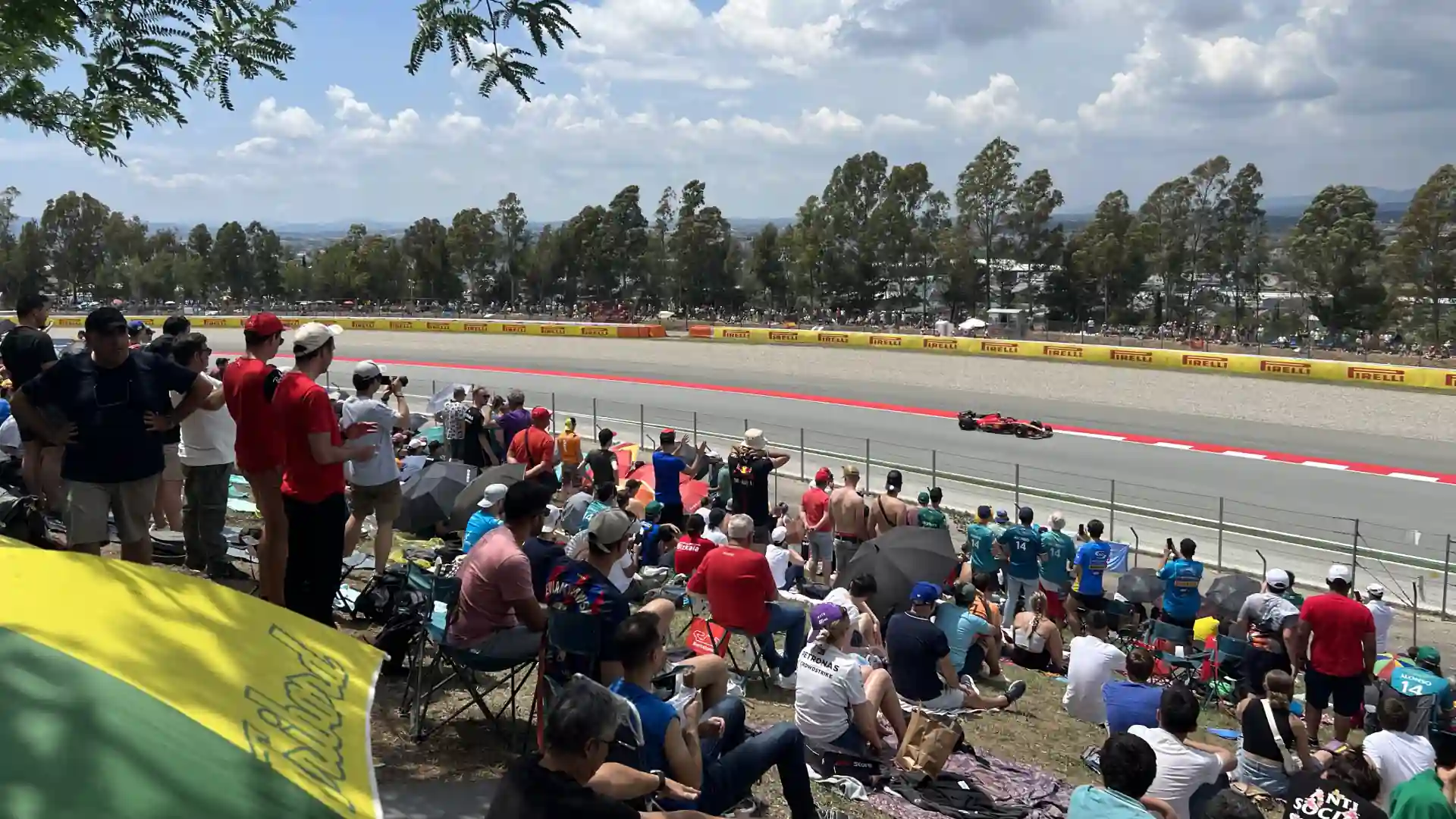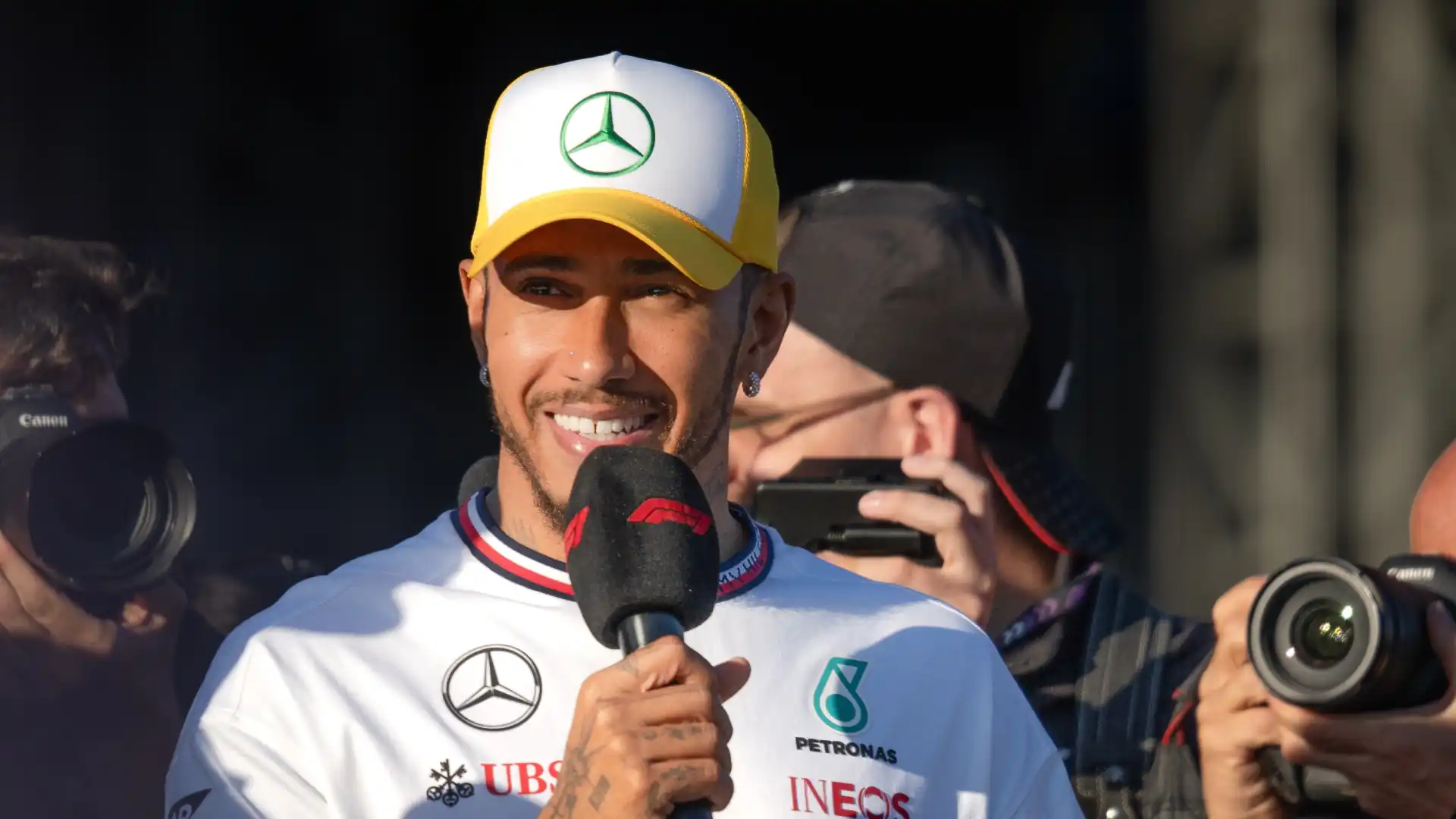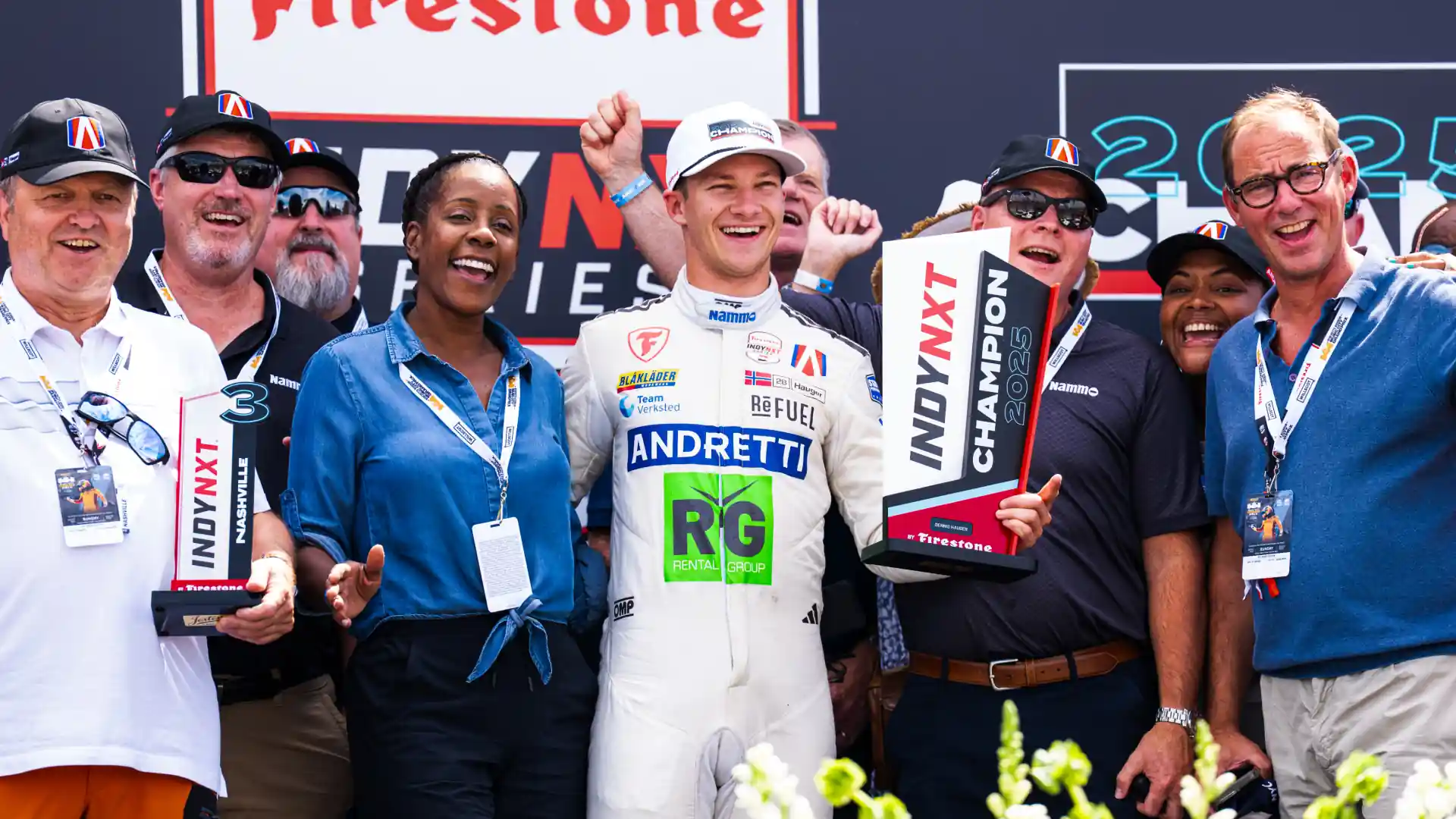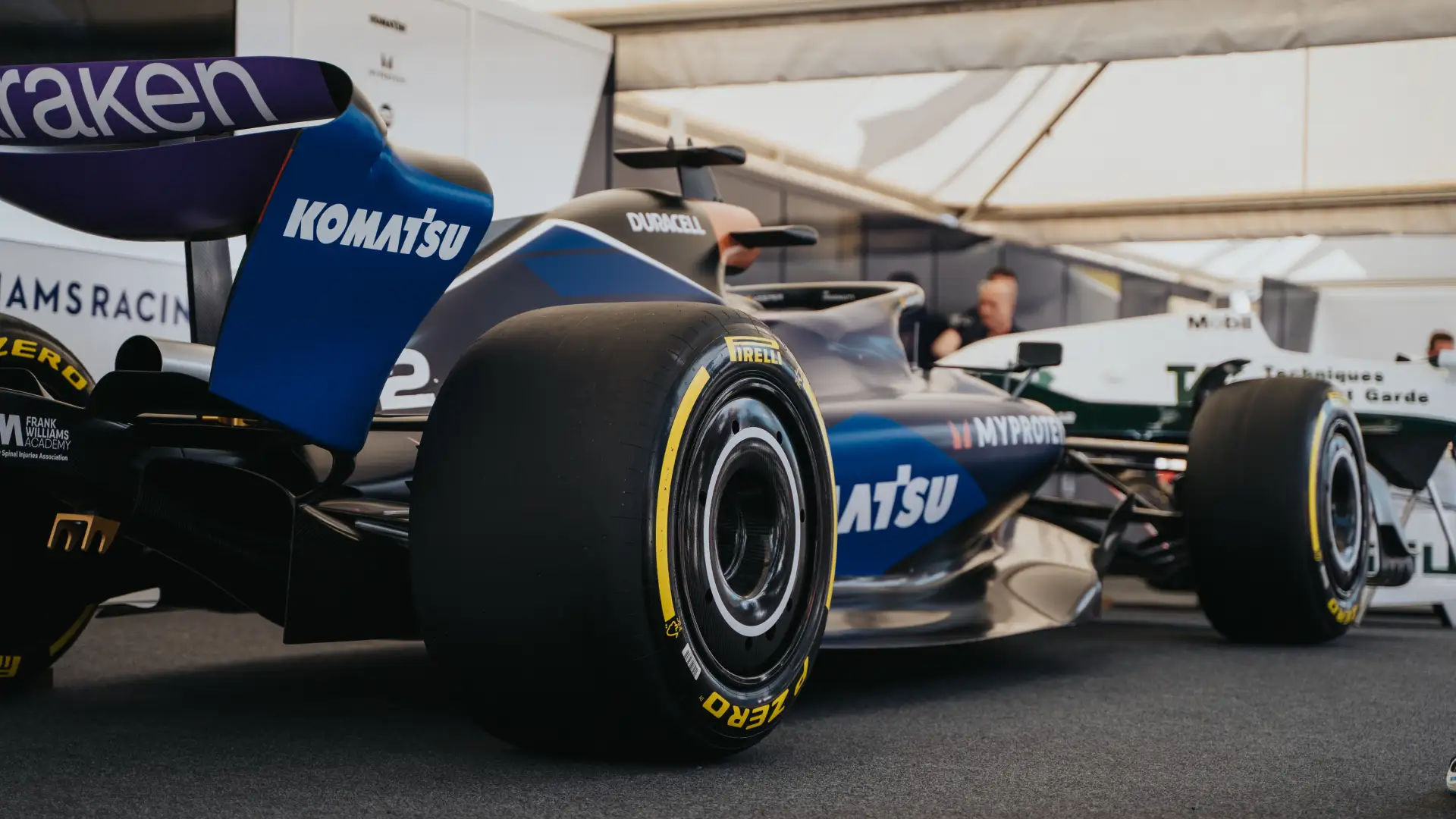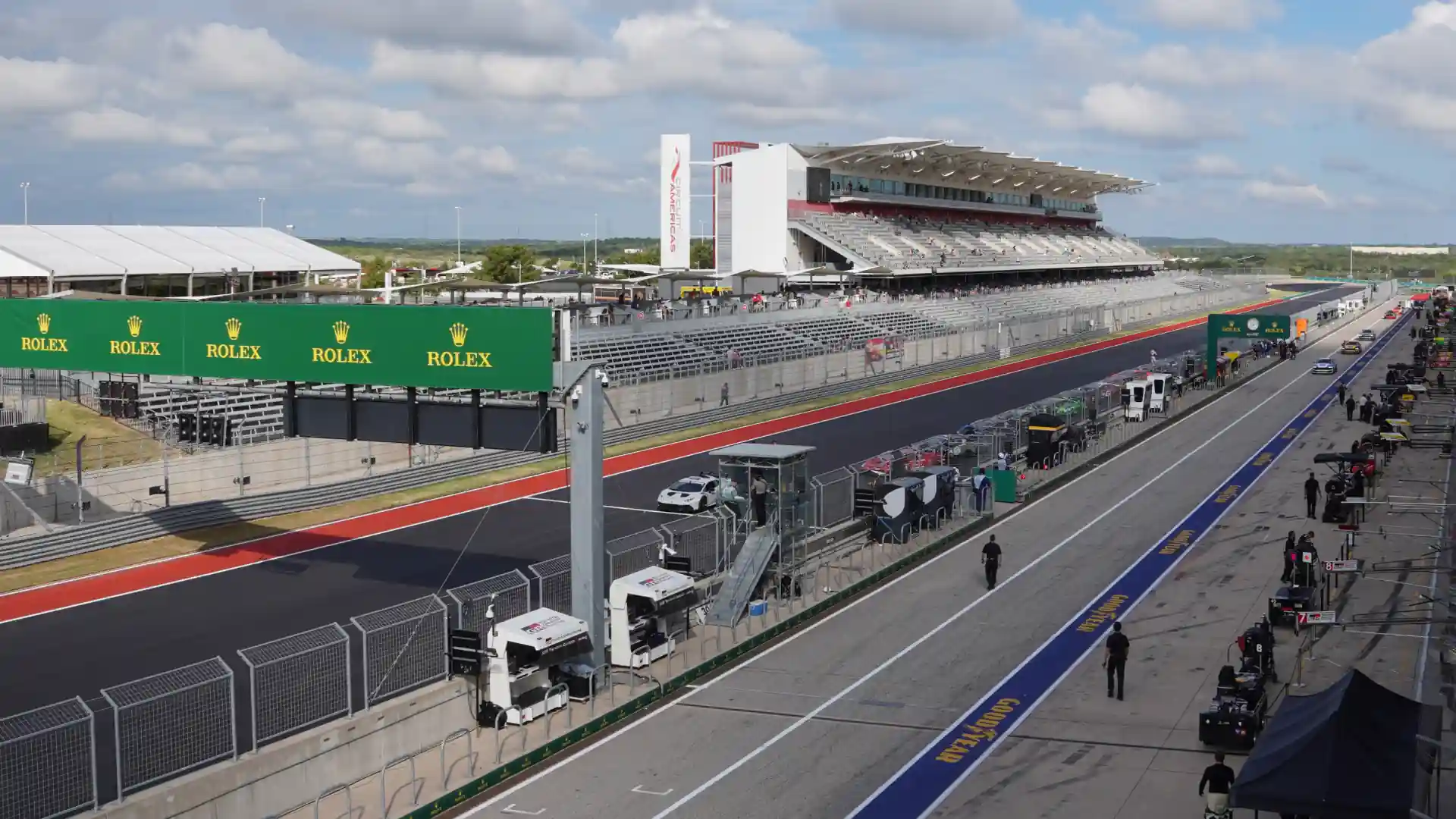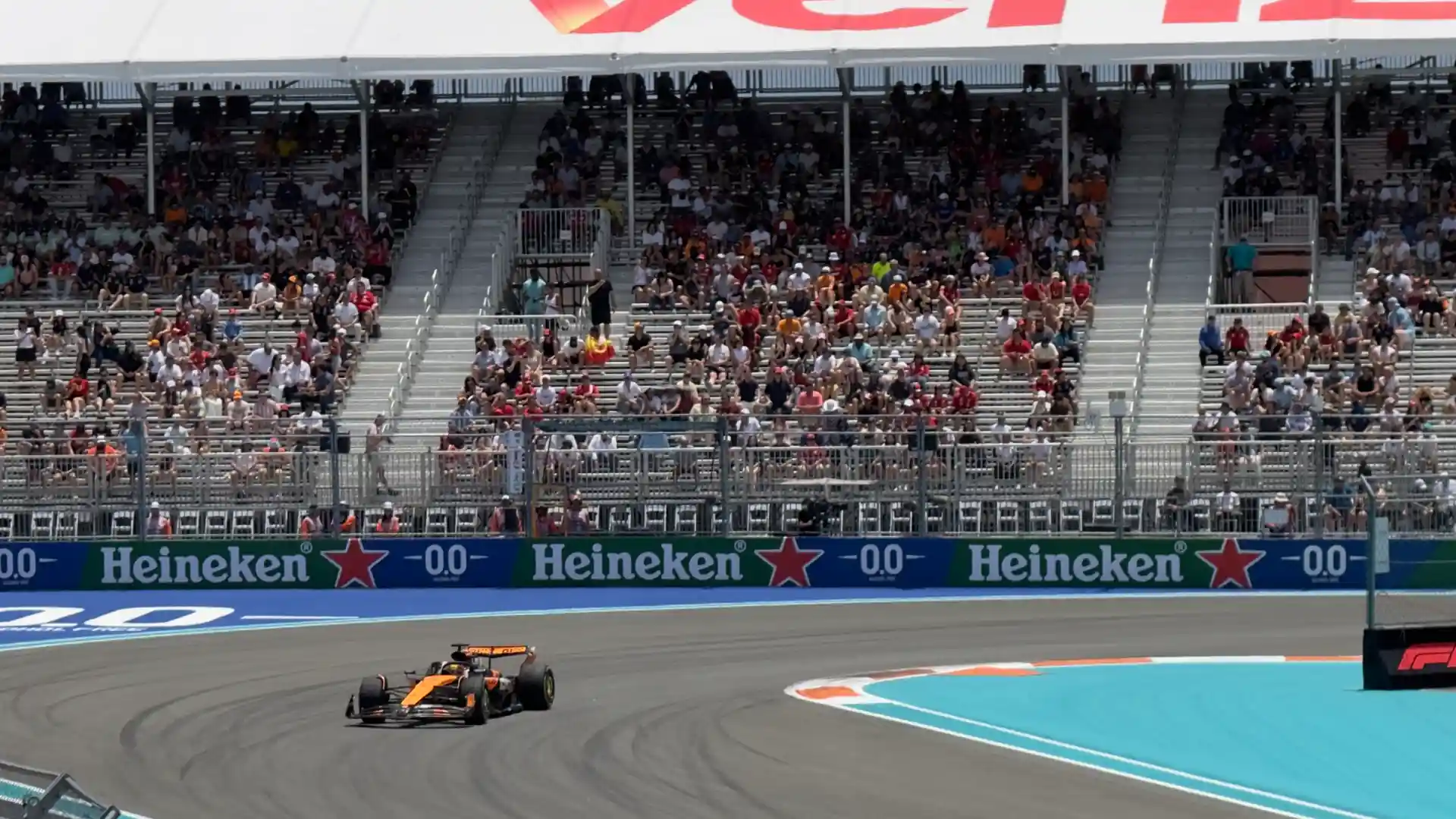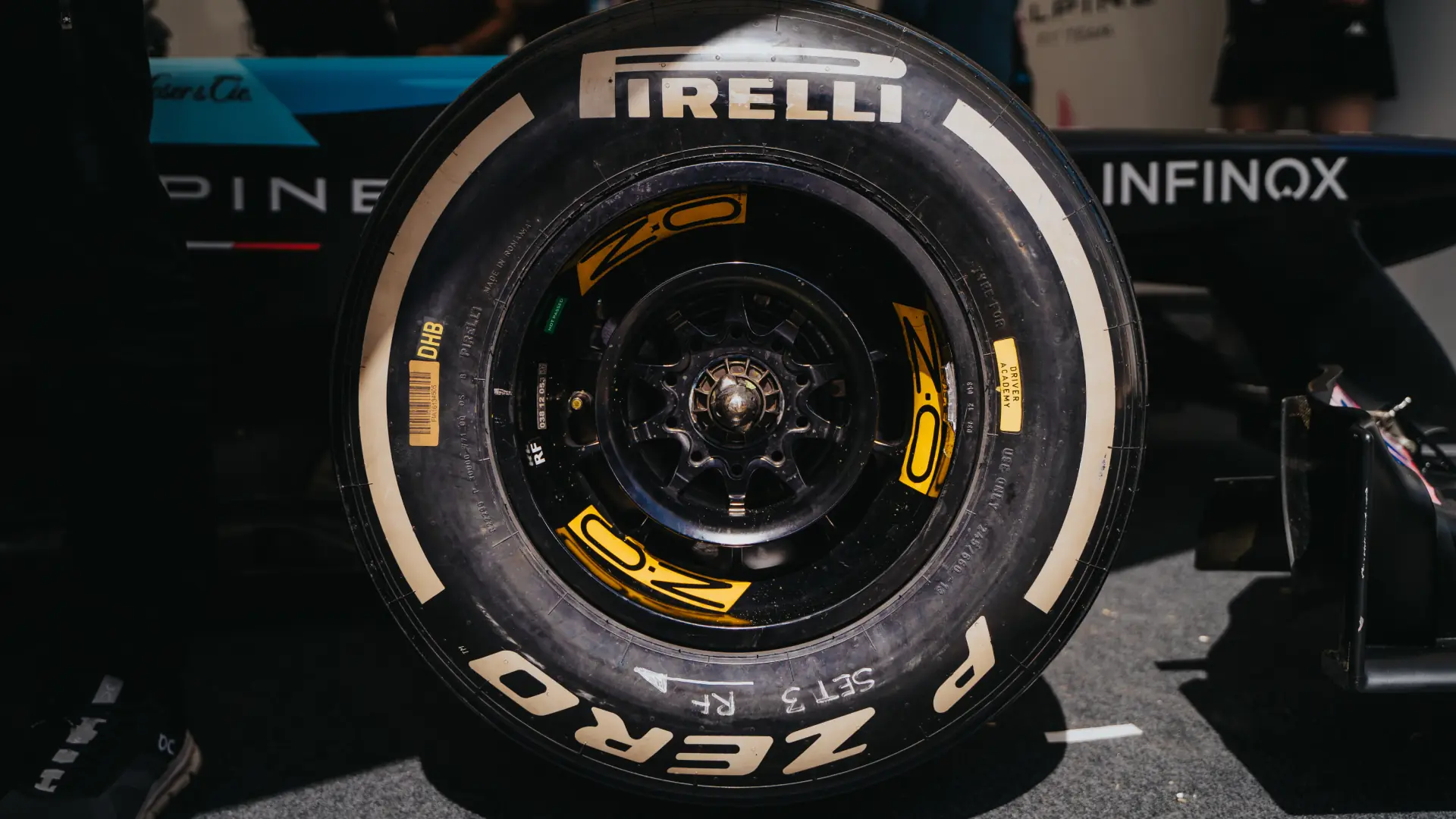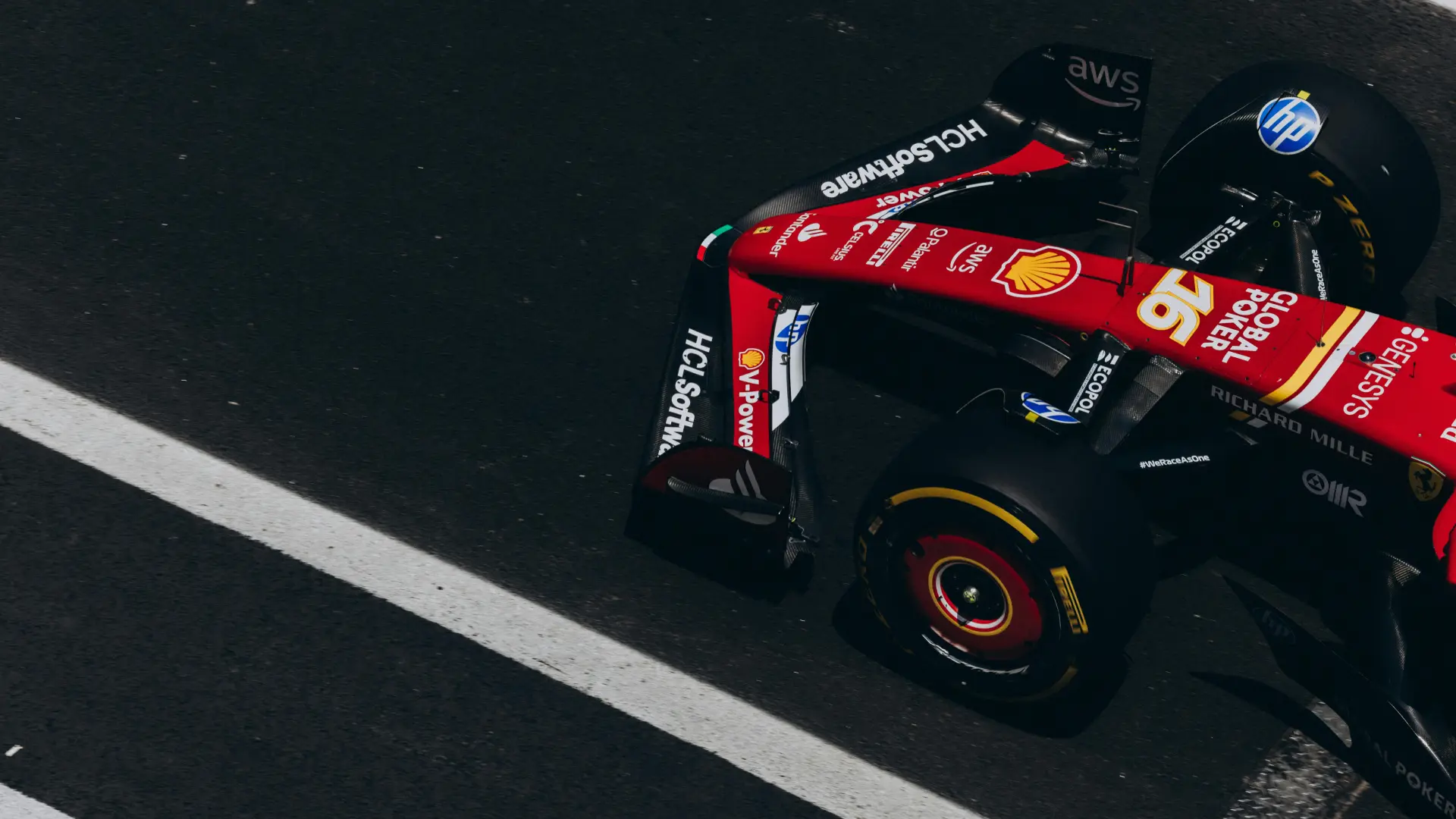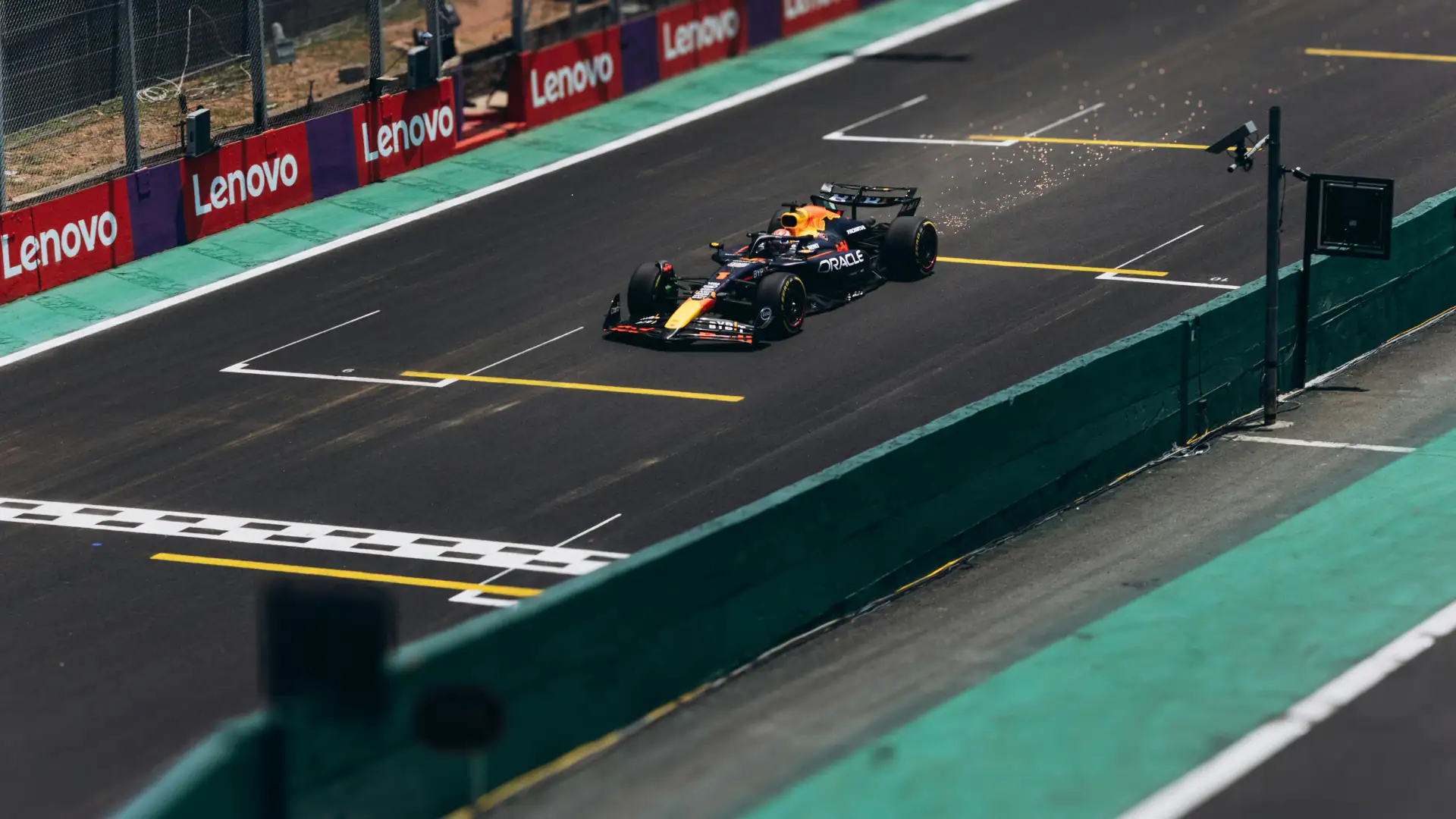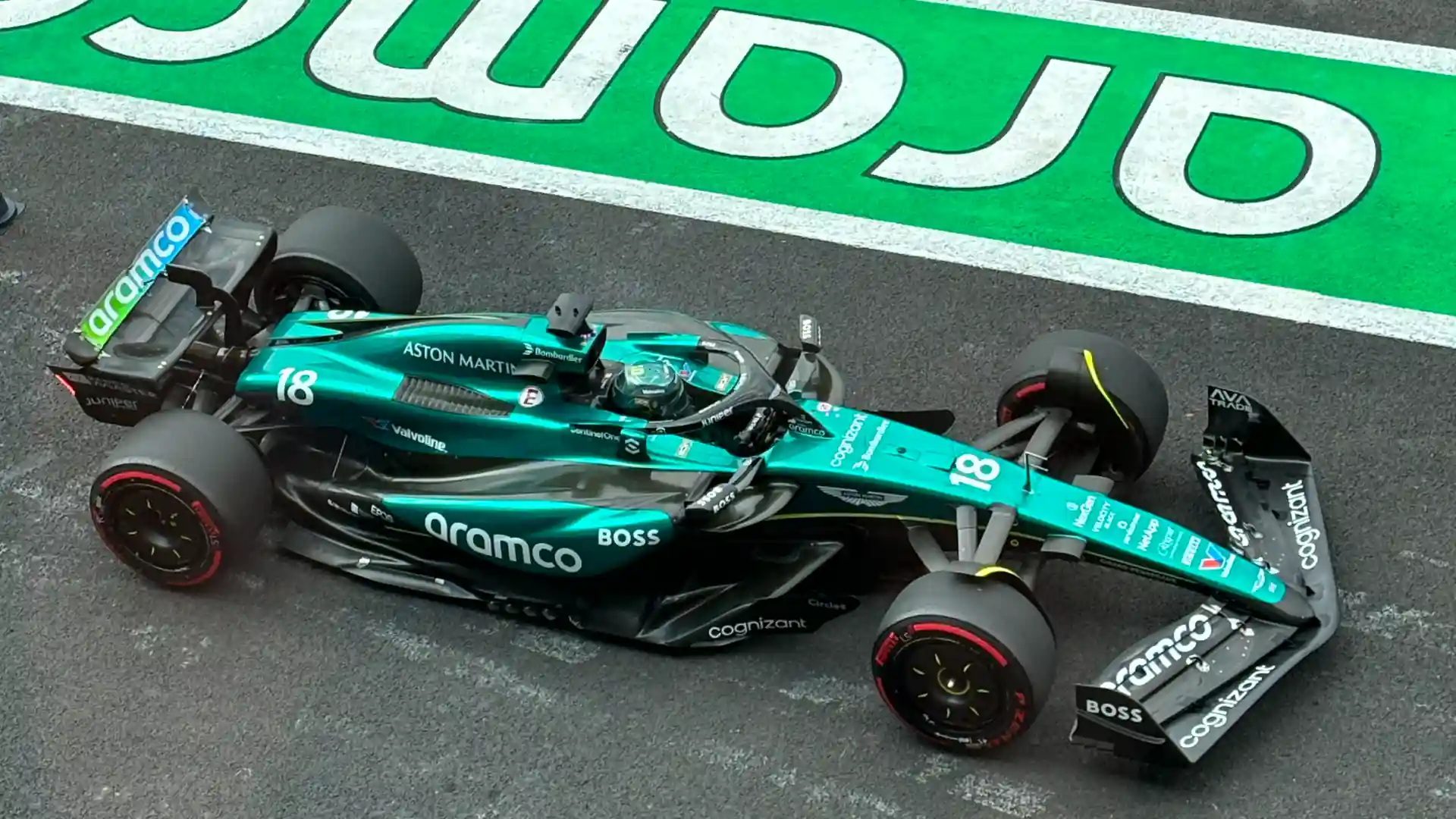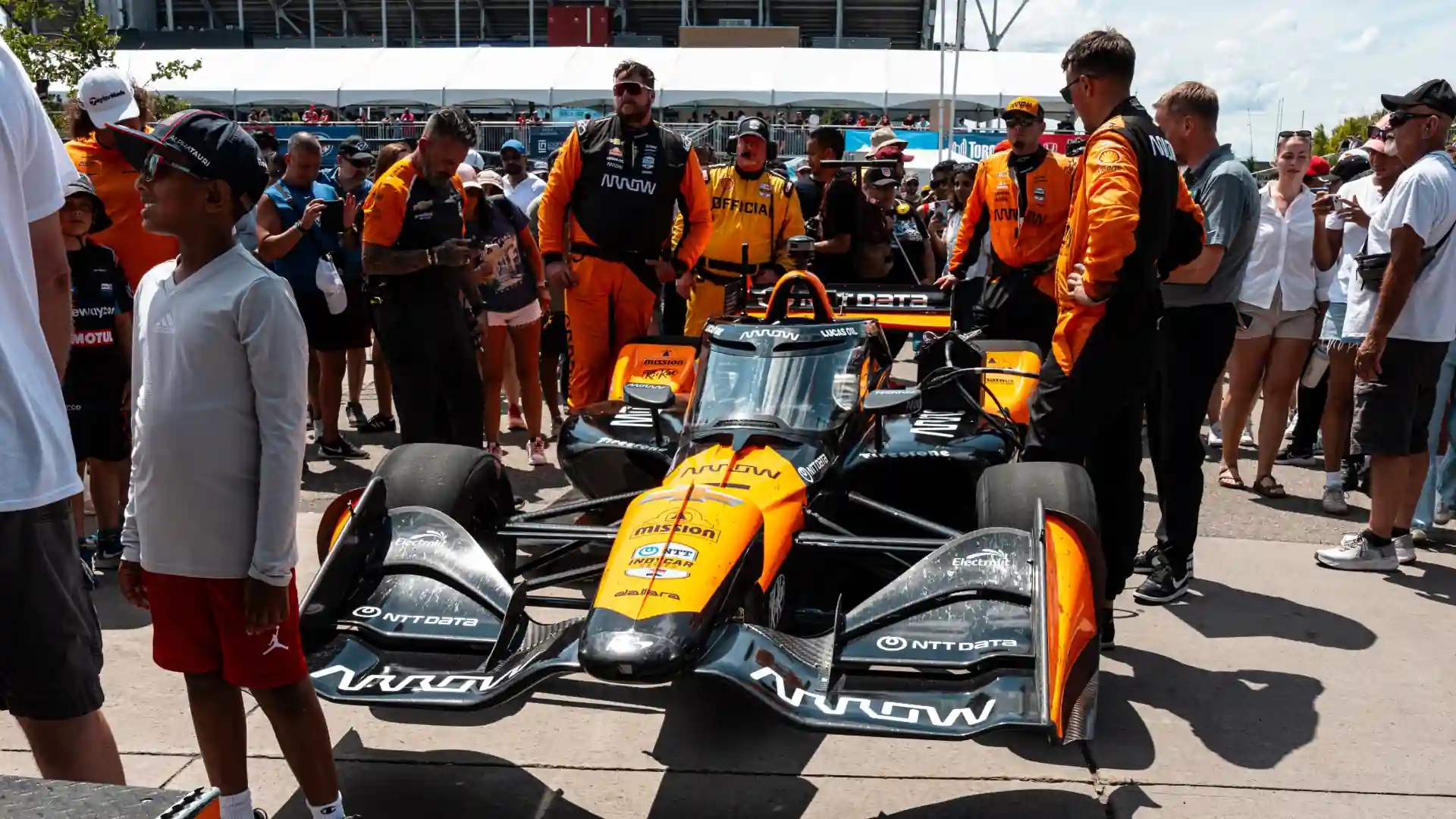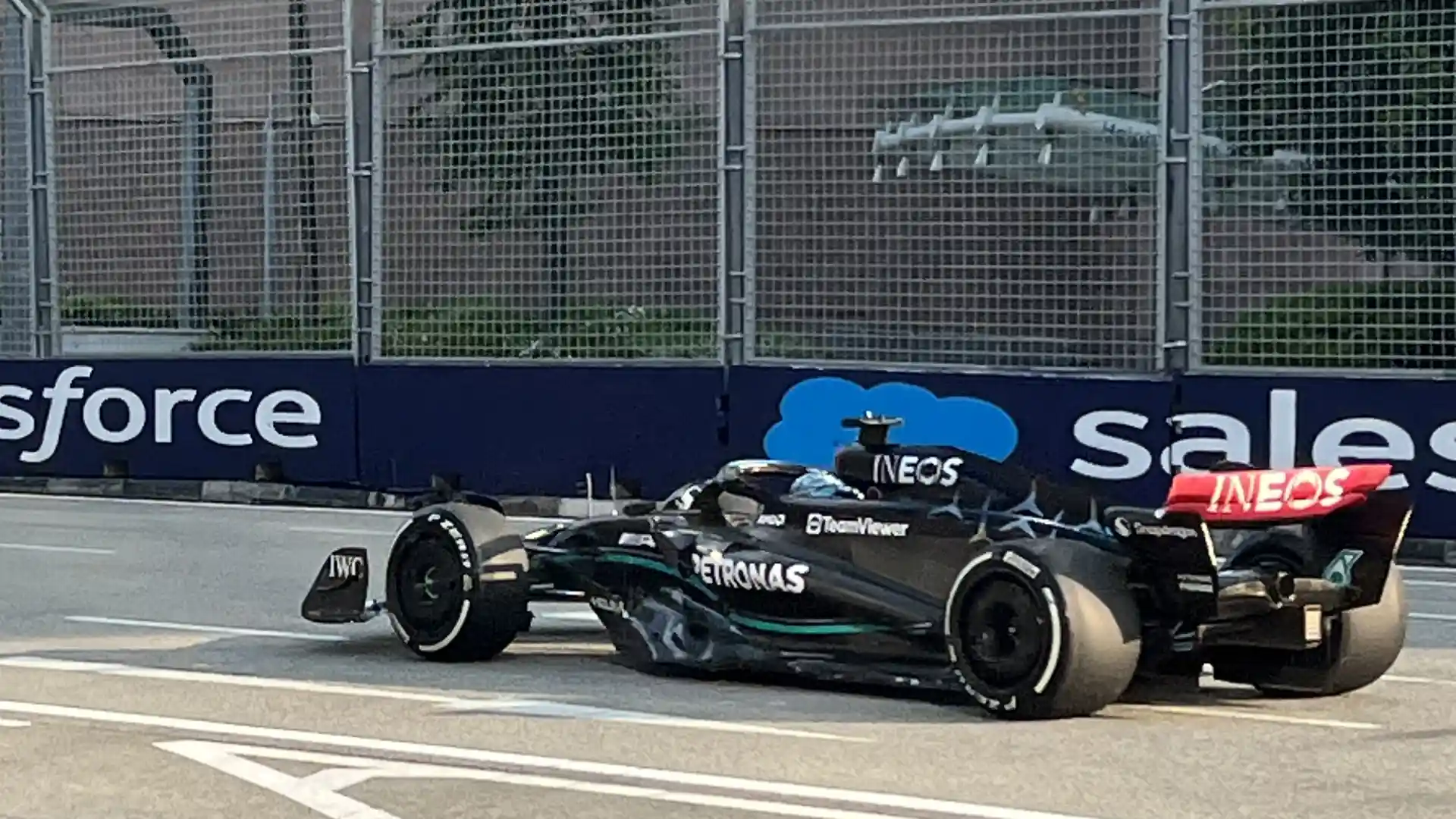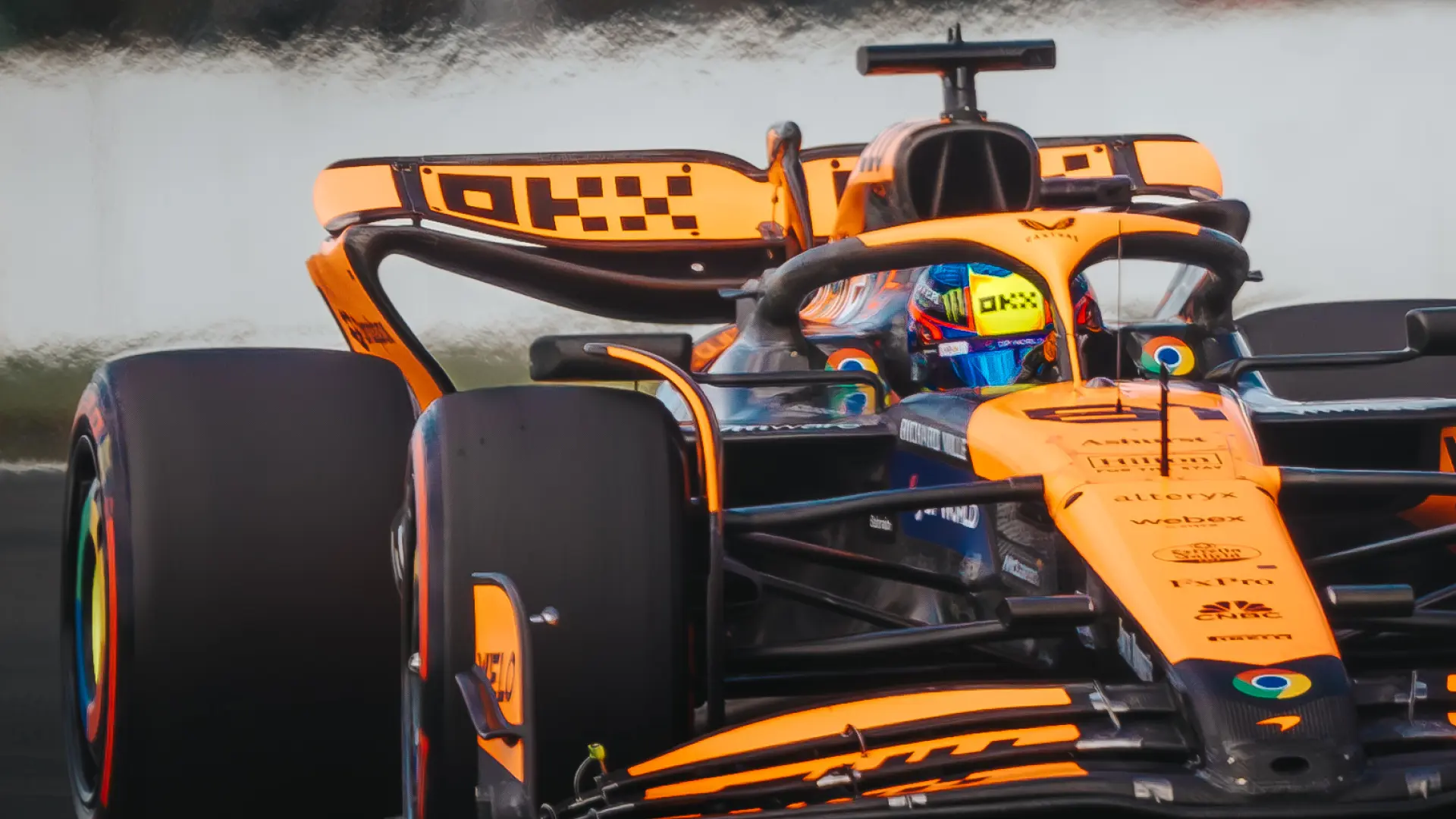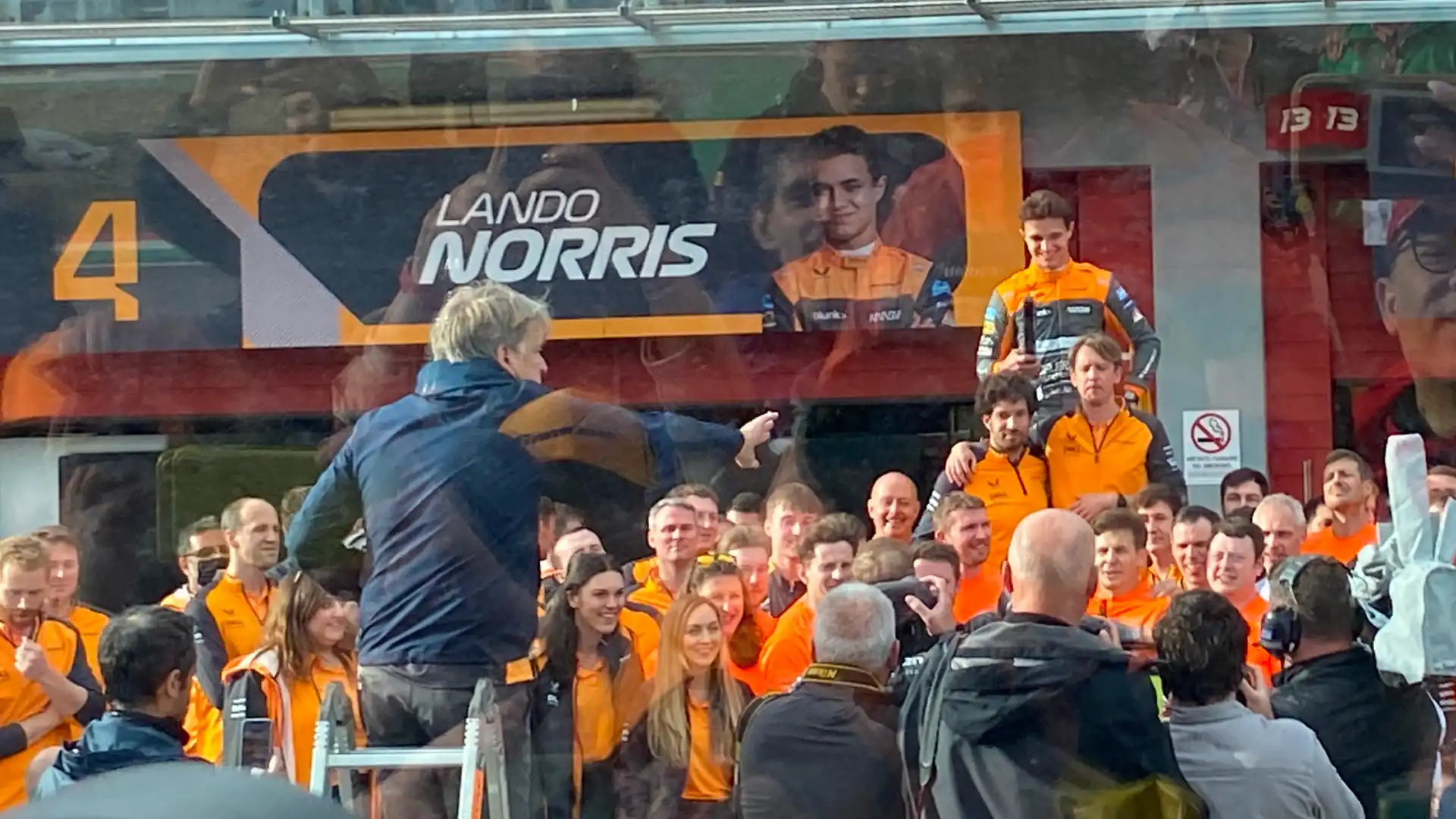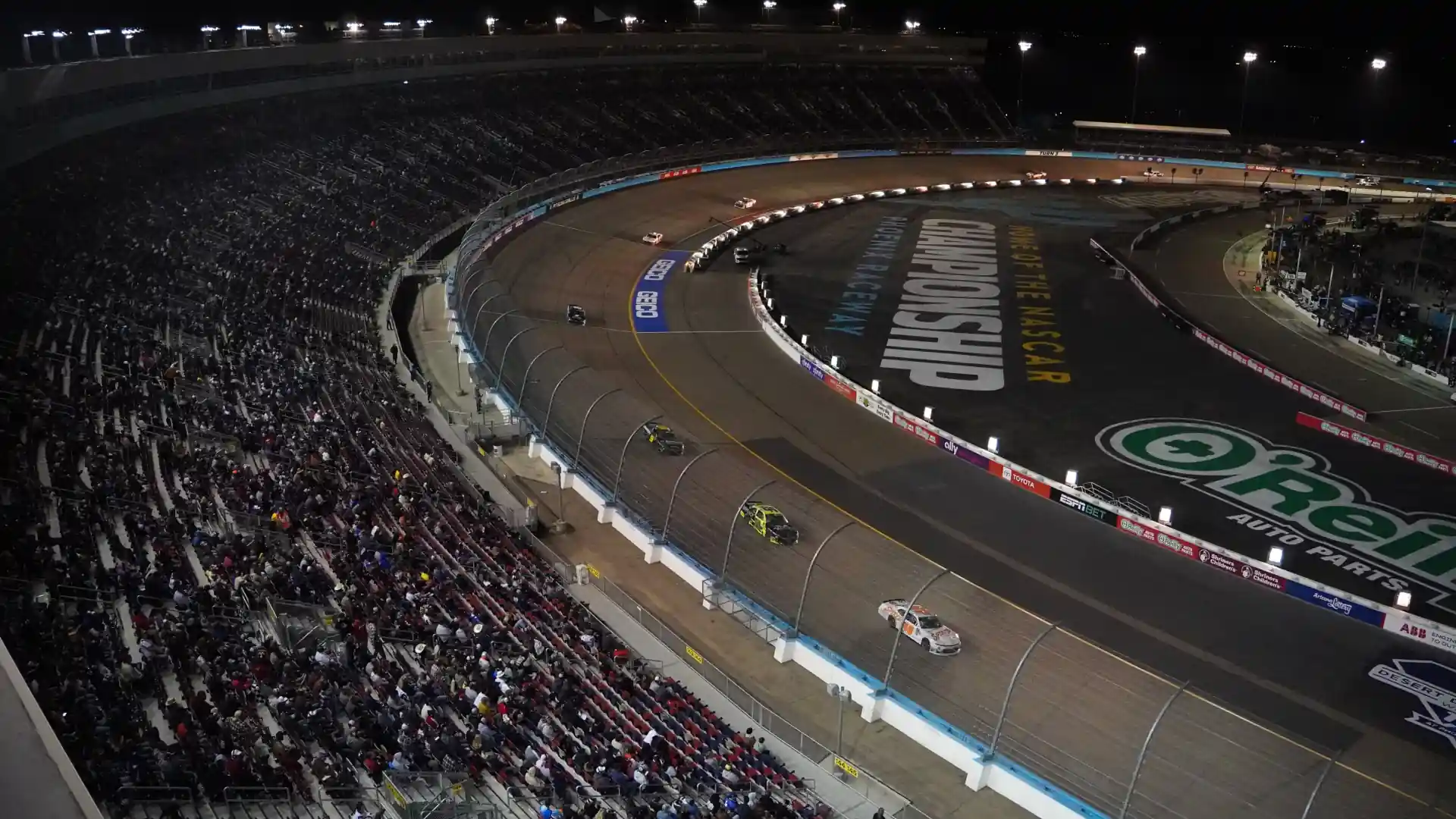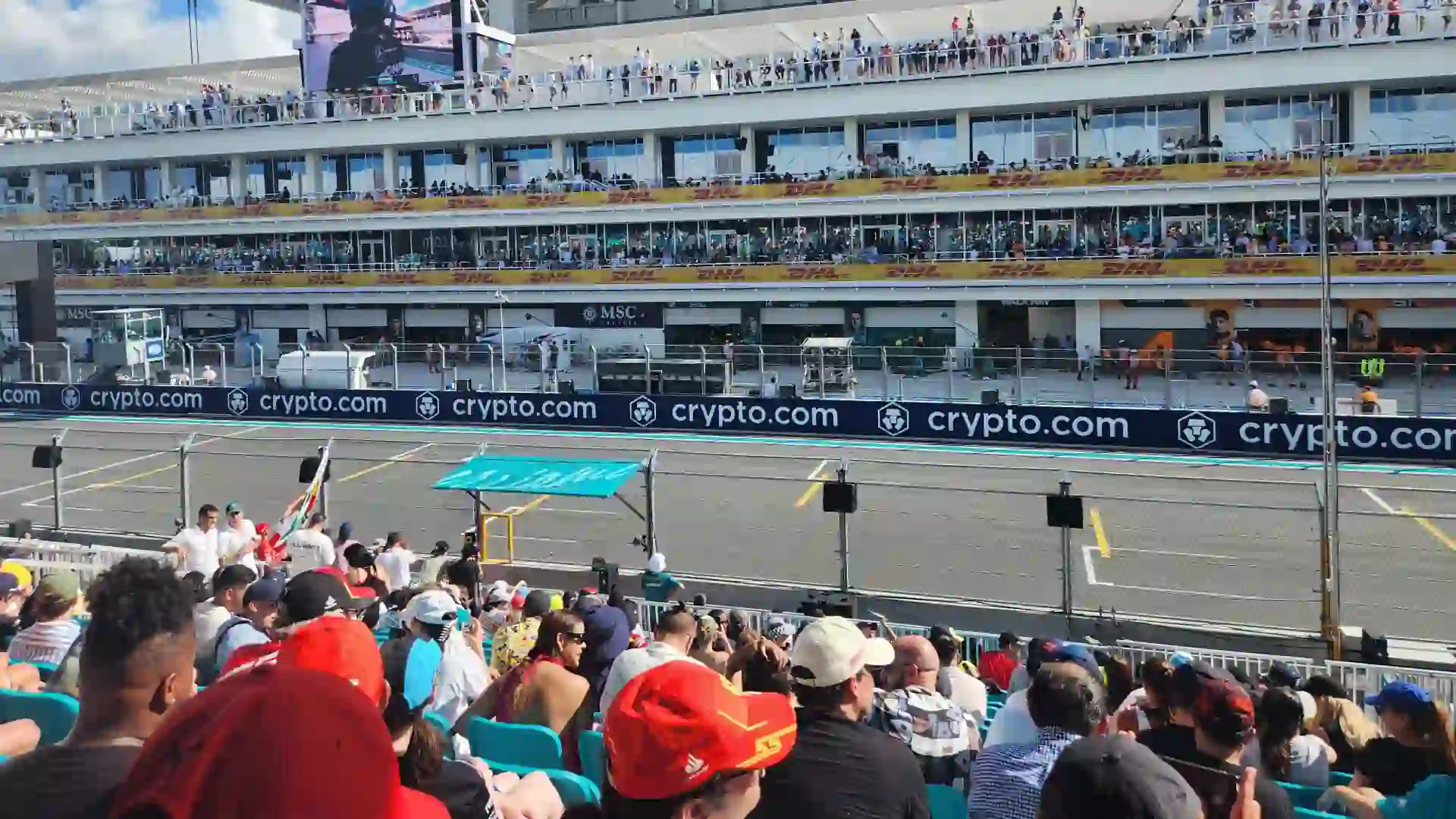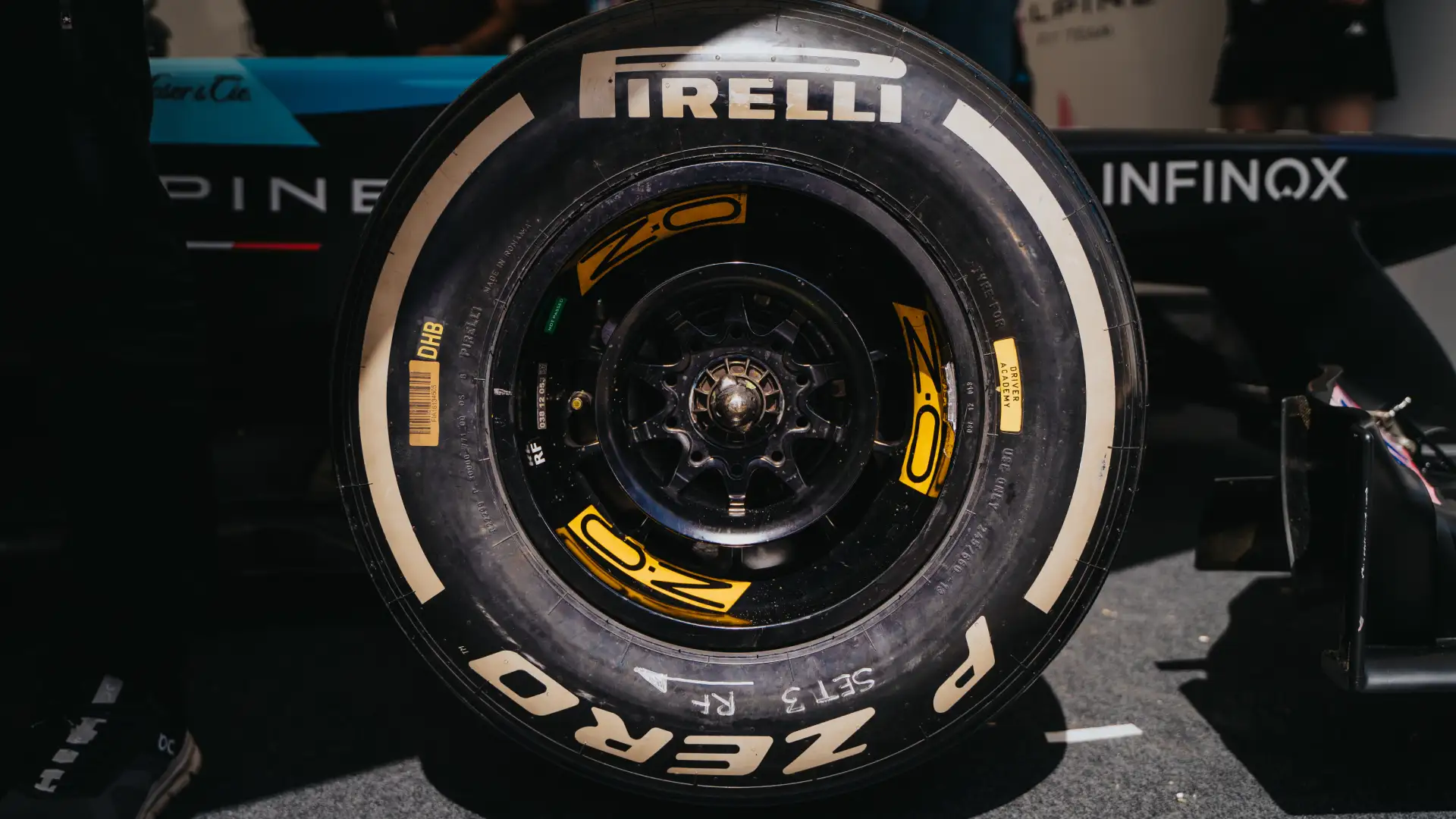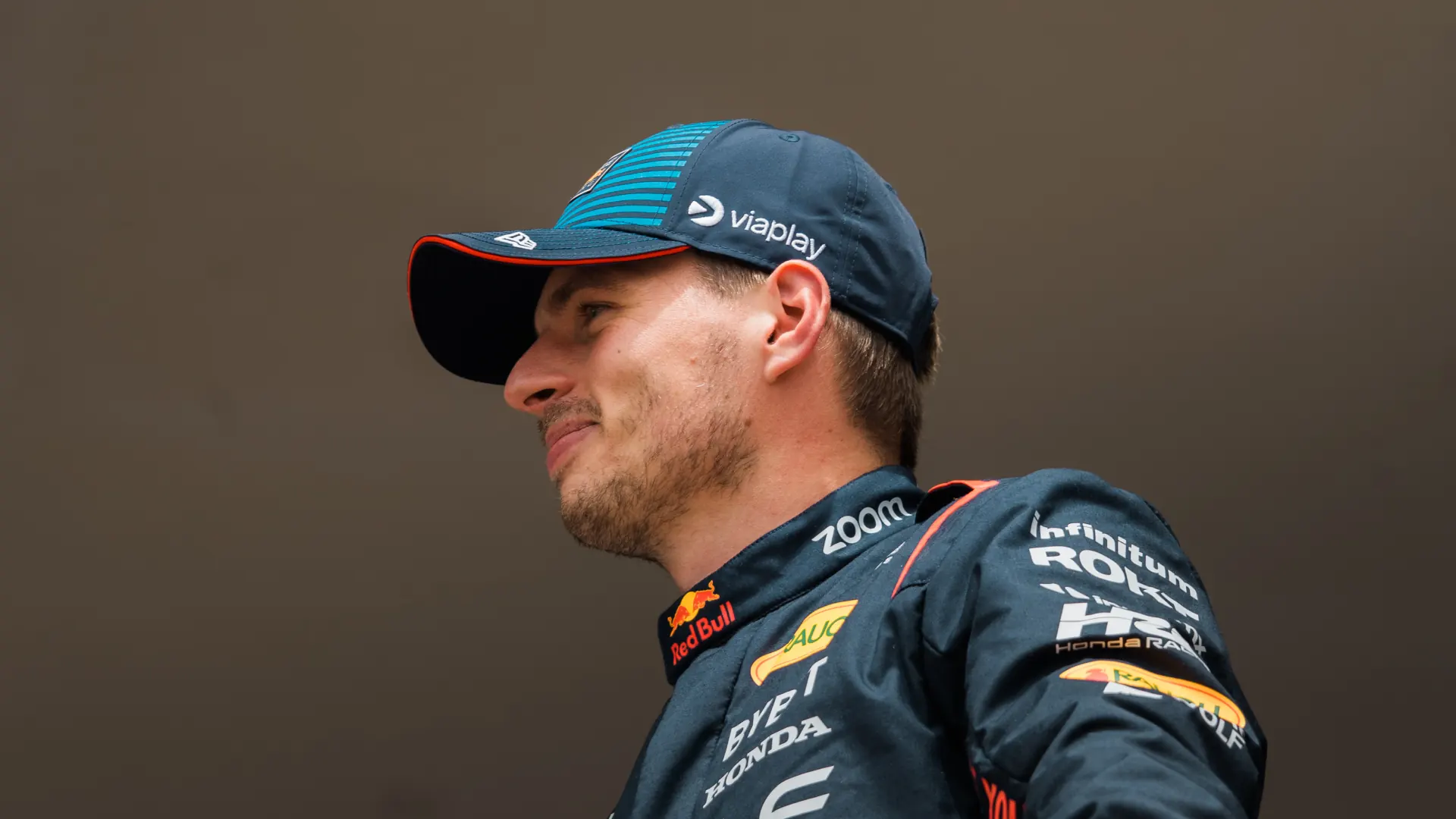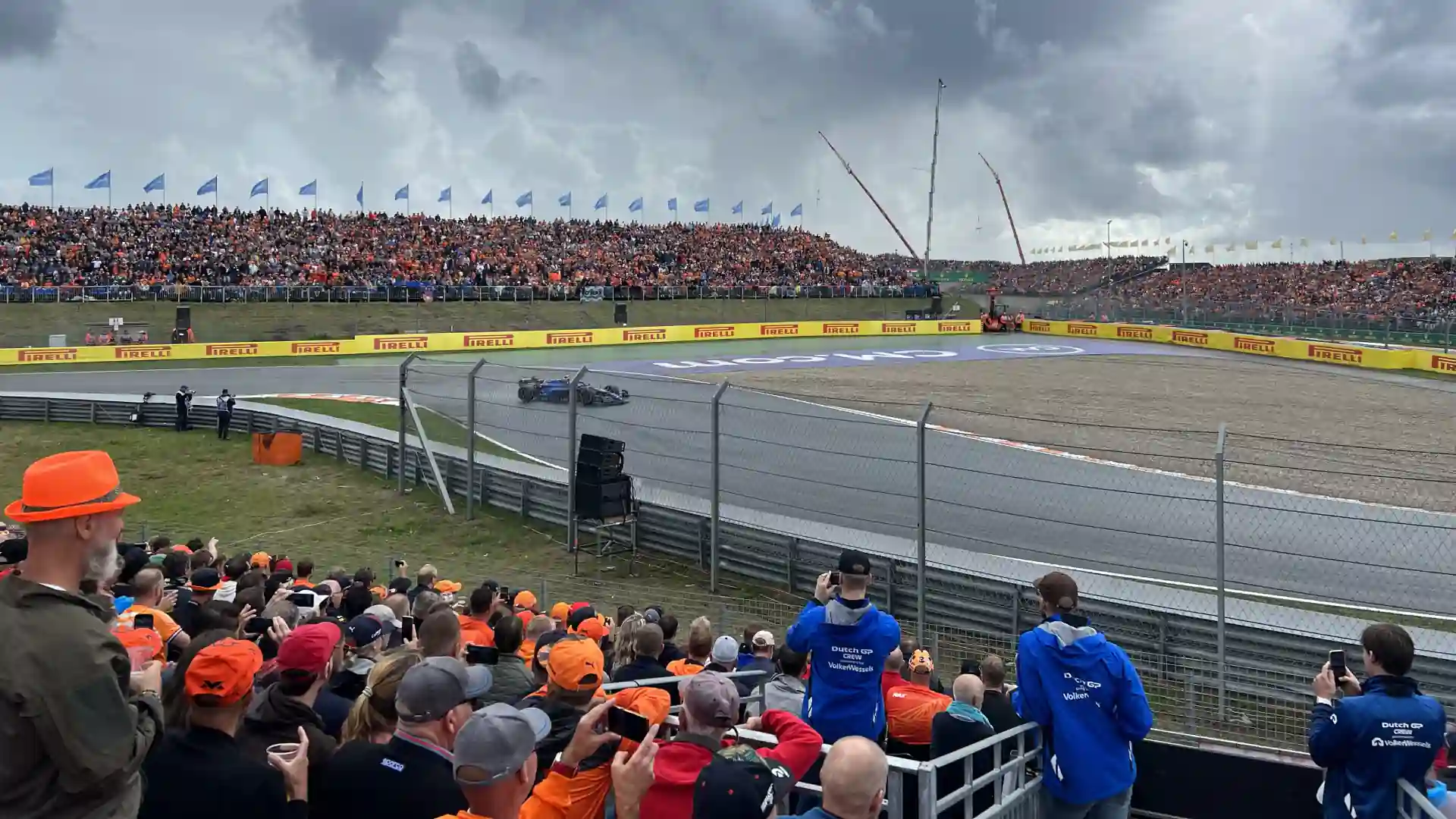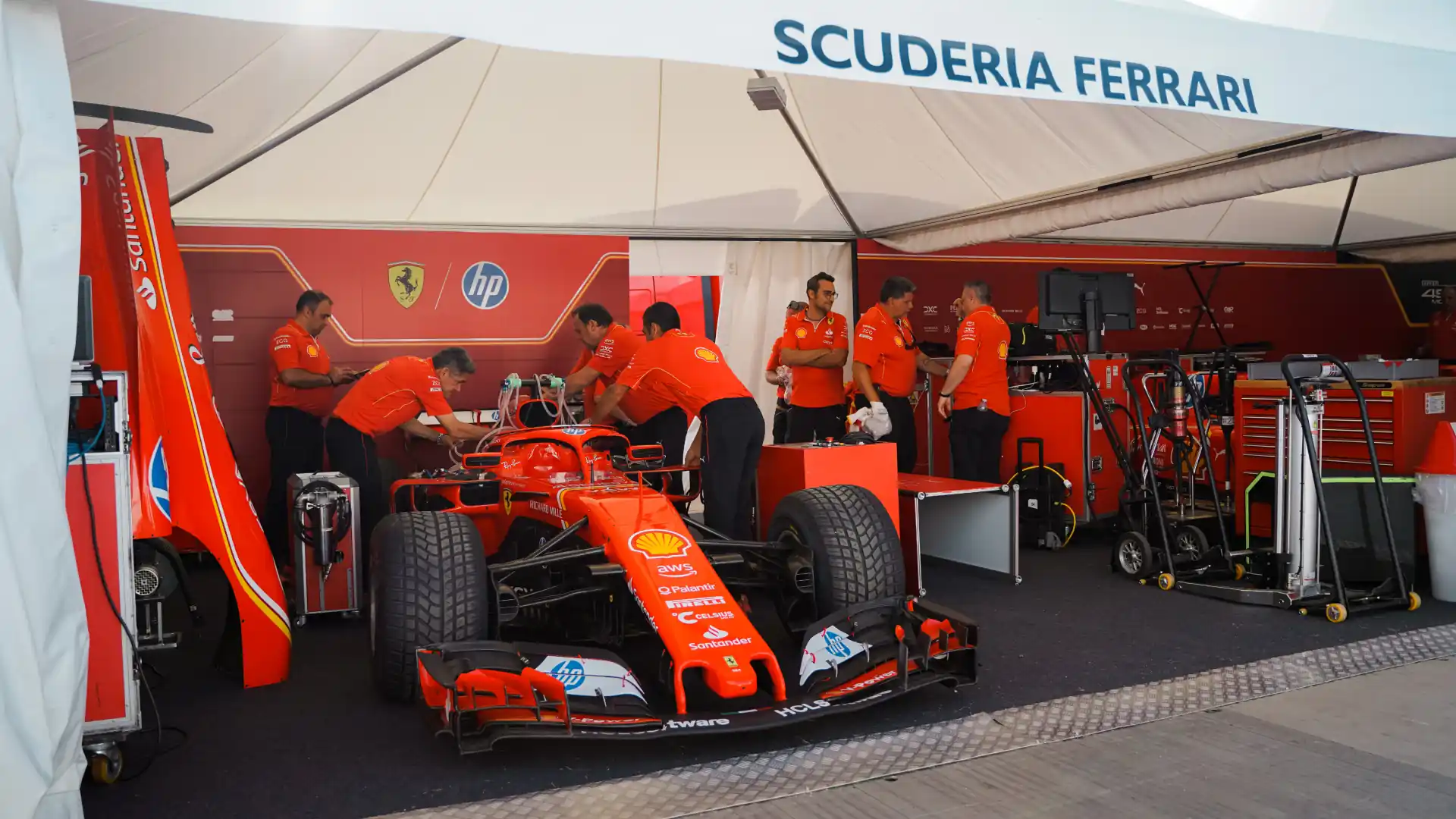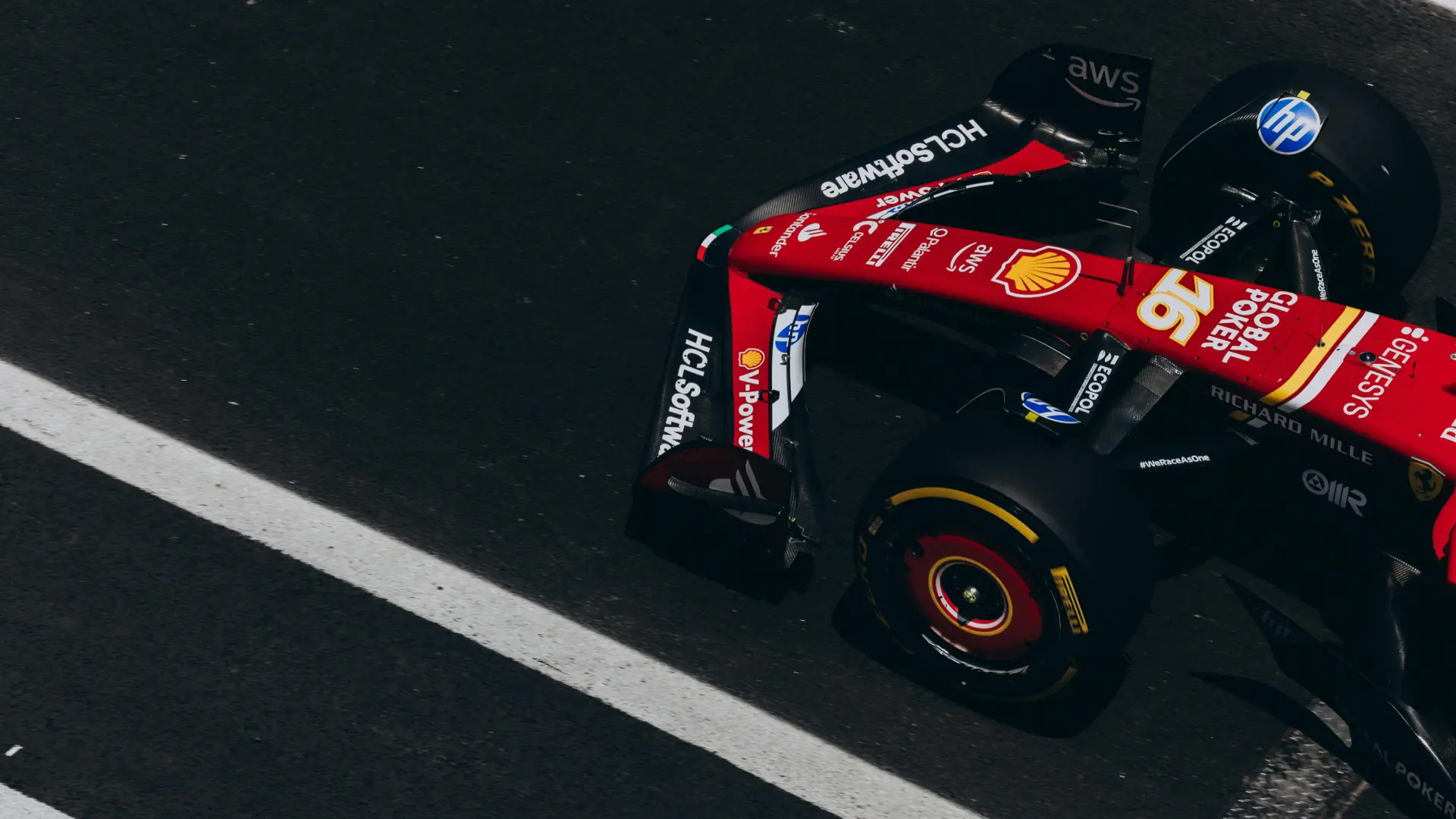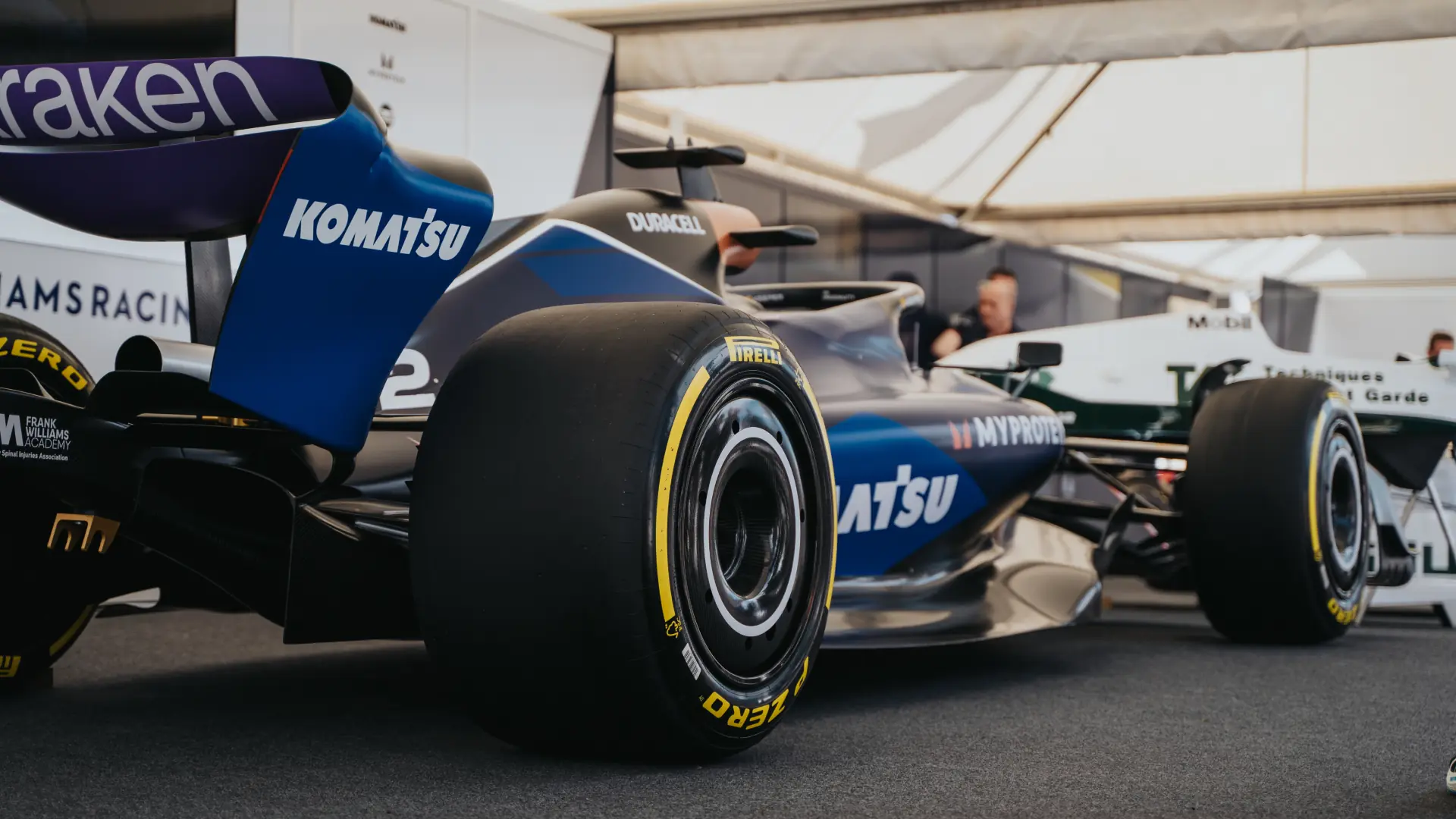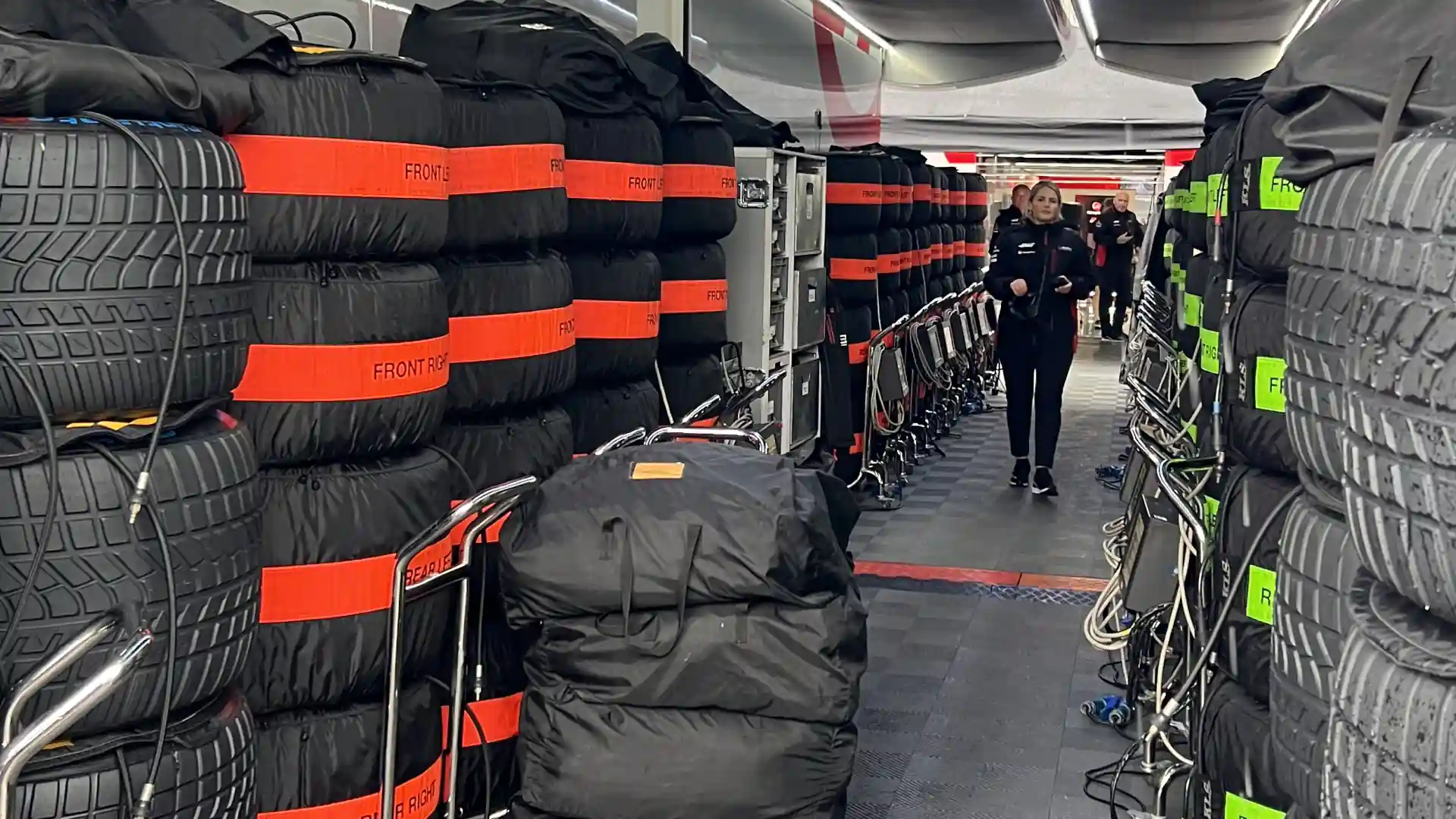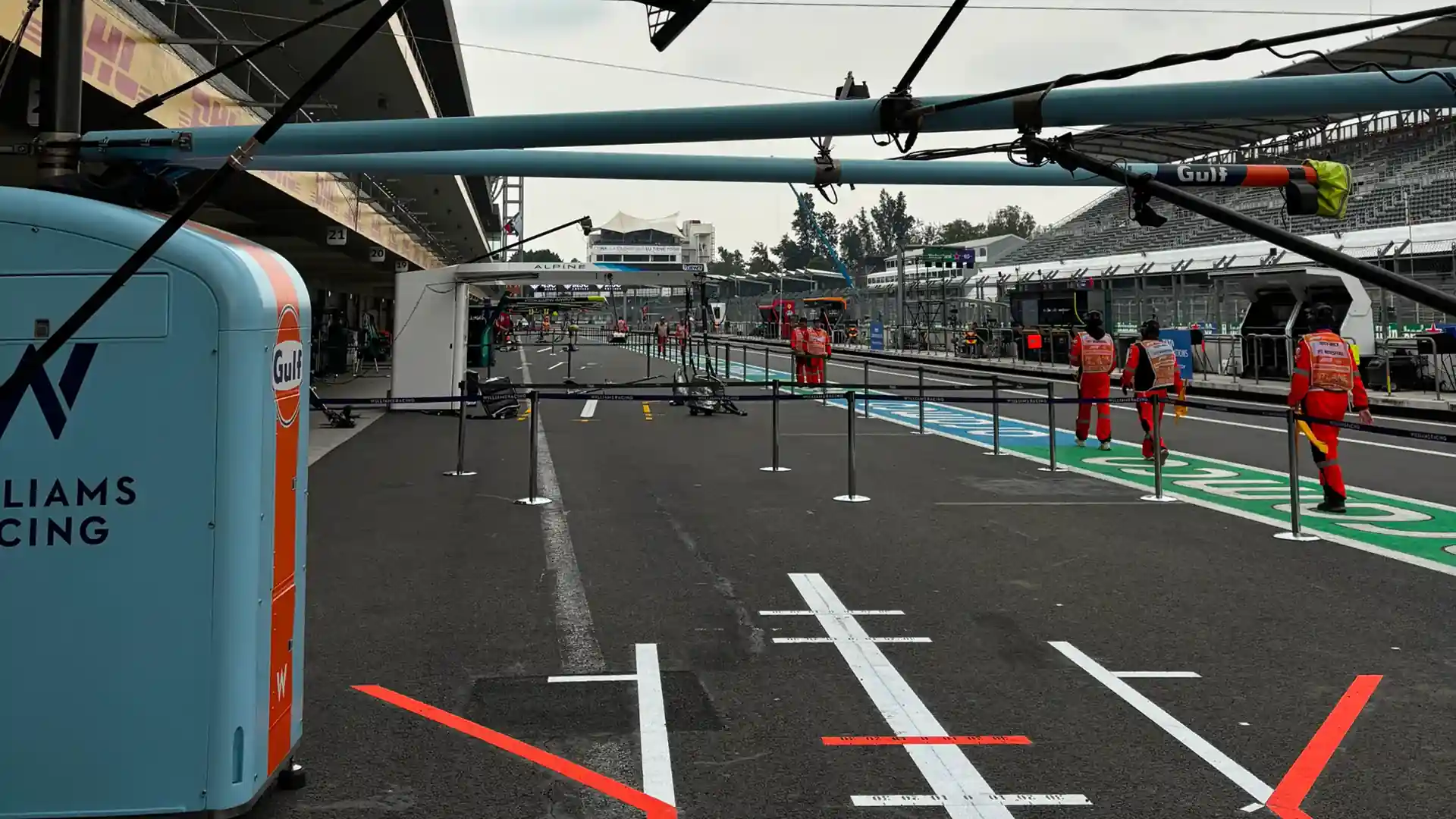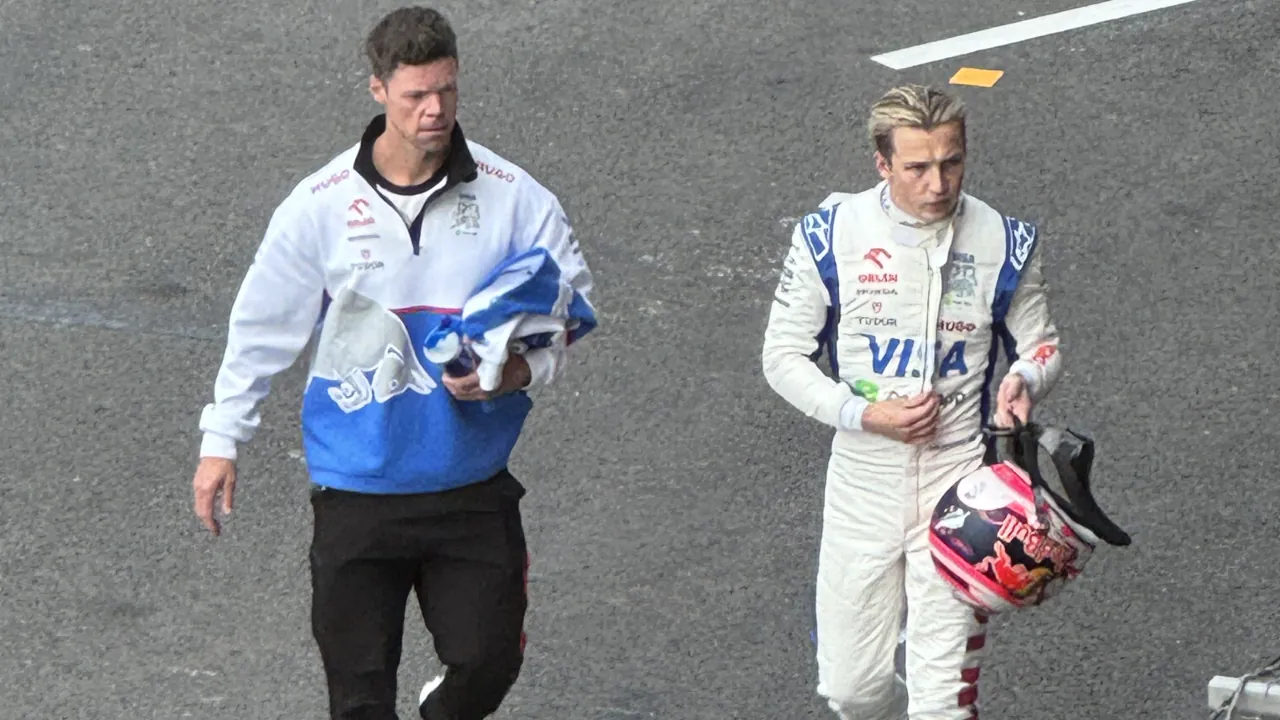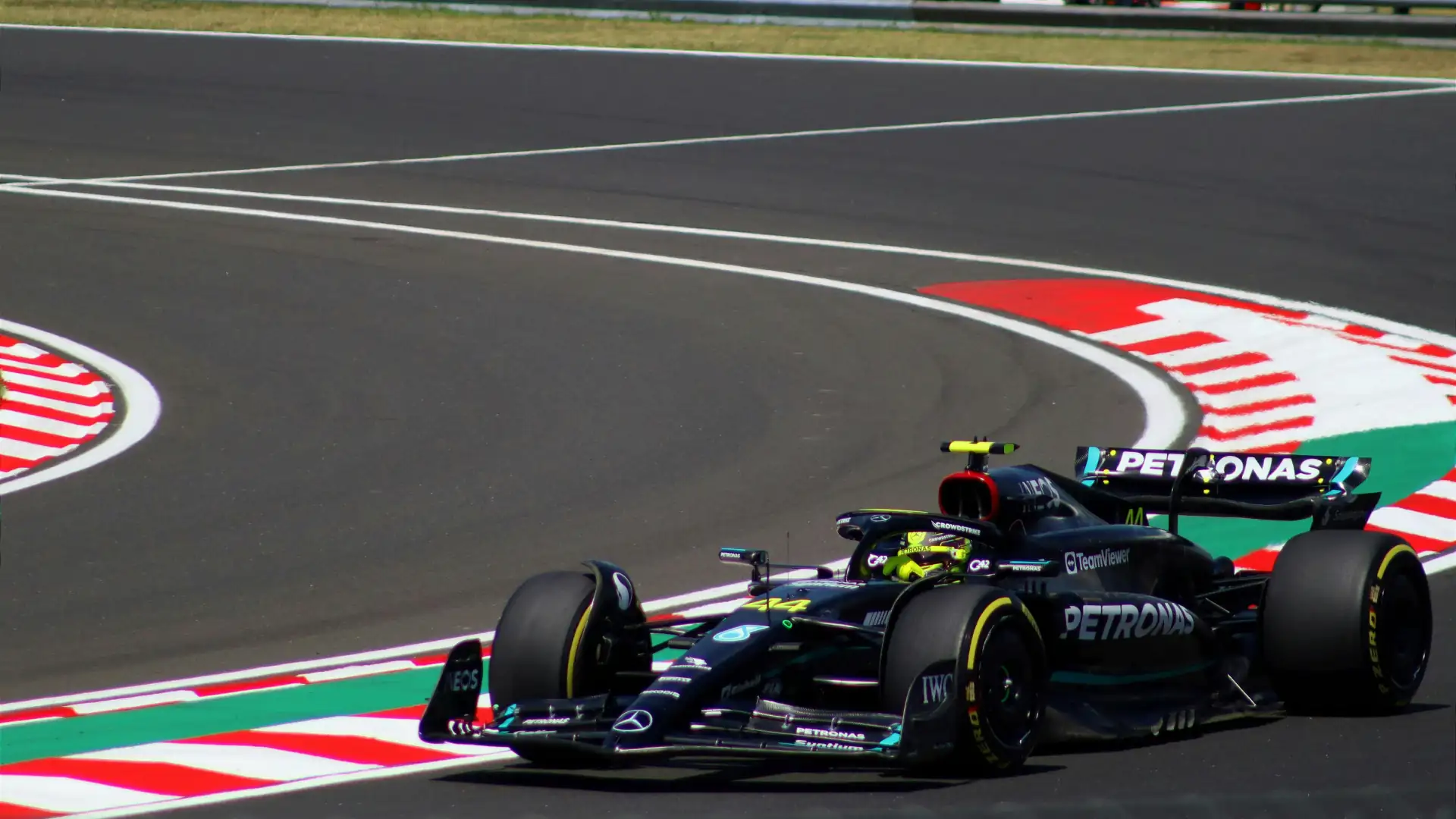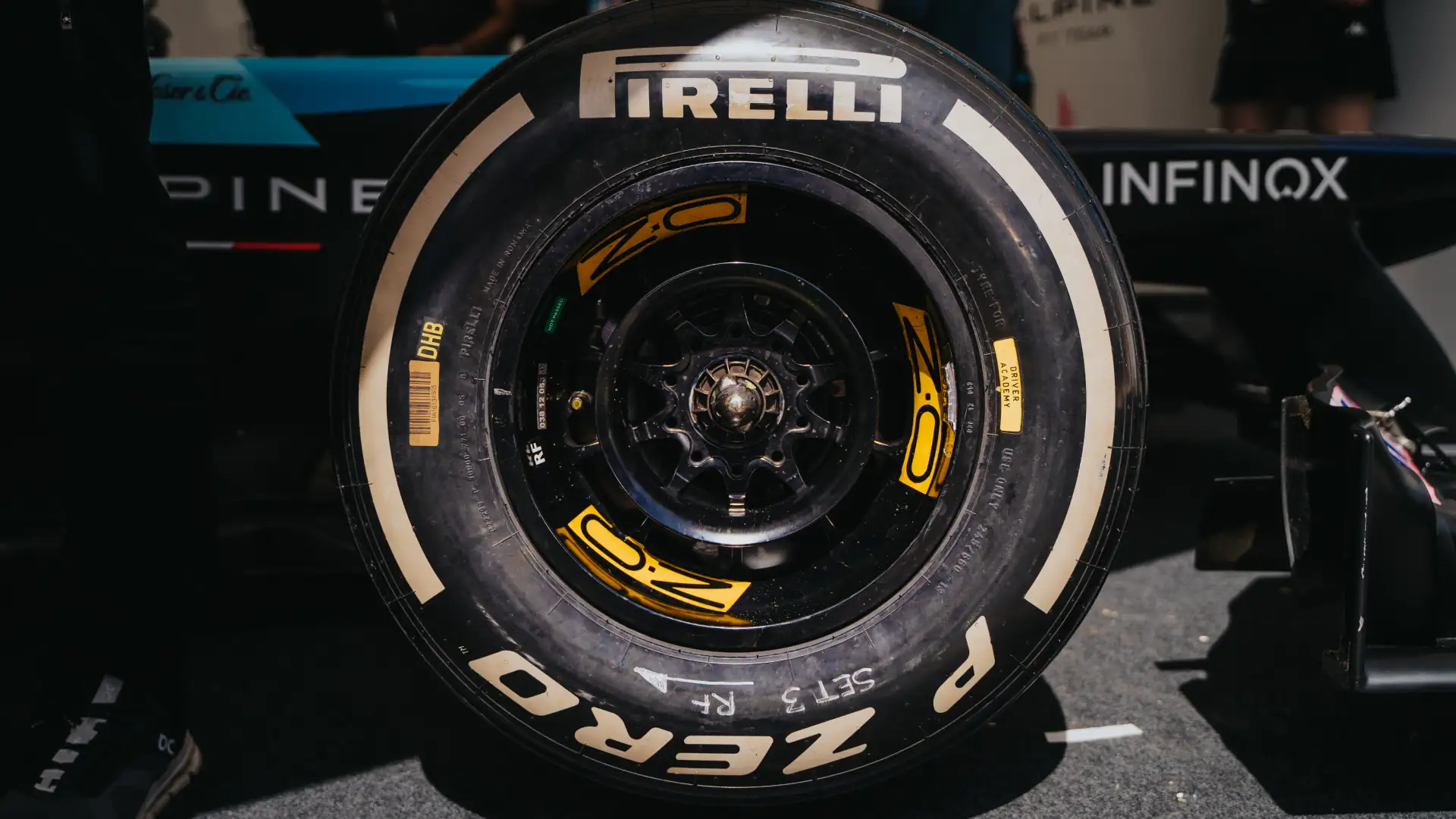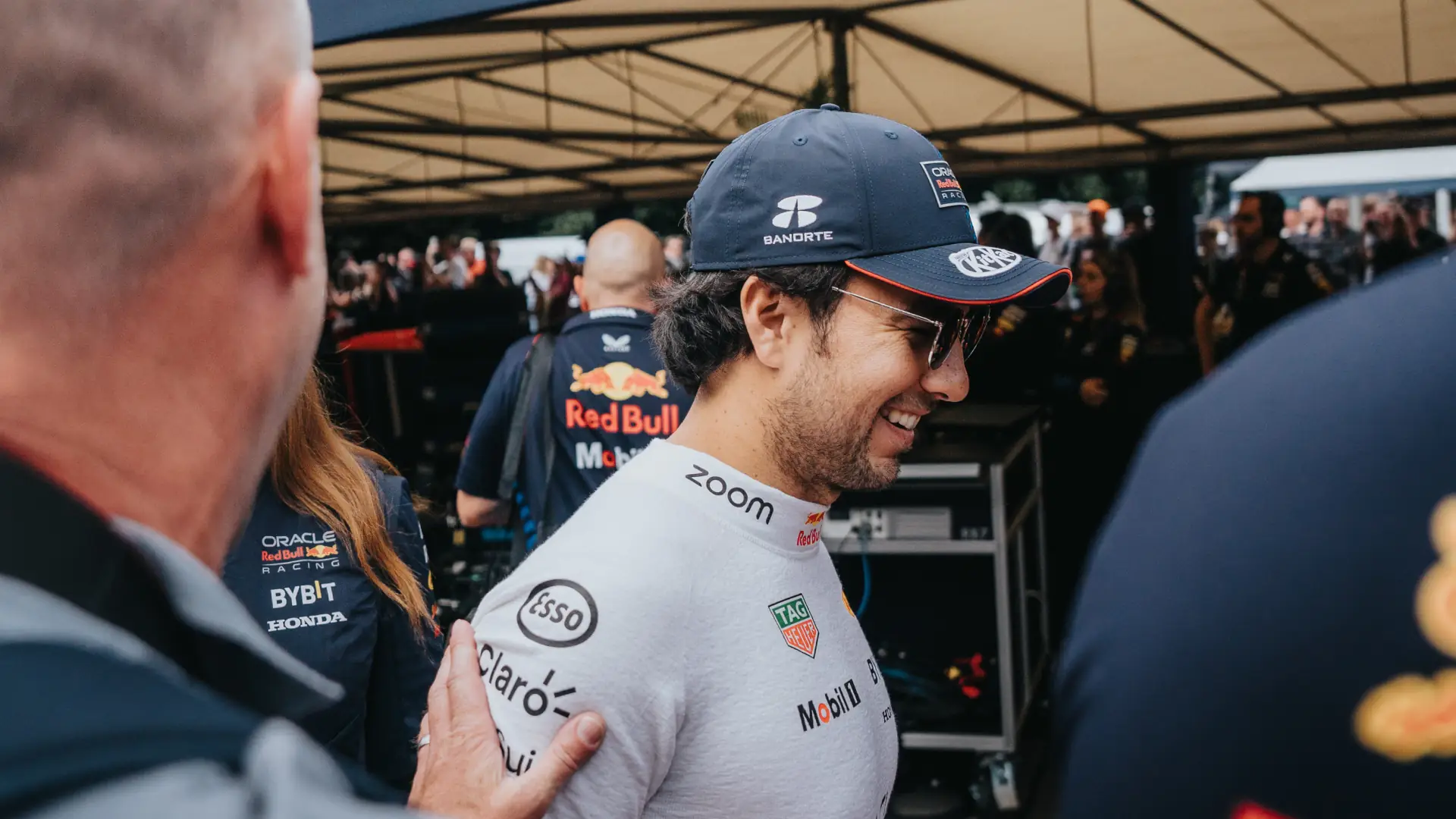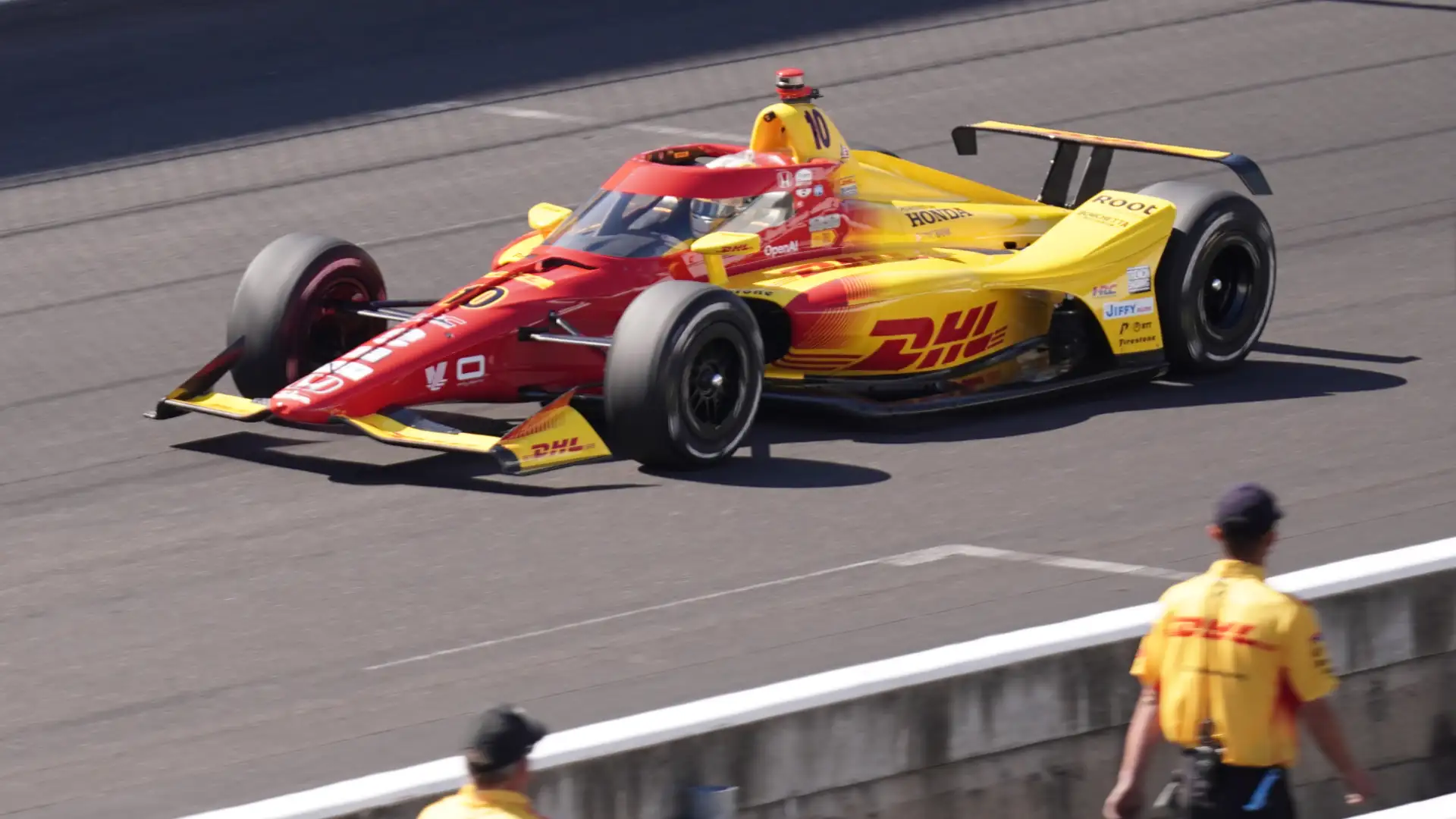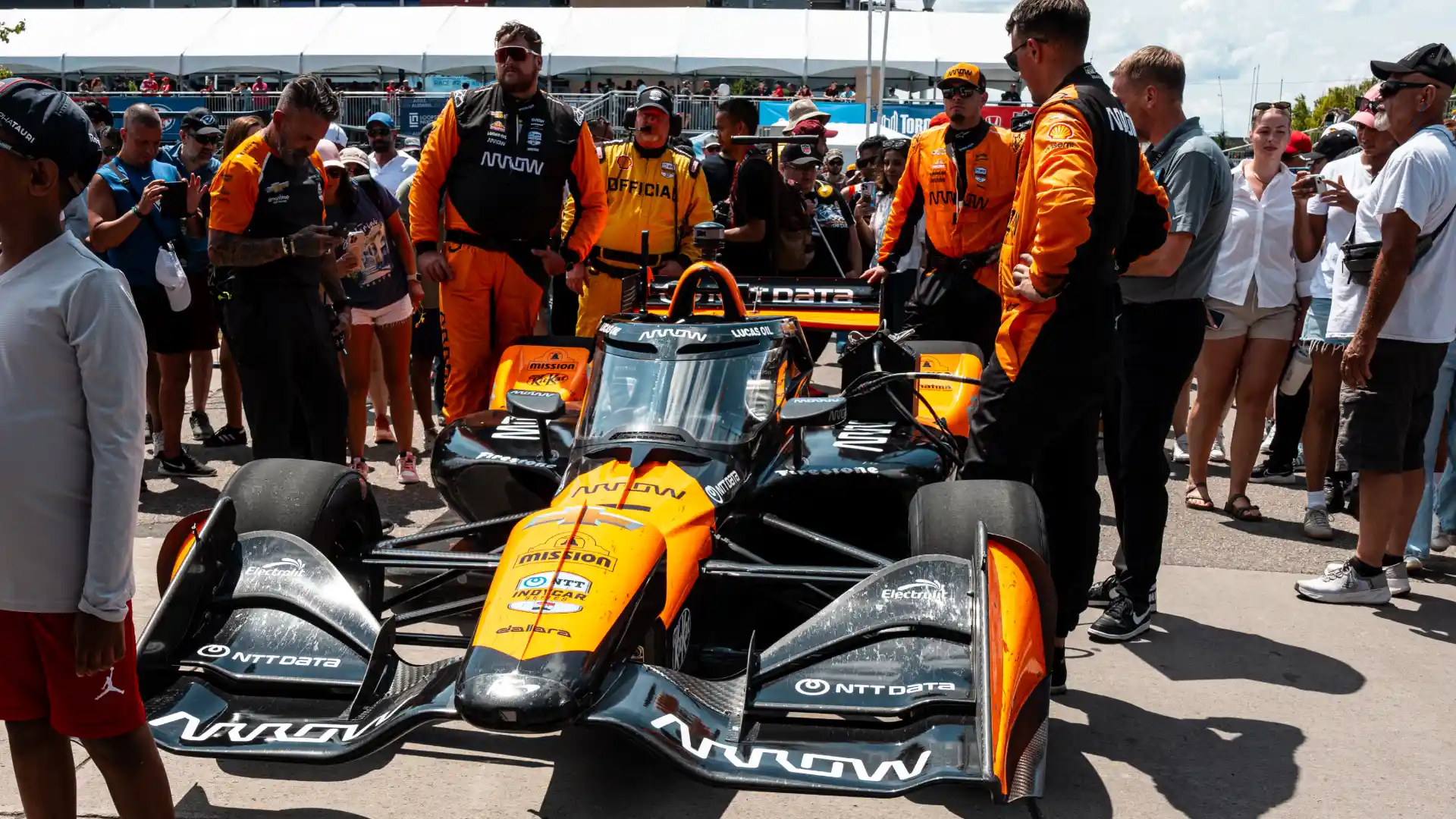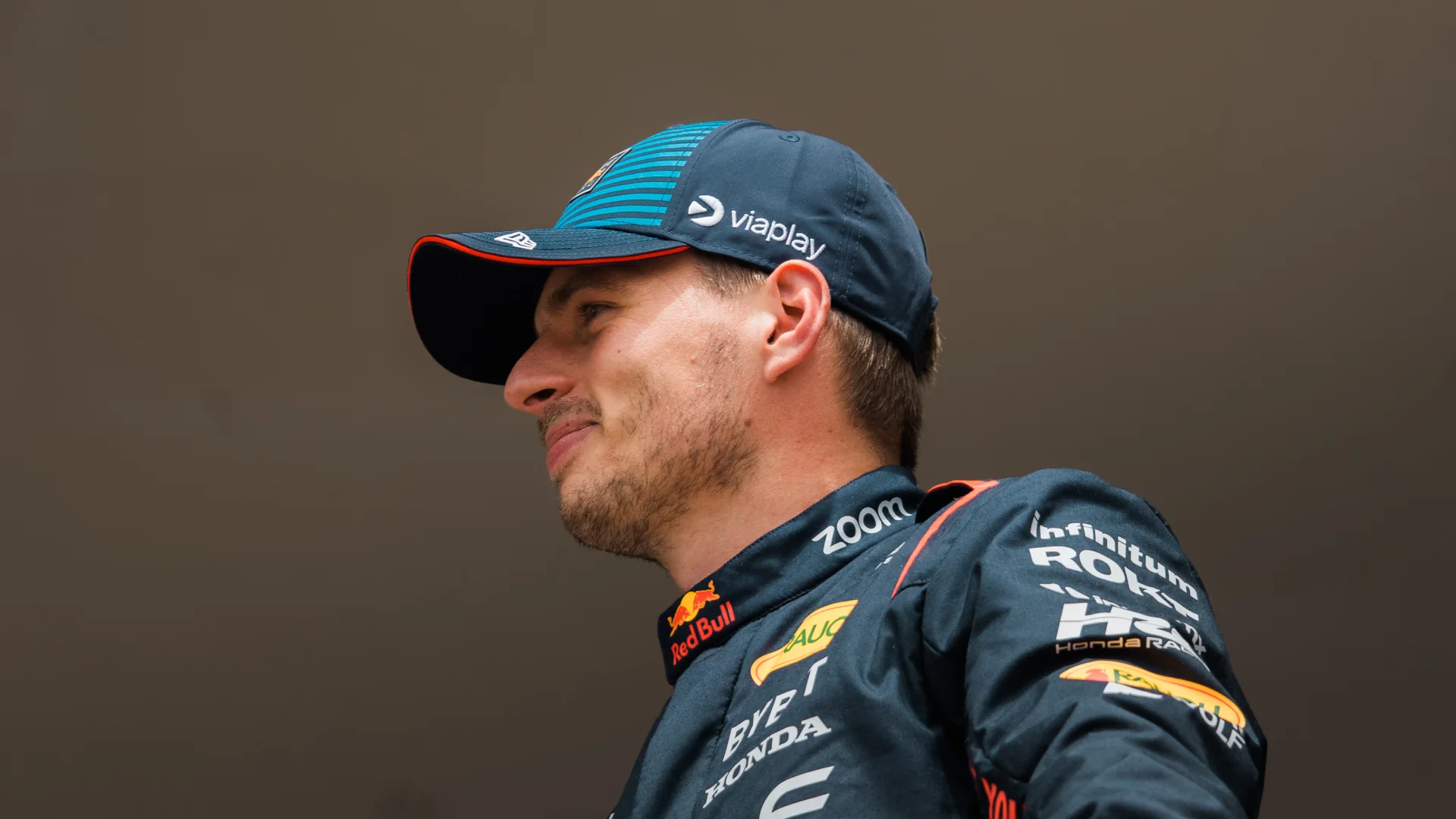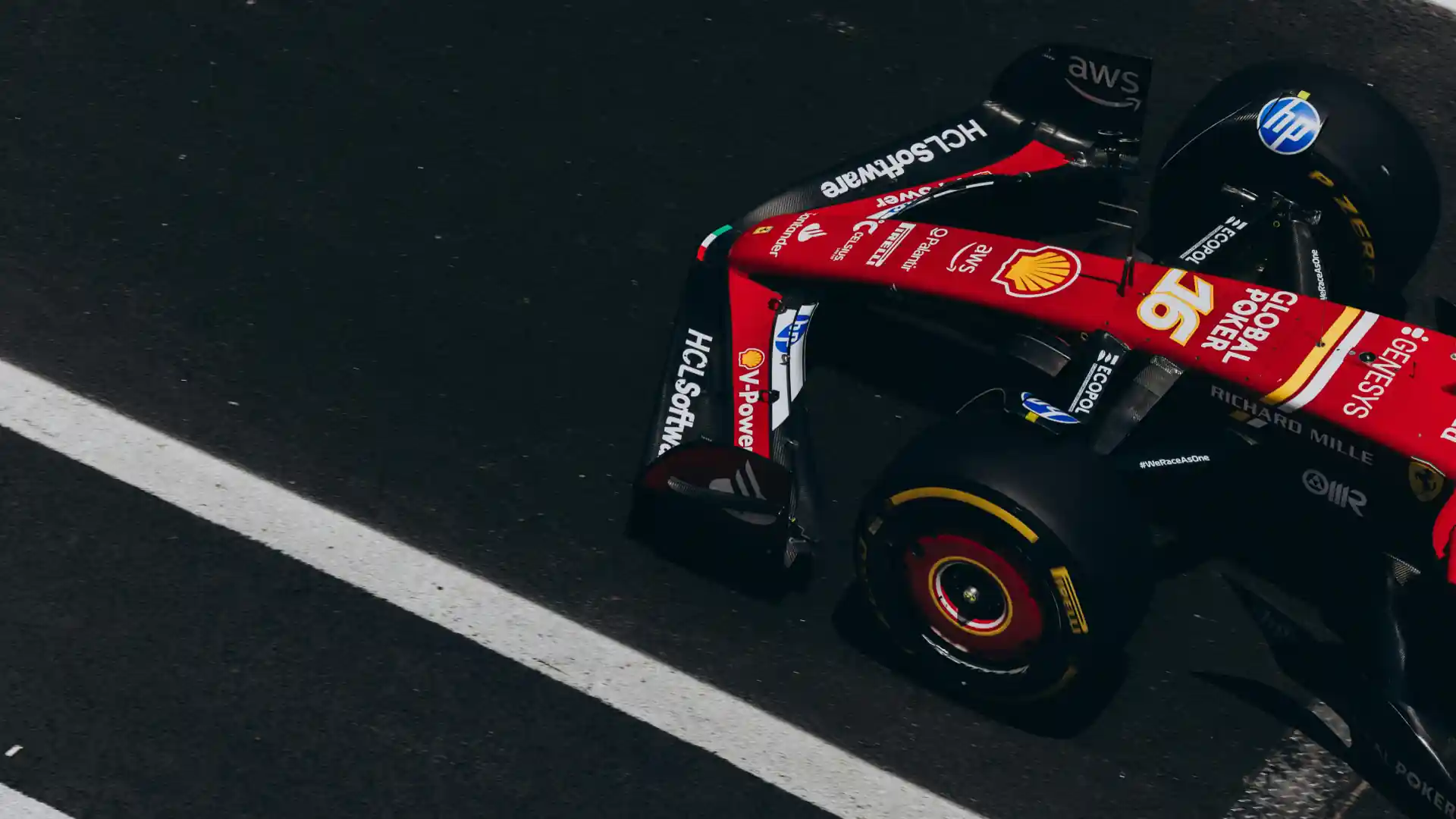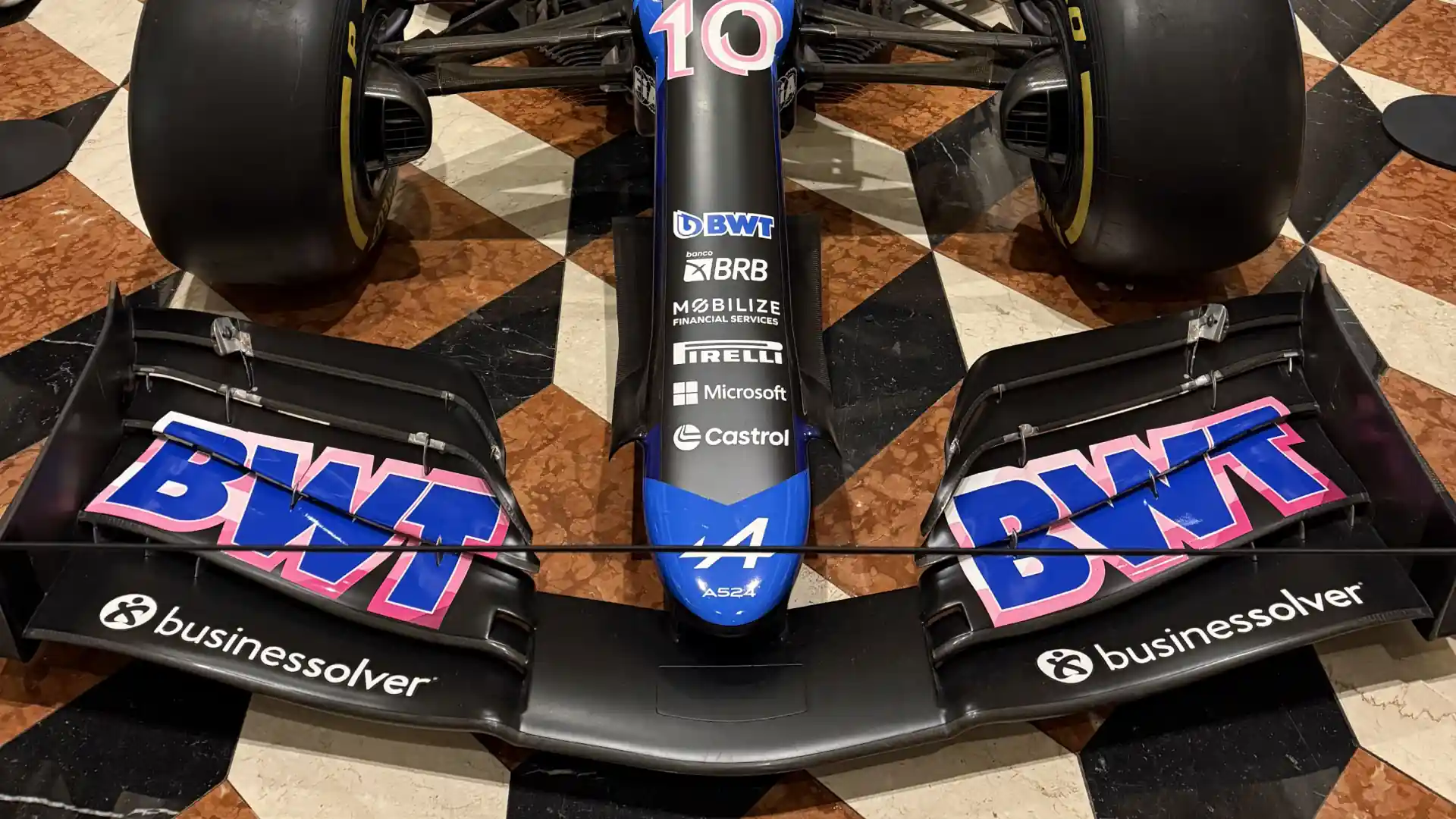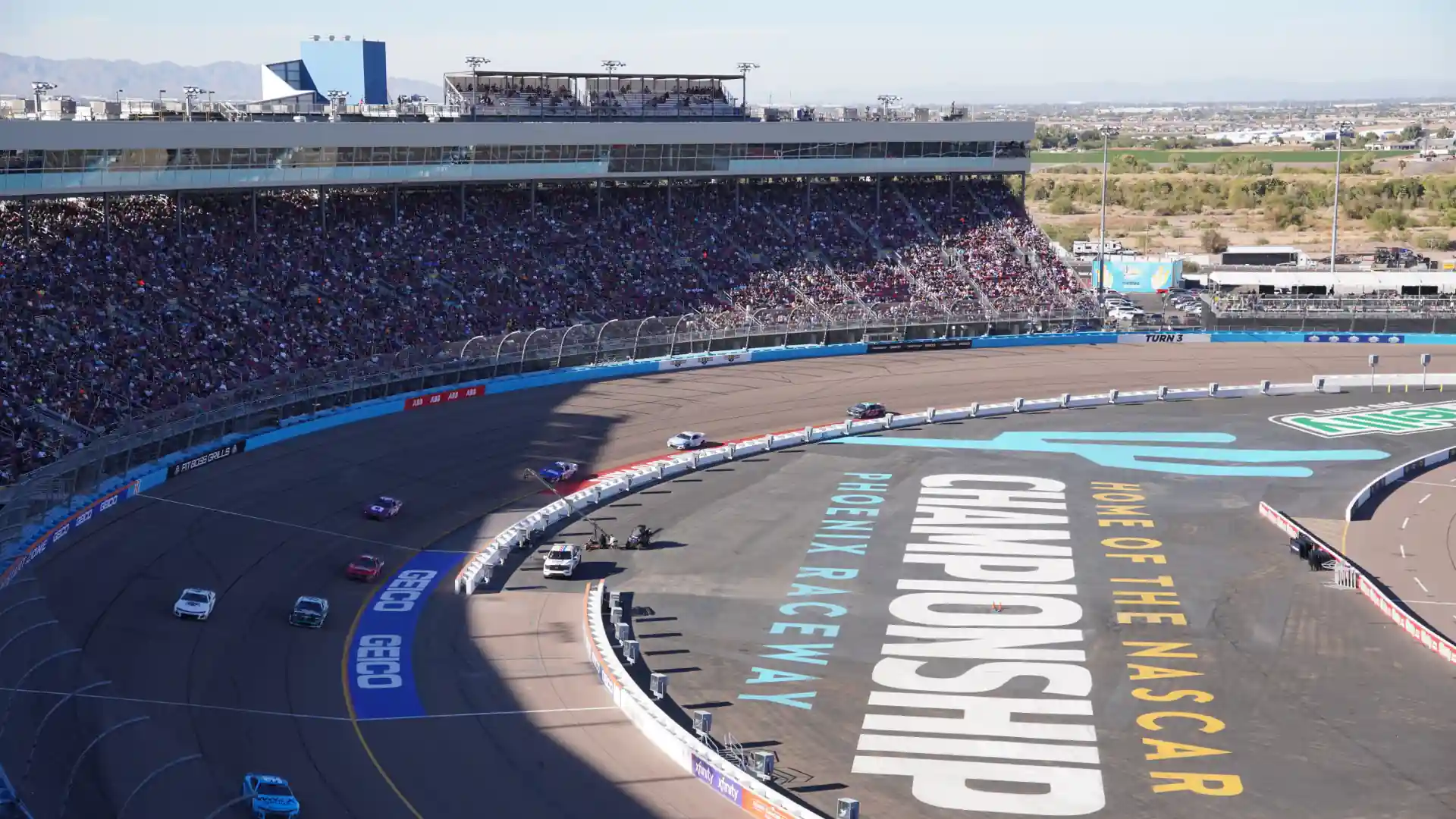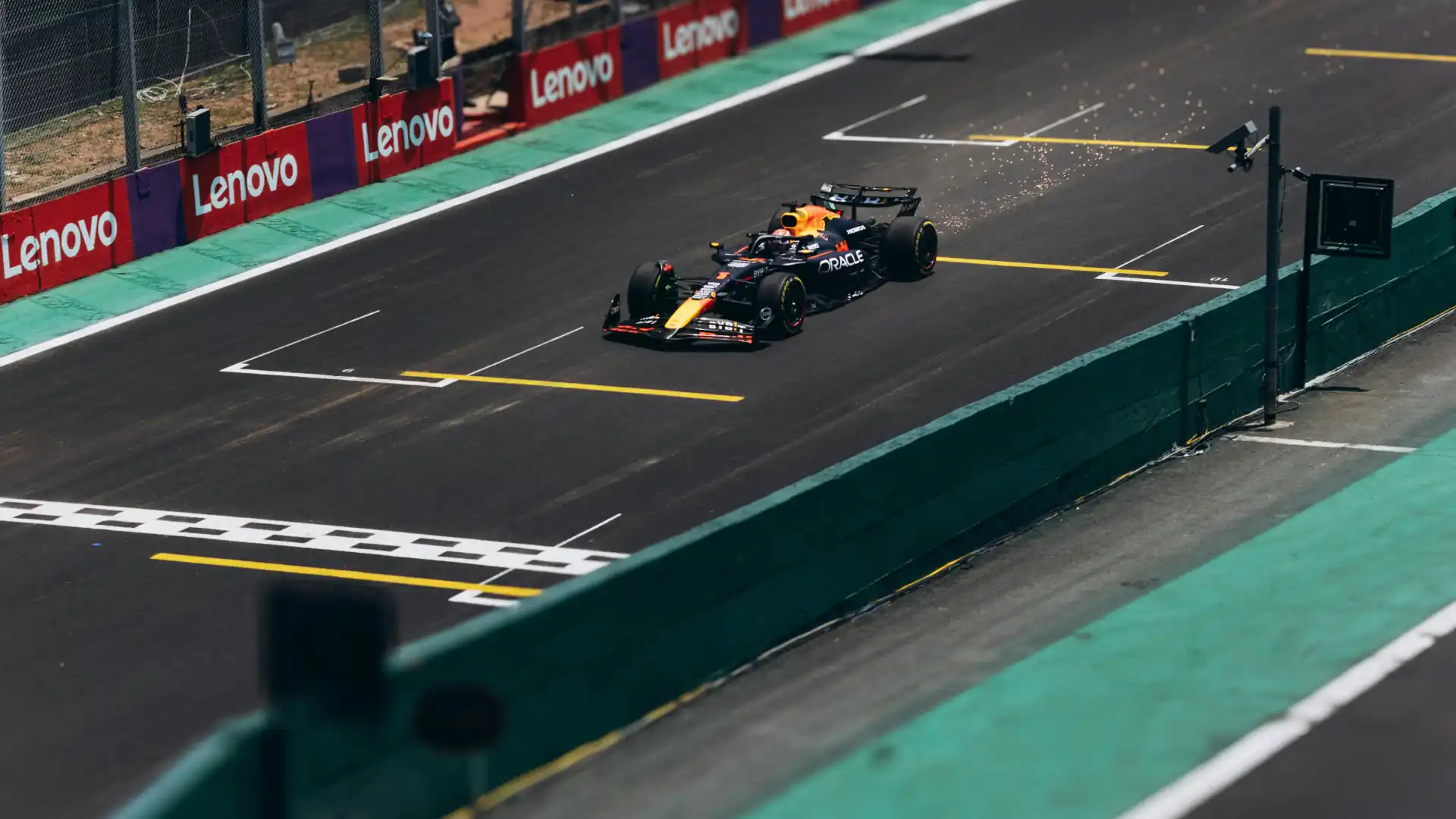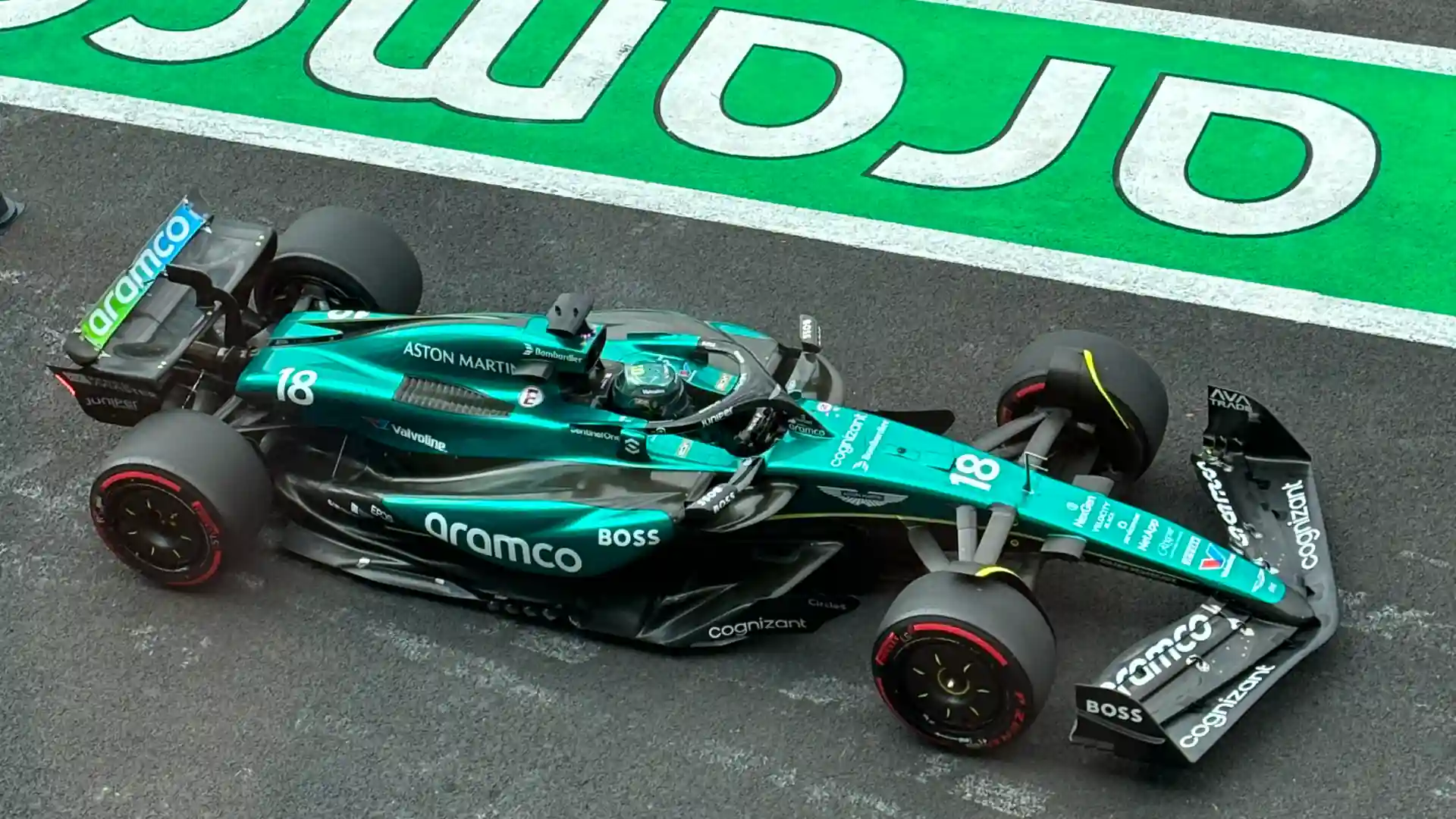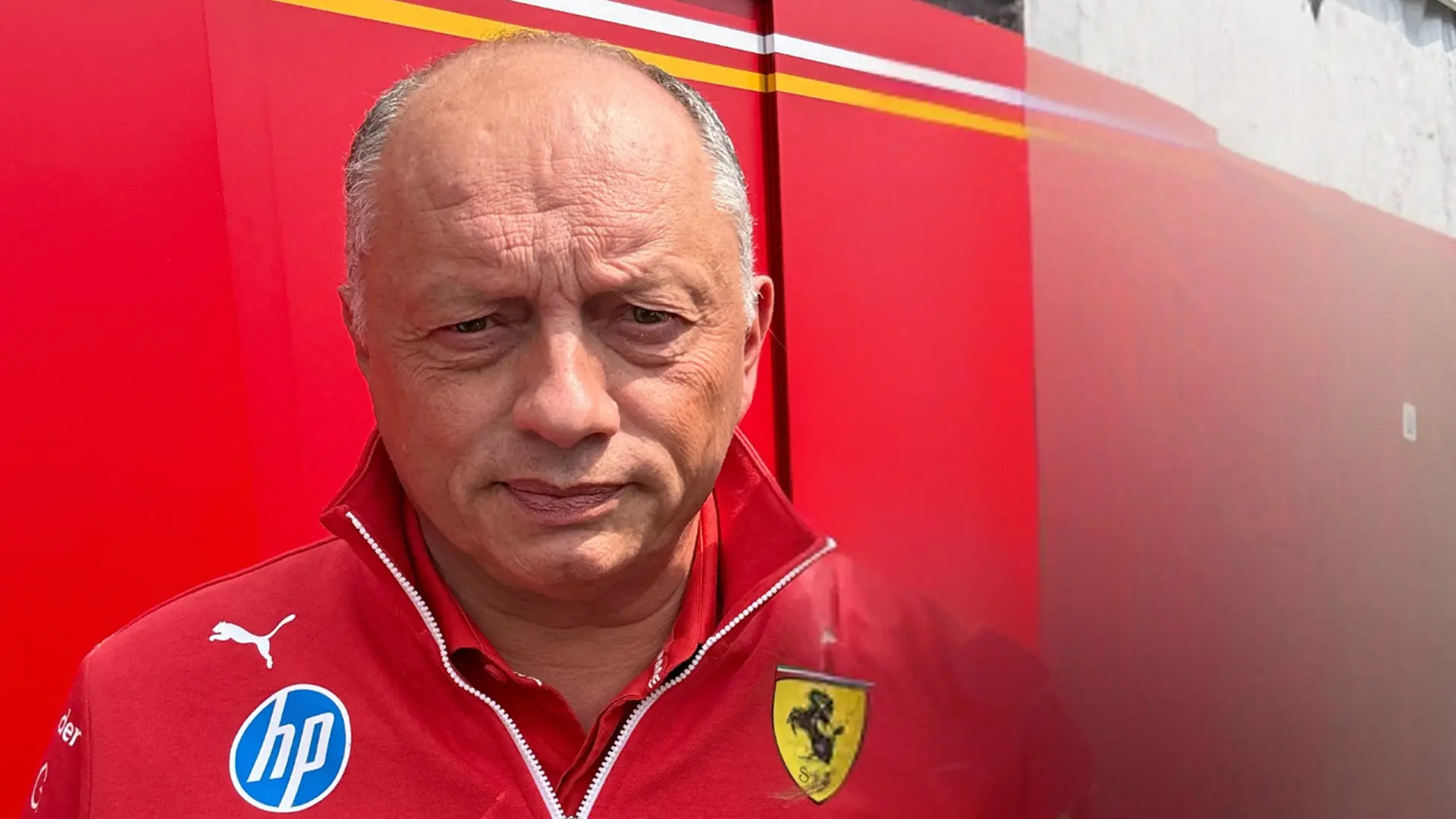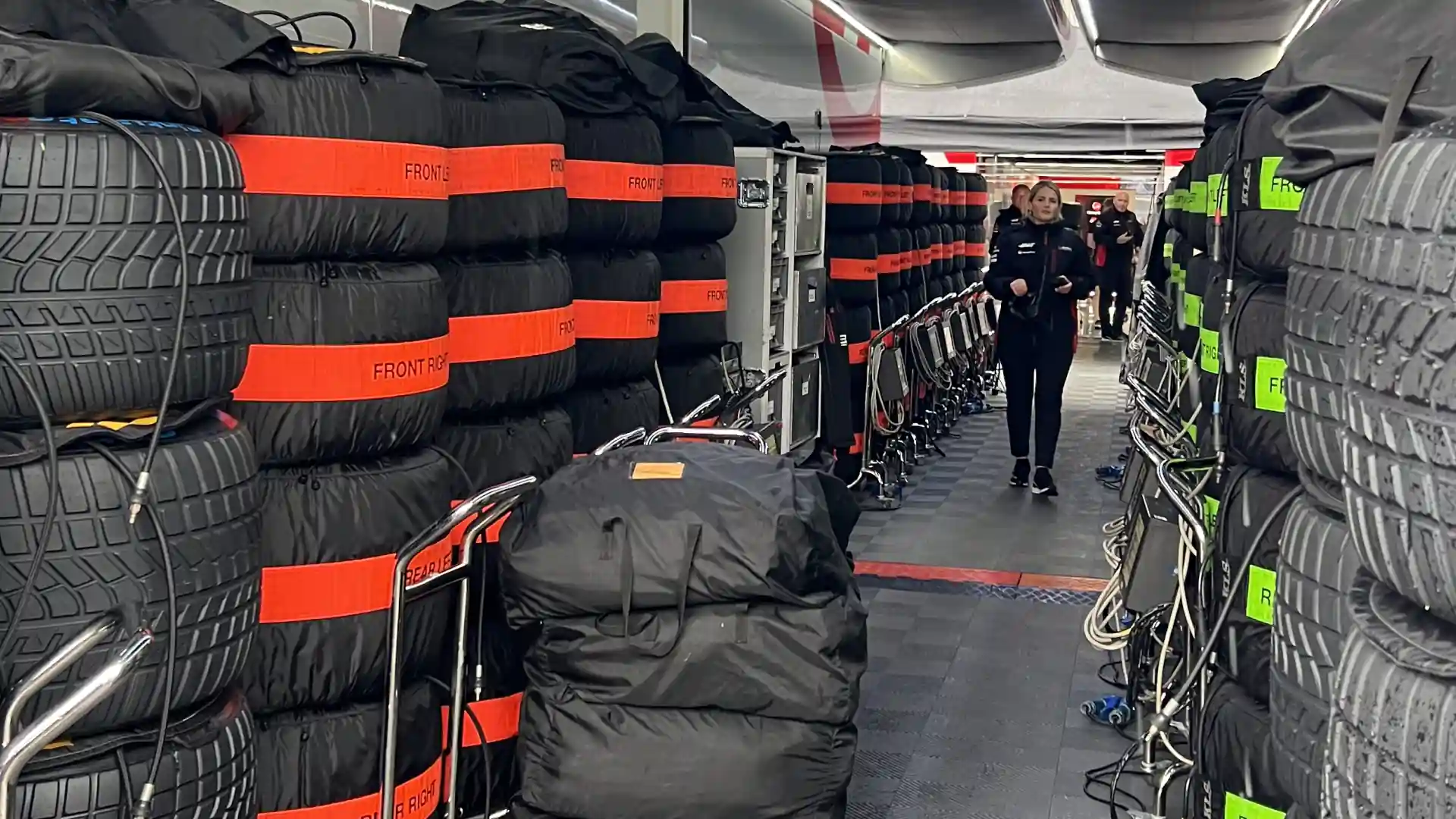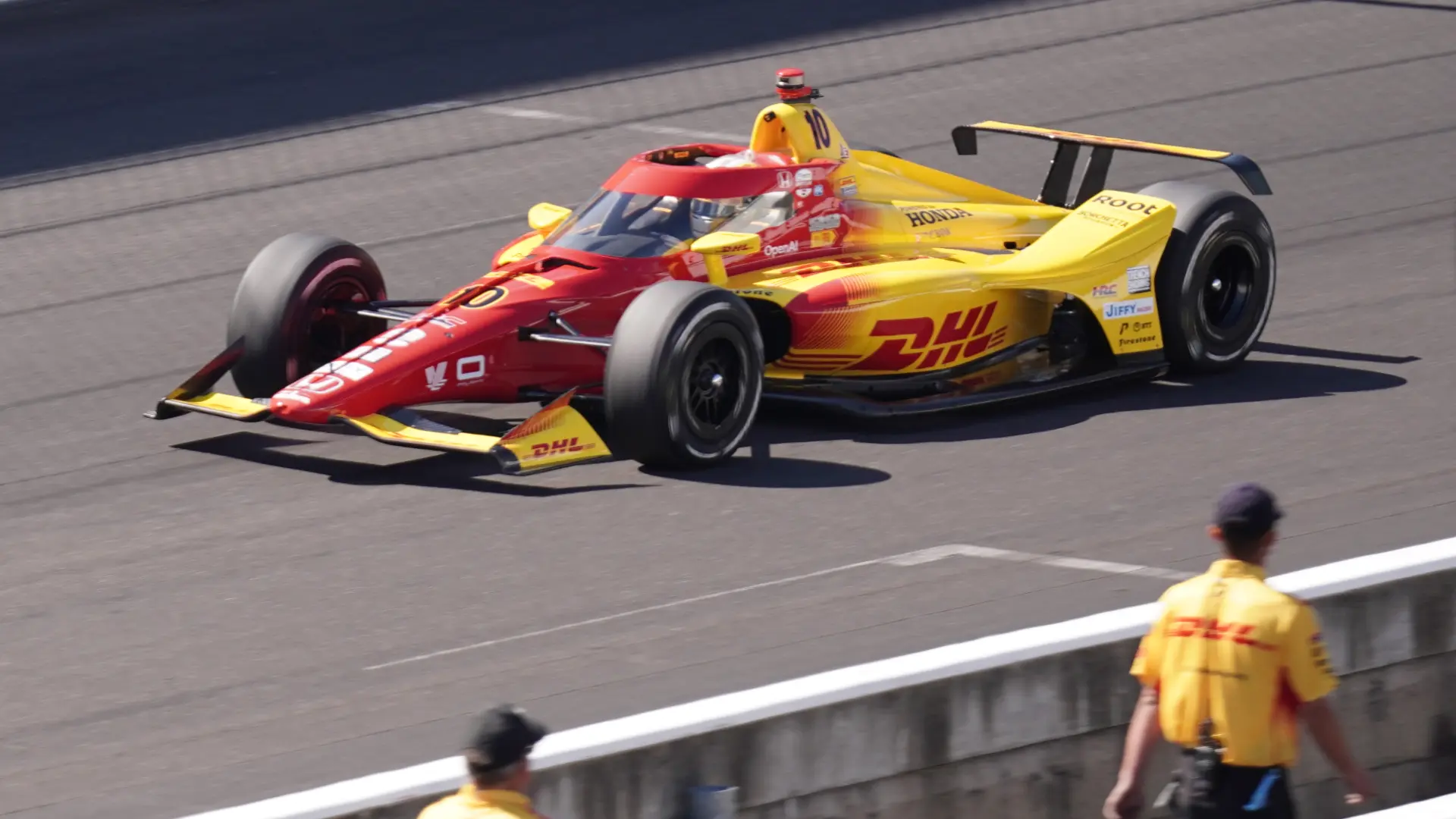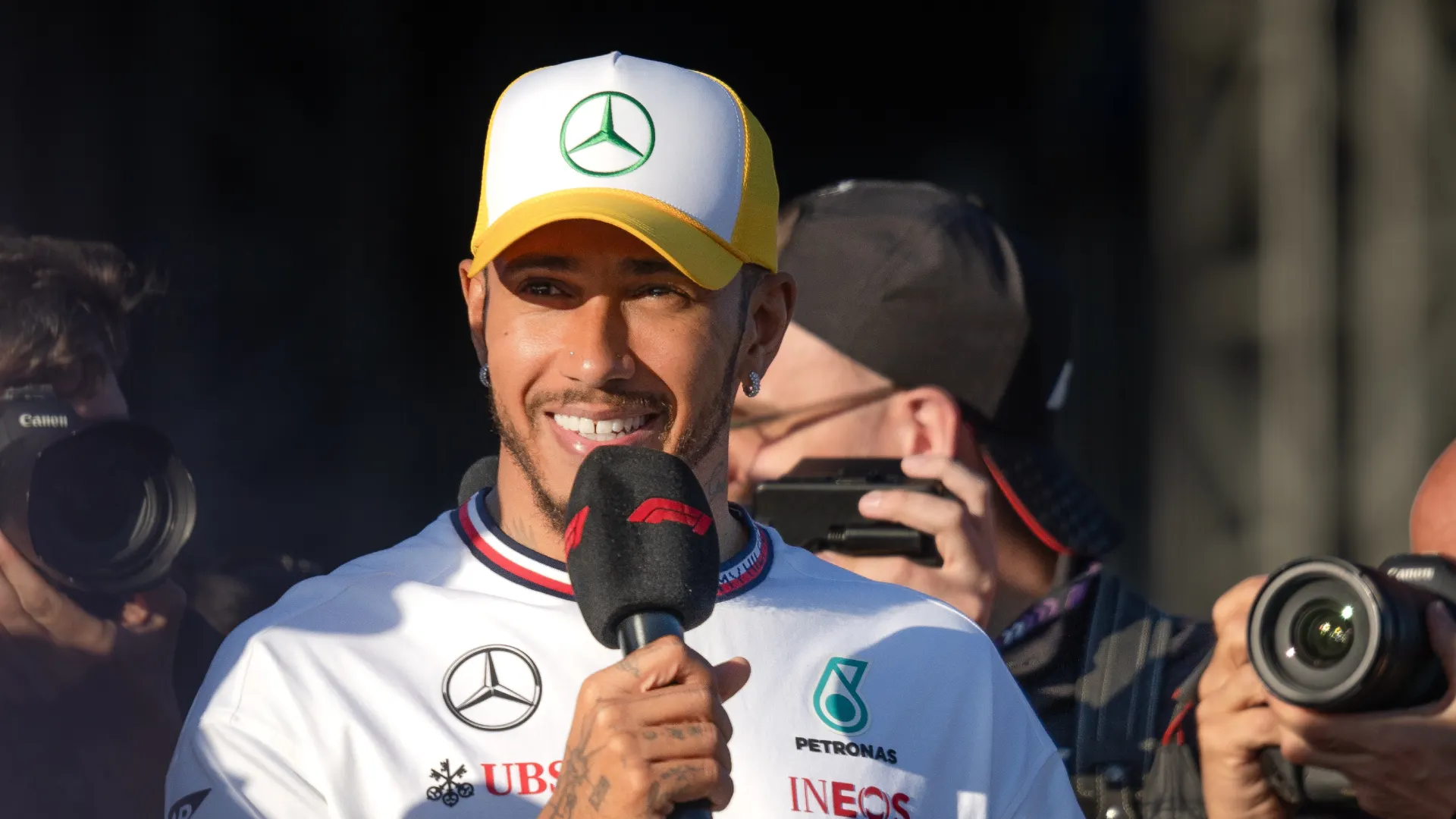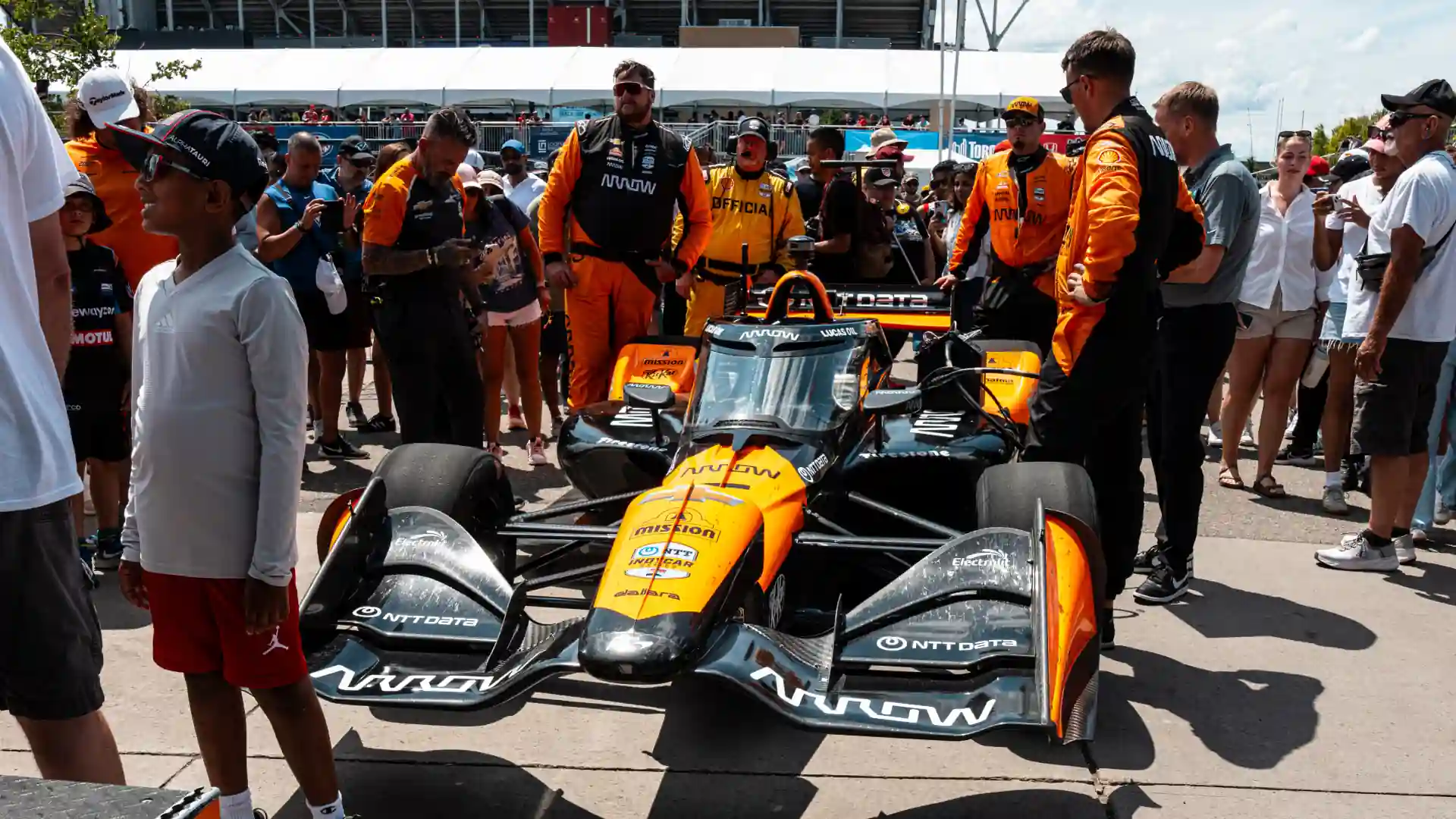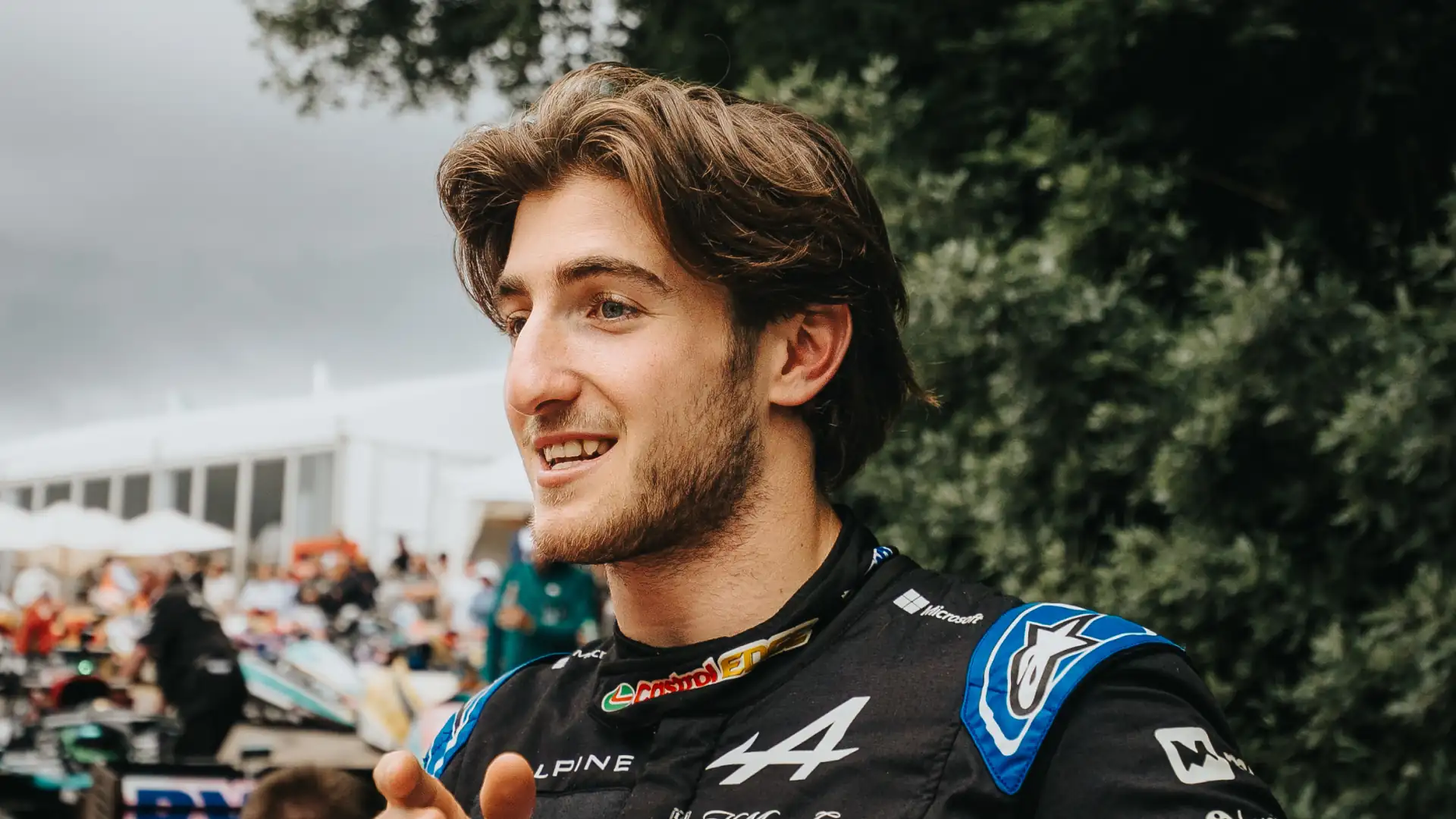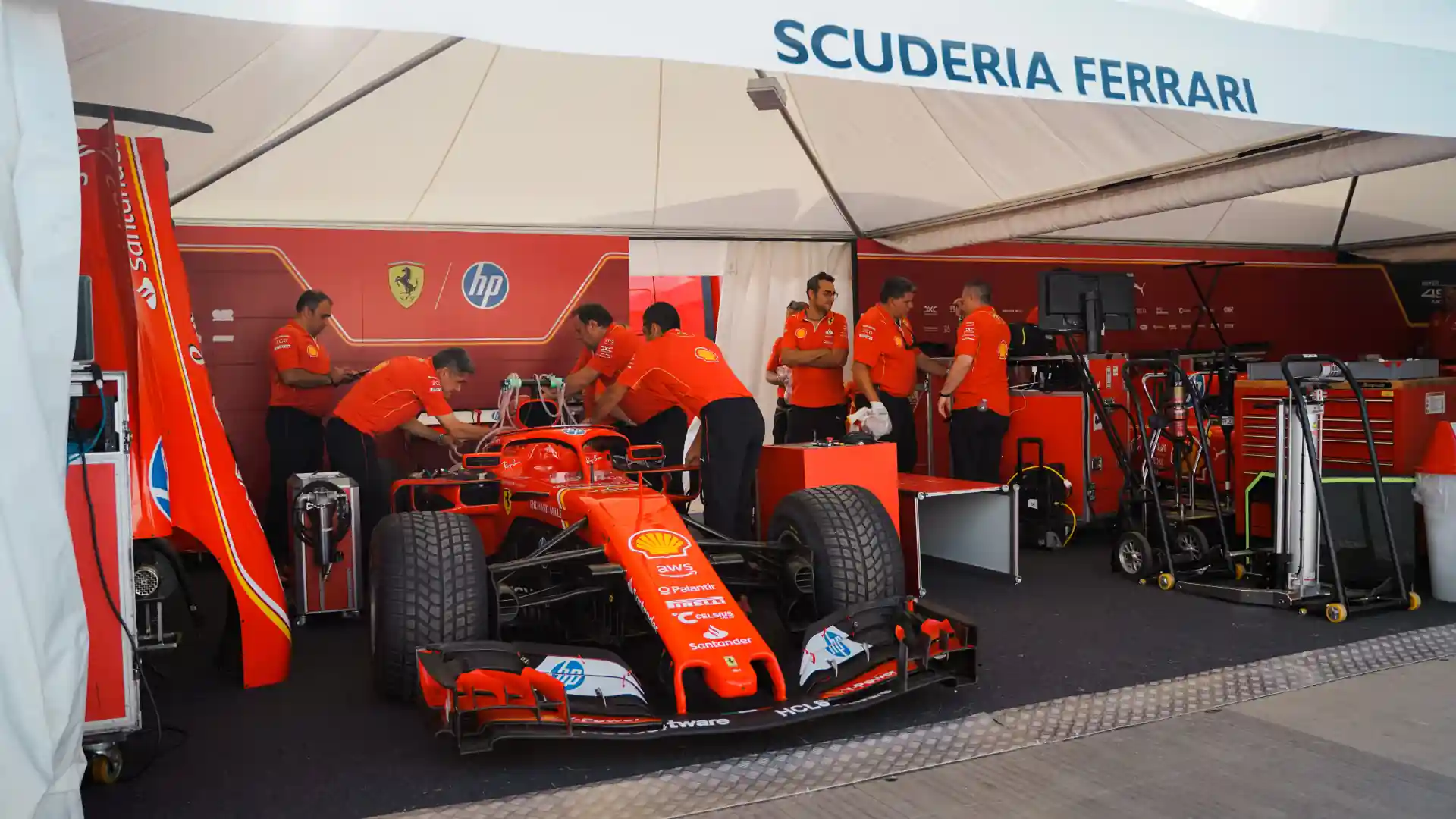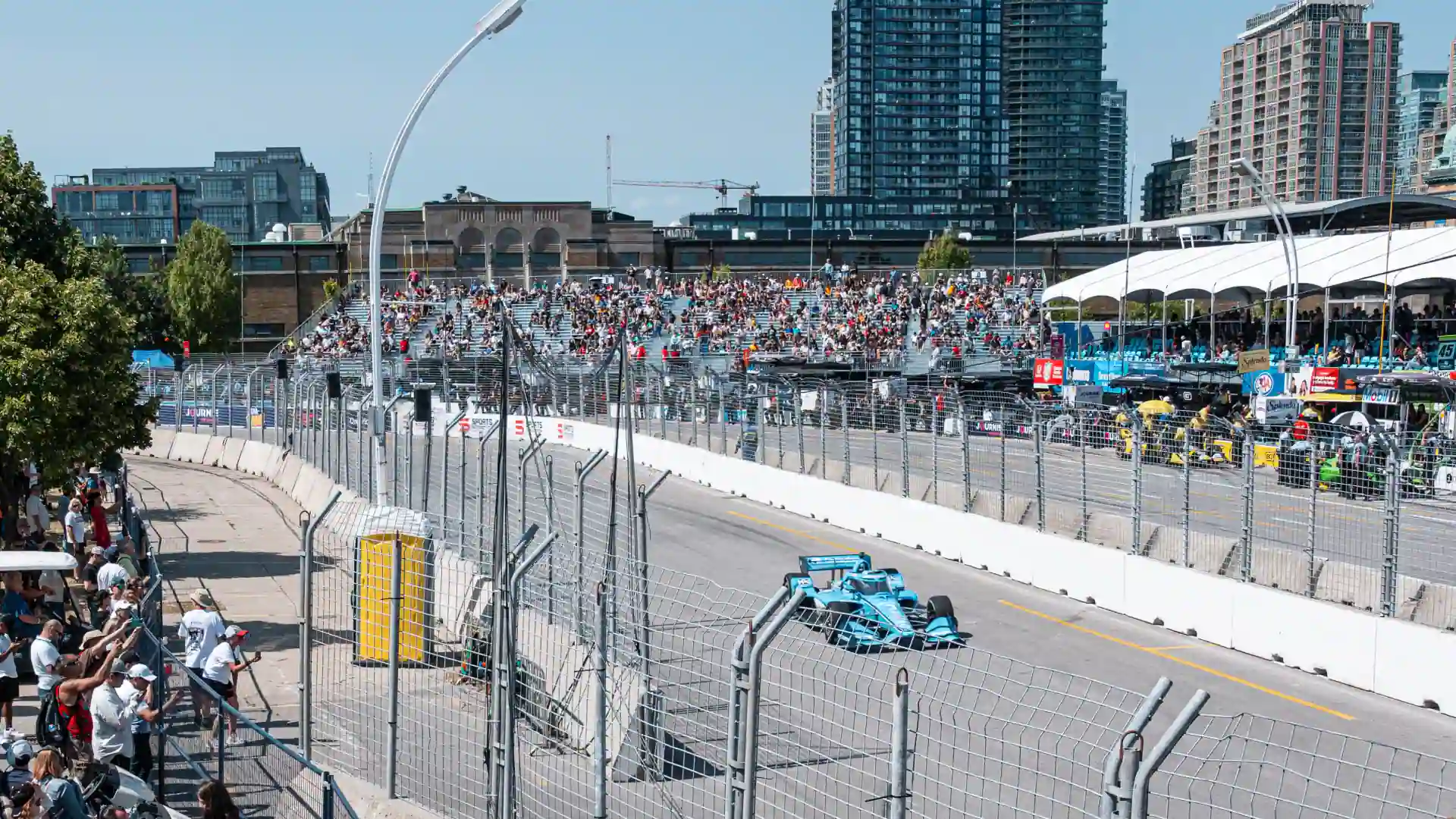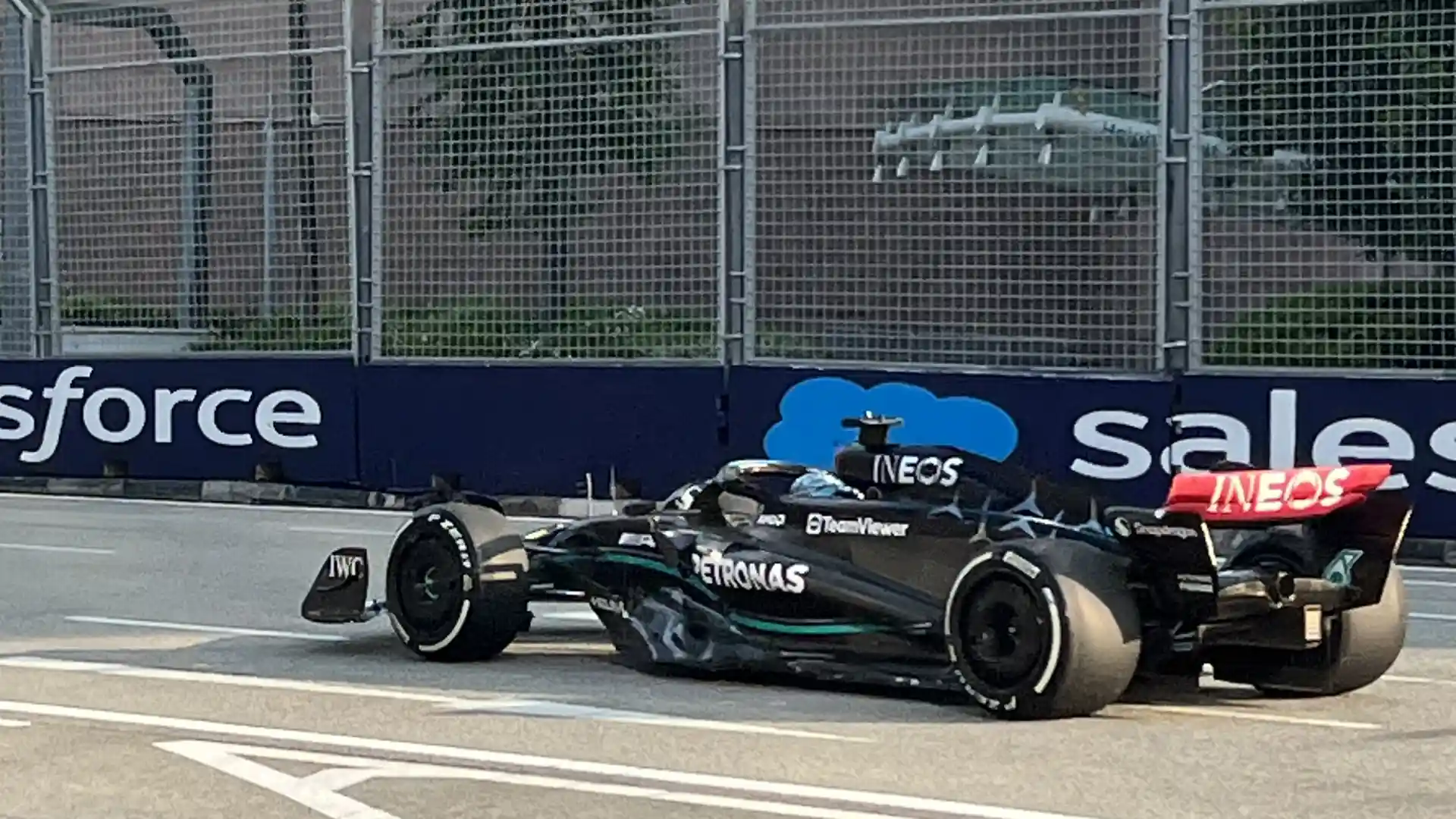This weekend’s Ontario Honda Dealers Indy Toronto is the 13th of 17 events on the IndyCar calendar. Five months into the season, especially when race weekends are back-to-back, everyone is surely feeling the weight of all that has happened so far. Each additional race in the books affects how the team approaches the next, and over time that will lead to larger shifts in a driver’s mentality and their approach to the season.
Whether it’s coping with fatigue, the stresses of chasing the title, or simply locking in to level up, we wanted to get into the nitty gritty of how drivers’ mindsets evolve over the course of a season. Are they miles ahead or in the same headspace to where they were back in St. Petersburg in March?
From the anticipation of a fresh start…
With almost half a year between the last race of 2024 and the first race of 2025, there is plenty of time for drivers to get geared up to race again.
“I think race one, after such a long offseason, everybody's very antsy and excited,” said David Malukas of AJ Foyt Racing. “At the beginning of the season everybody's pumped up and amped… It feels like it's been a long time since you've been in the car, do I even remember how to drive? It's a lot of time to overthink; five months, six months, it's a long time to think.”
The start of a season does truly feel like a fresh start for drivers and teams. This can come with nerves and jitters, but it can also come with a hopeful wave of optimism.
As Alexander Rossi of Ed Carpenter Racing said, “It’s such a long off-season. You're super excited to get back to the track, get back to competing, that sort of thing.
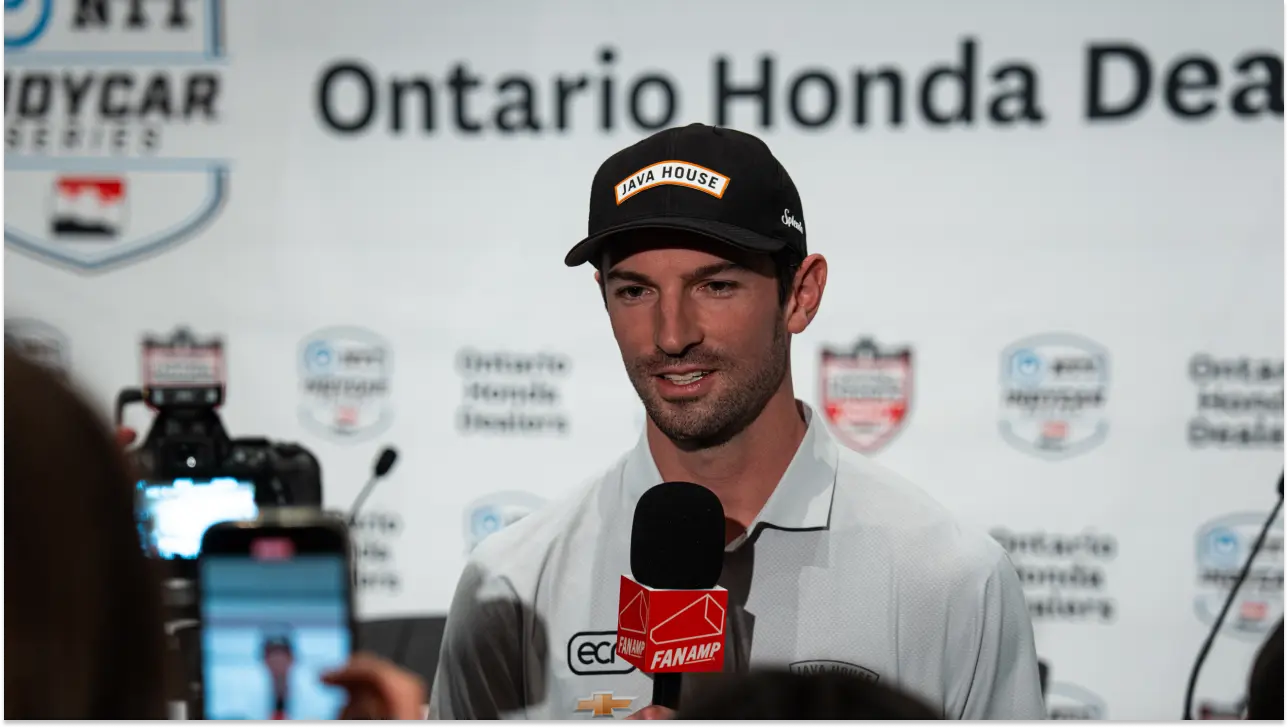
… to the reality of racing
“And then the reality of how your season is going sets in,” continued Rossi.
“I think that the first part is you're super excited. And then it shifts to the month of May, and you're focused on the [Indianapolis] 500, the biggest race in the world, and trying to be successful there, and then that either goes well or it doesn't. And then it's just kind of a long stretch of a variety of different races back to back to back, and that momentum shift is powerful.
“I think everyone just takes it one race at a time. But at the same time you're always looking back on things that you wish could have been different or could have been better, and using that to change your process and your methodology going into the next races.”
A championship perspective
Indeed, for any given driver, how each race unfolds as the season progresses will add up over time to slowly nudge their frame of mind in a specific direction. And which direction it goes in, and how much it moves, are highly individual.
“A season like [ours], it doesn't really change much because of the amount of success we had…” said Chip Ganassi Racing’s Alex Palou, who is currently leading the driver pack with a margin of over 100 points. On how this has affected the way he and his team look at each event this late into the season, he said, “I don't need to worry about finishing just ahead of this driver, that driver, or I don't need to play it safe on strategies or on moves.
“With the margin that we have– it's big. It’s not crazy big, but we're allowed to just race as hard as we can, try and get wins, and for us, it's better to try and have a win and maybe we finish ninth, than to have an easy six let's say.”
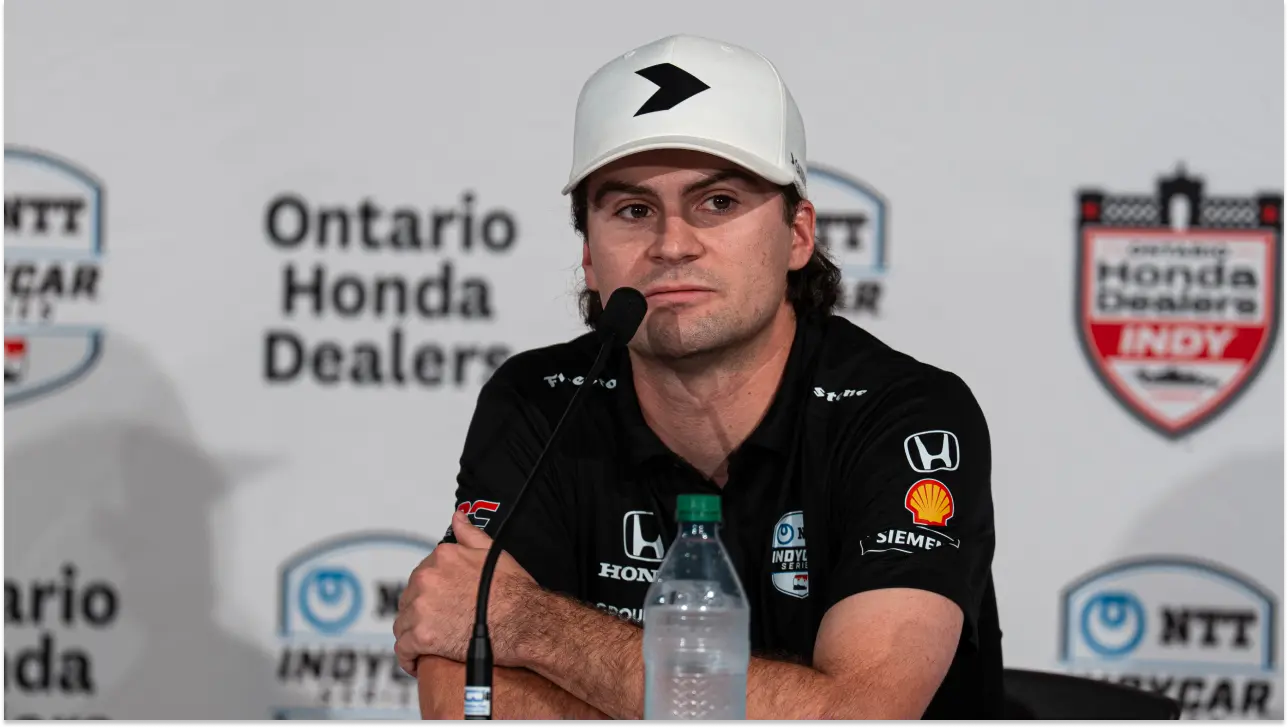
Winner of last year’s Toronto race, Colton Herta, gave an insight into what it’s like for those further back in the field. “I think at this point we're not in the championship talks, so it's more about just winning races, and being a little bit more aggressive because of that.”
Adapting to new surroundings
But mindset isn’t affected by where a driver sits in the championship standings alone. Drivers must adapt to a whole slew of unique situations that extend beyond their points total, all of which can have an impact on the way they approach the year.
For Dale Coyn Racing’s rookie, Jacob Abel, the approach has been more focused on finding a good baseline and working from there. “We didn't really have any expectations, me personally, coming into the season, it being a rookie year and everything and kind of as you establish where you are, those goals change and, just kind of establishing new goals and have things that you can meet and succeed and have internal victories,” he said.
And while Christian Lundgaard is far from a rookie, he is also in his first year of something new. Speaking about what it has been like adjusting to a new team after his move from Rahal Letterman Lanigan Racing to Arrow McLaren at the beginning of the year, Lundgaard said, “Joining a new team, you want to get your foot on the ground and kind of figure out what performances you really have.
“In the offseason, I was very vocal about just wanting to be competitive at every single event. I didn't necessarily care specifically about the results. And we've seen situations this year where we've had great pace and got nothing out of it, and I left the weekend still over the moon because I showed the performances that we were capable of doing.”
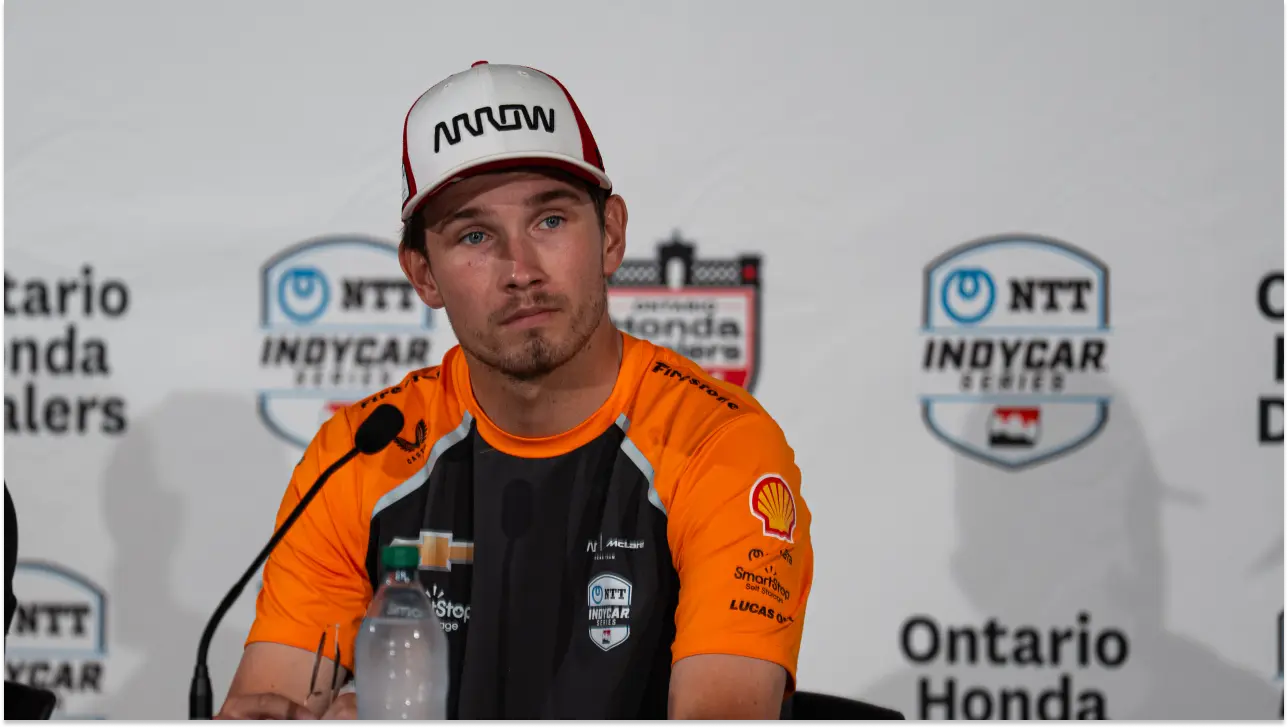
For Lundgaard, instead of making major adjustments as the year goes on, this year has been more about focusing on one overarching goal, “I'm with a new group, new team, learning new people and that was really what it was all about.”
All in all, drivers are mentally agile creatures, ready to adapt to whatever the season throws at them. Sometimes that means getting comfortable with a massive points difference. And sometimes it means having a baseline goal to strive for as they get accustomed to new surroundings. But whatever it may be, it is clear that a malleable mindset is the key for drivers to get the most out of a year regardless of what goes on around them.
